|
Click on pictures to enlarge
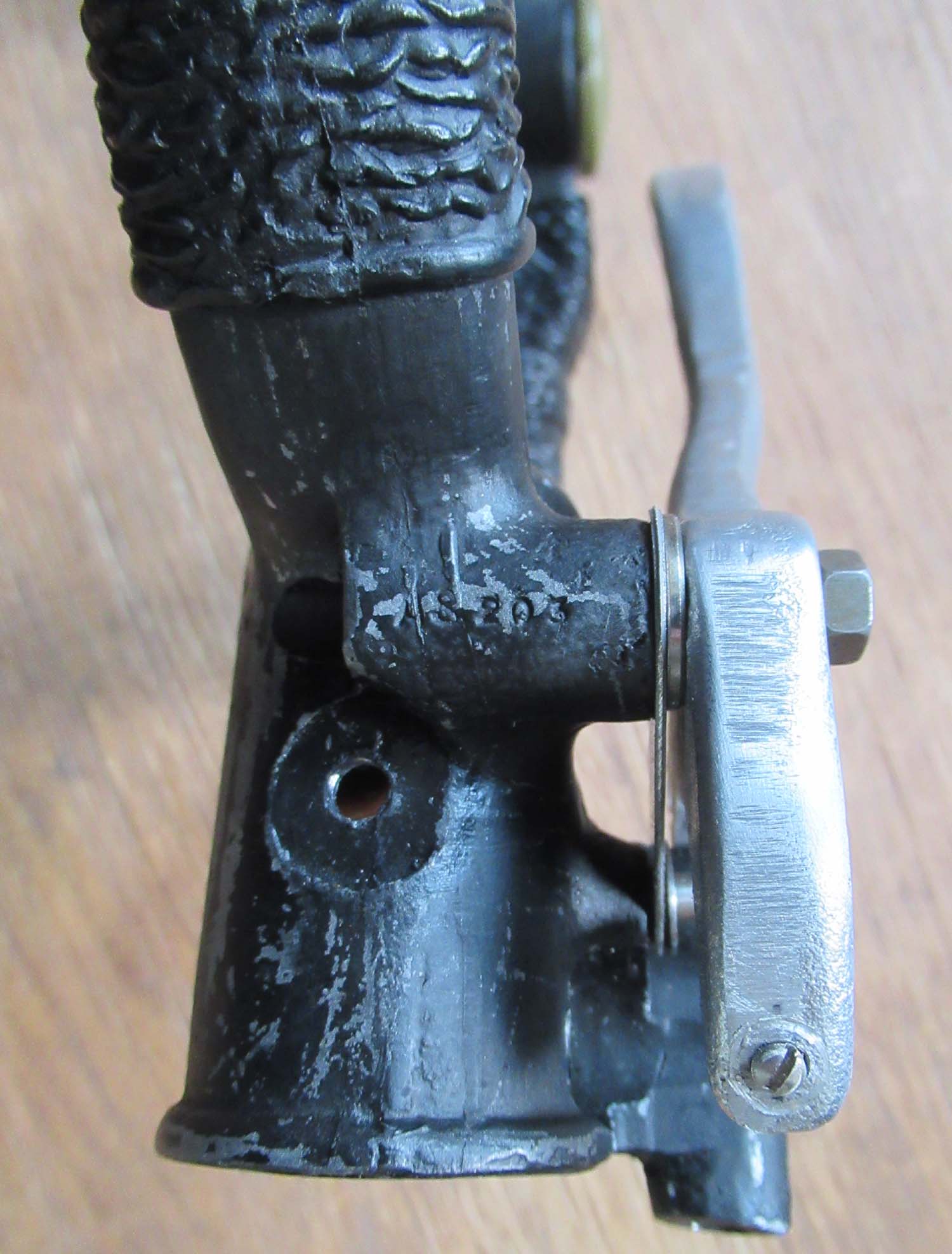
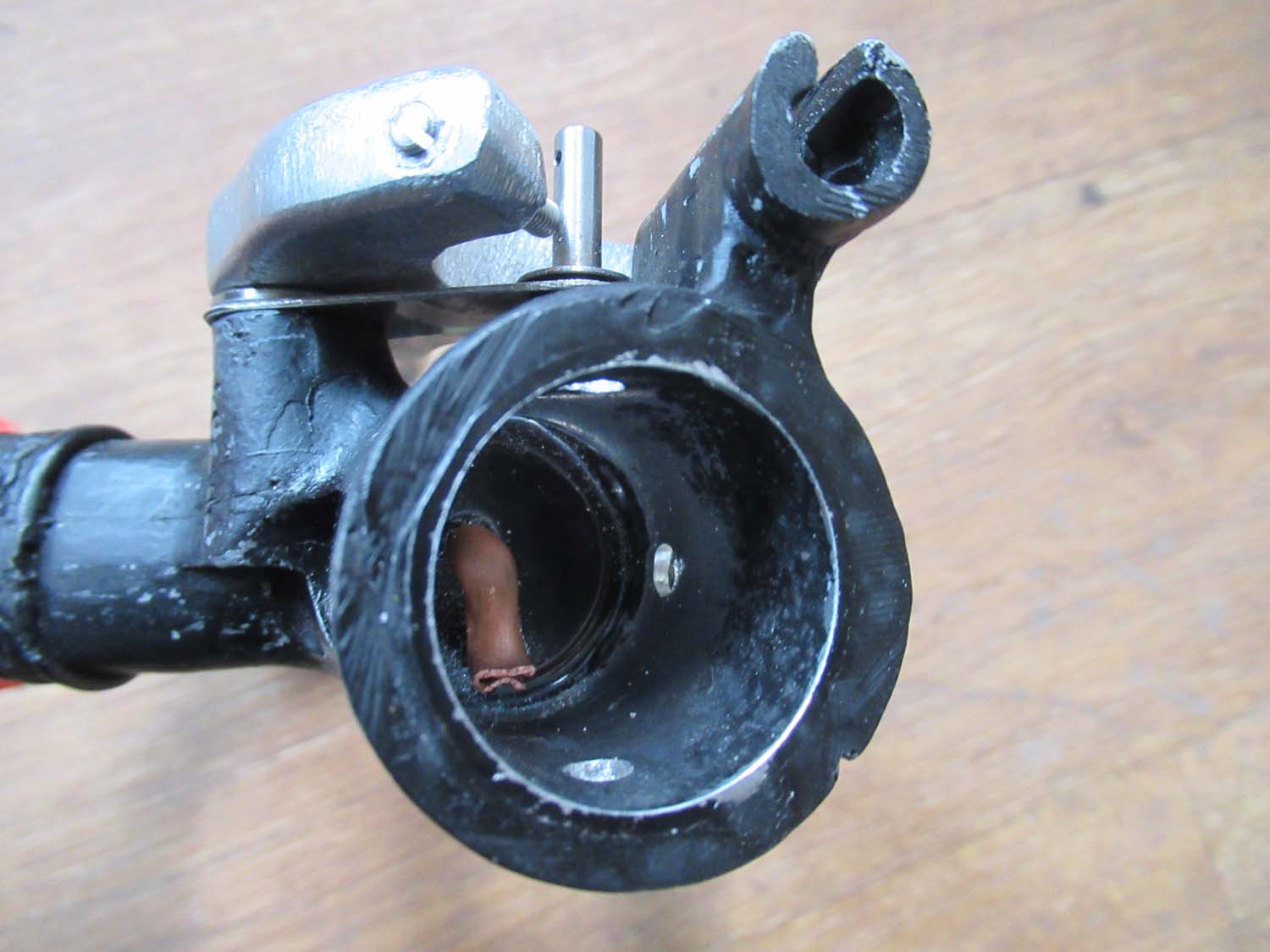
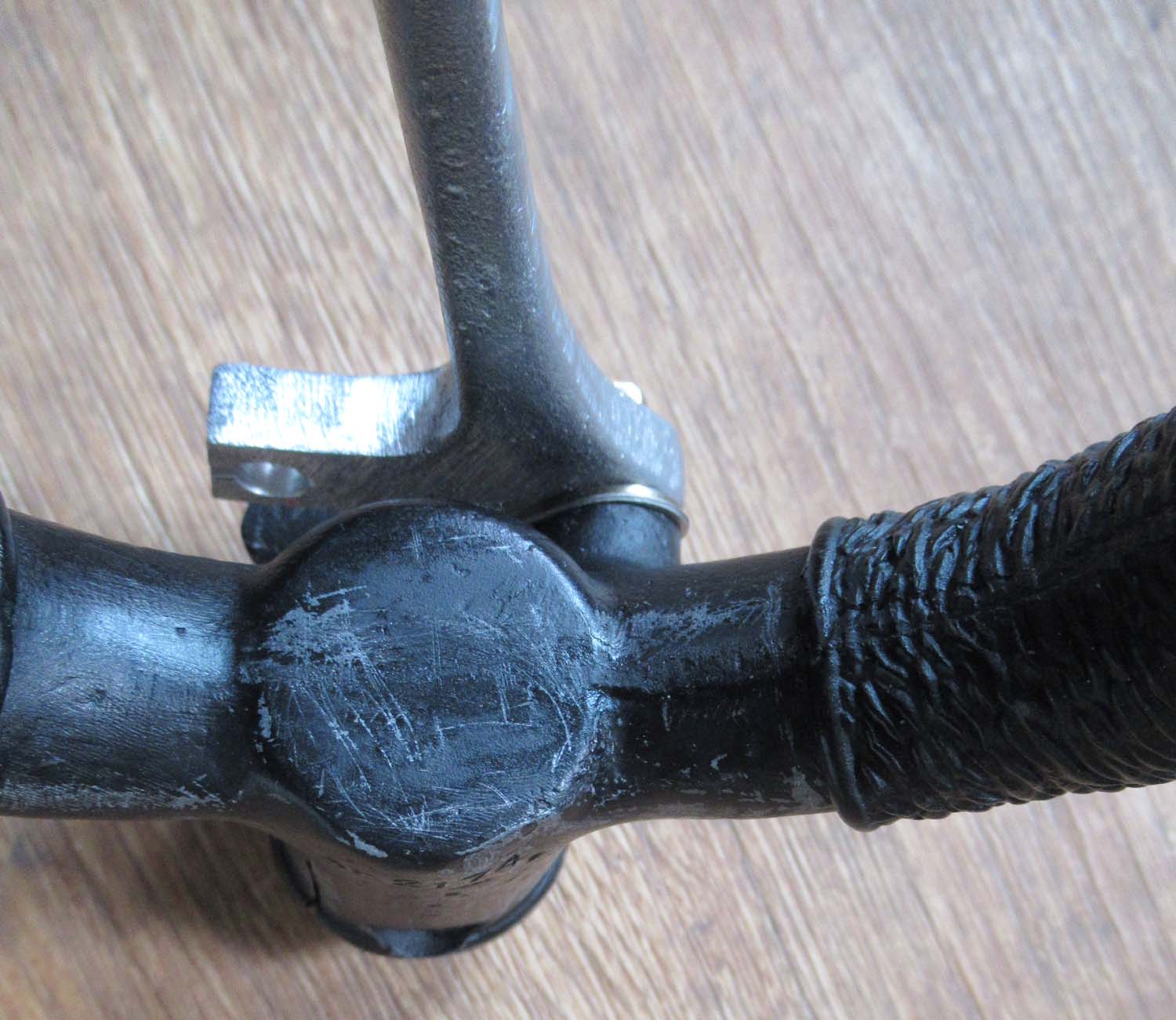
|
MK I to MK V AH2174
Spitfire Reproduction Spade Grip (Cont pg3 No 36)
Here we
have a Spitfire reproduction spade grip. This one of the
best repros I have come across, its a one off and someone
has spent allot of time getting it right.
The gun
button depresses as it should although the safety ring is
fixed. The brake lever is alloy and has been drilled
correctly with slots added for the brake cable. The main
body has a very realistic appearance with thre part number
showing. This grip was used by Spitfires only MK I to MK V.
The body even has the slots cut into it as per the original.
For
display purposes its hard to tell apart from the very rare
and expensive original.
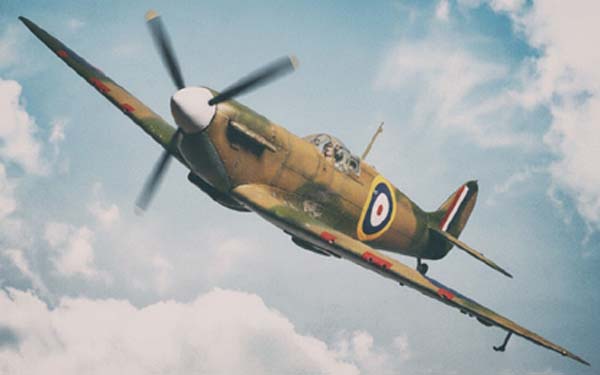
Click on pictures to enlarge



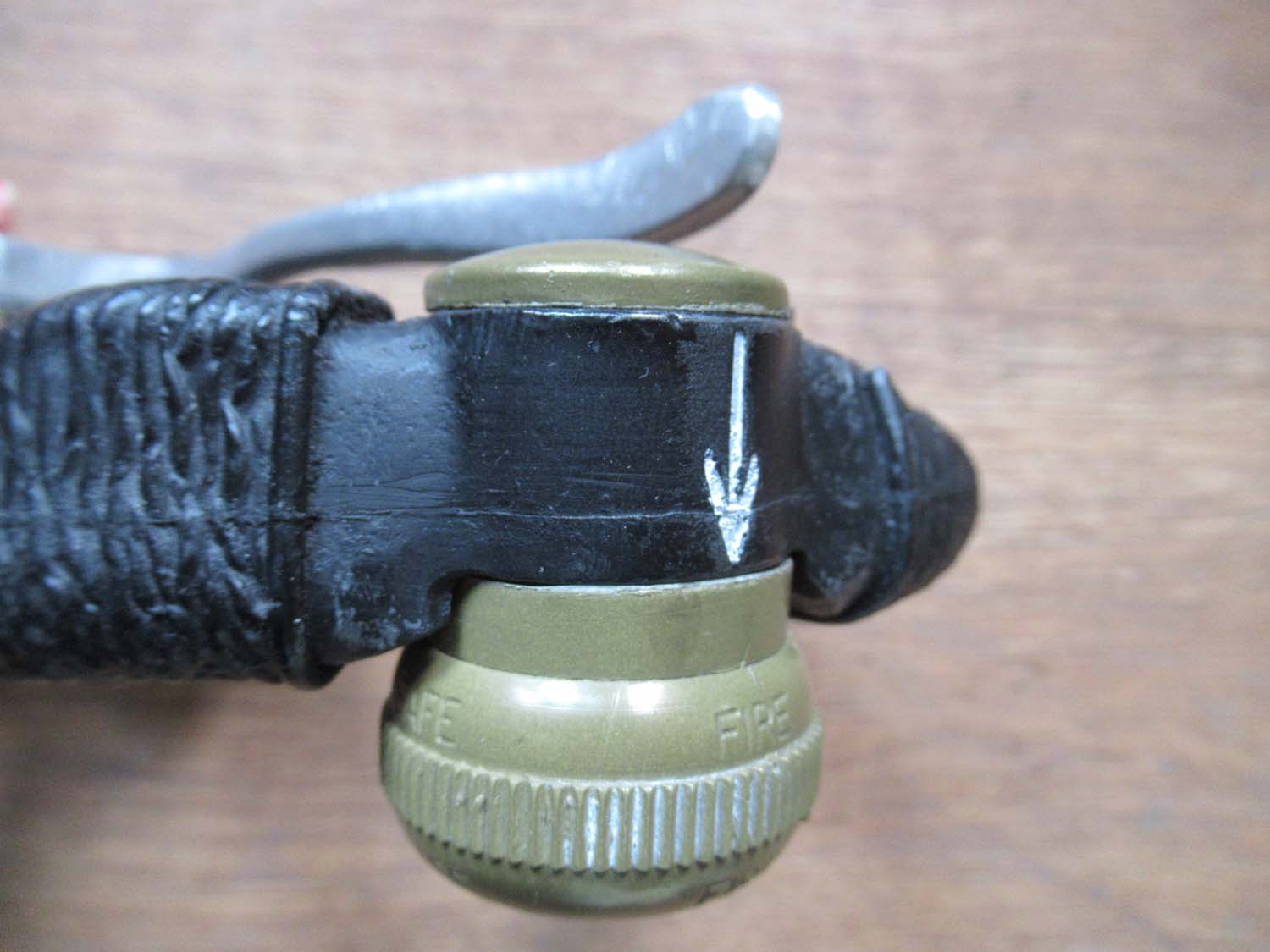
Out of
stock more always wanted please
contact me.
|
|
Click on pictures to enlarge
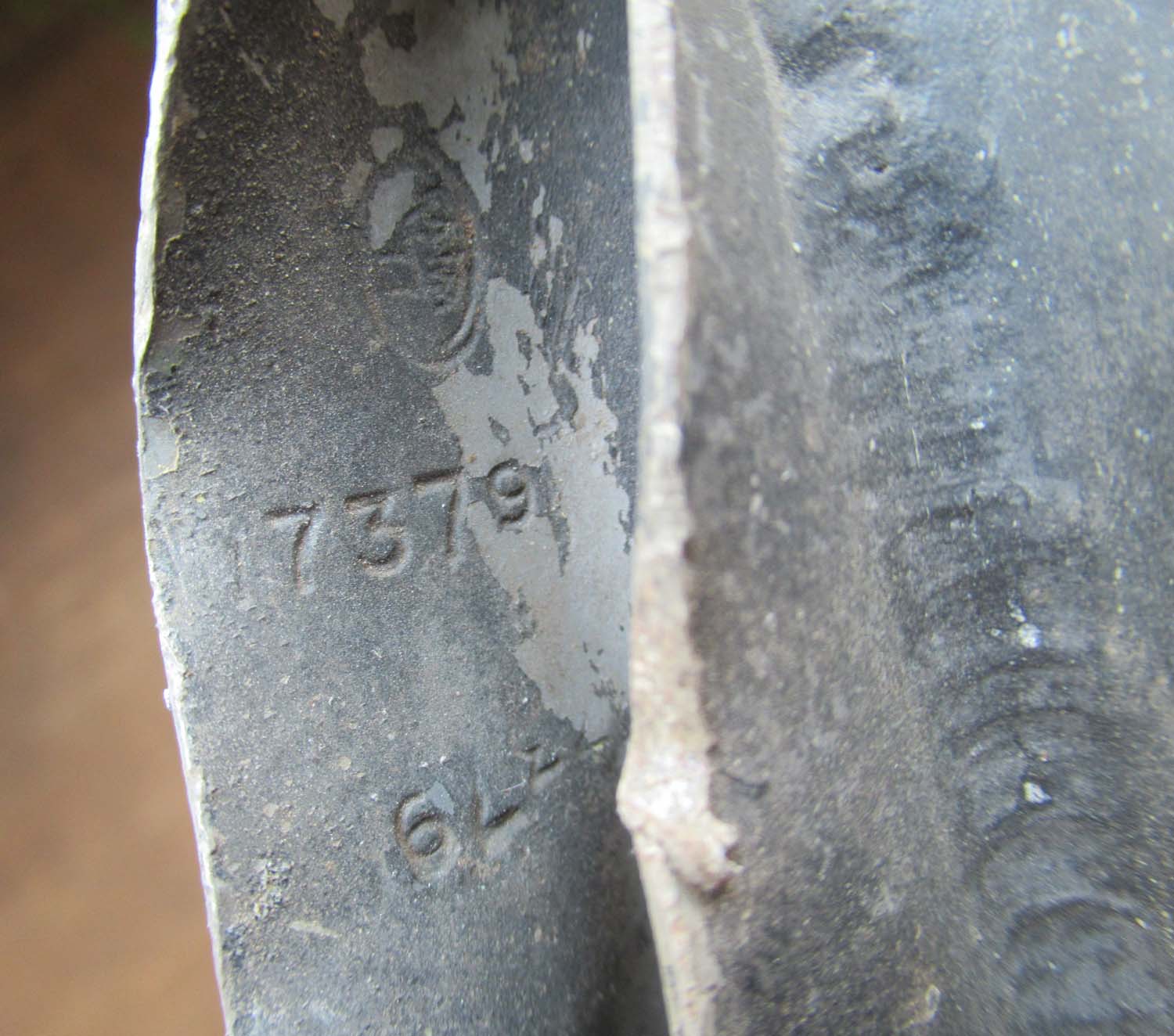
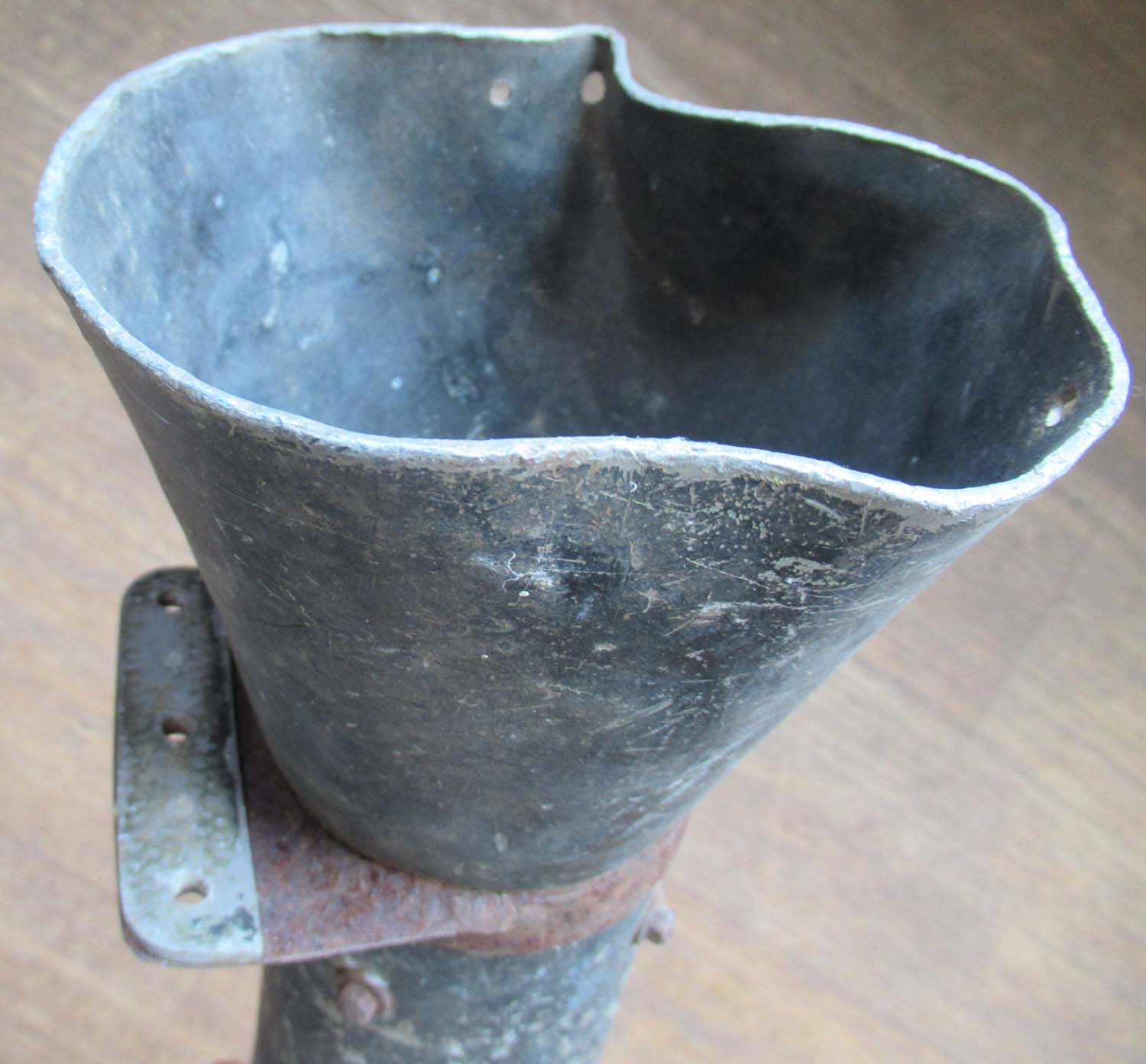
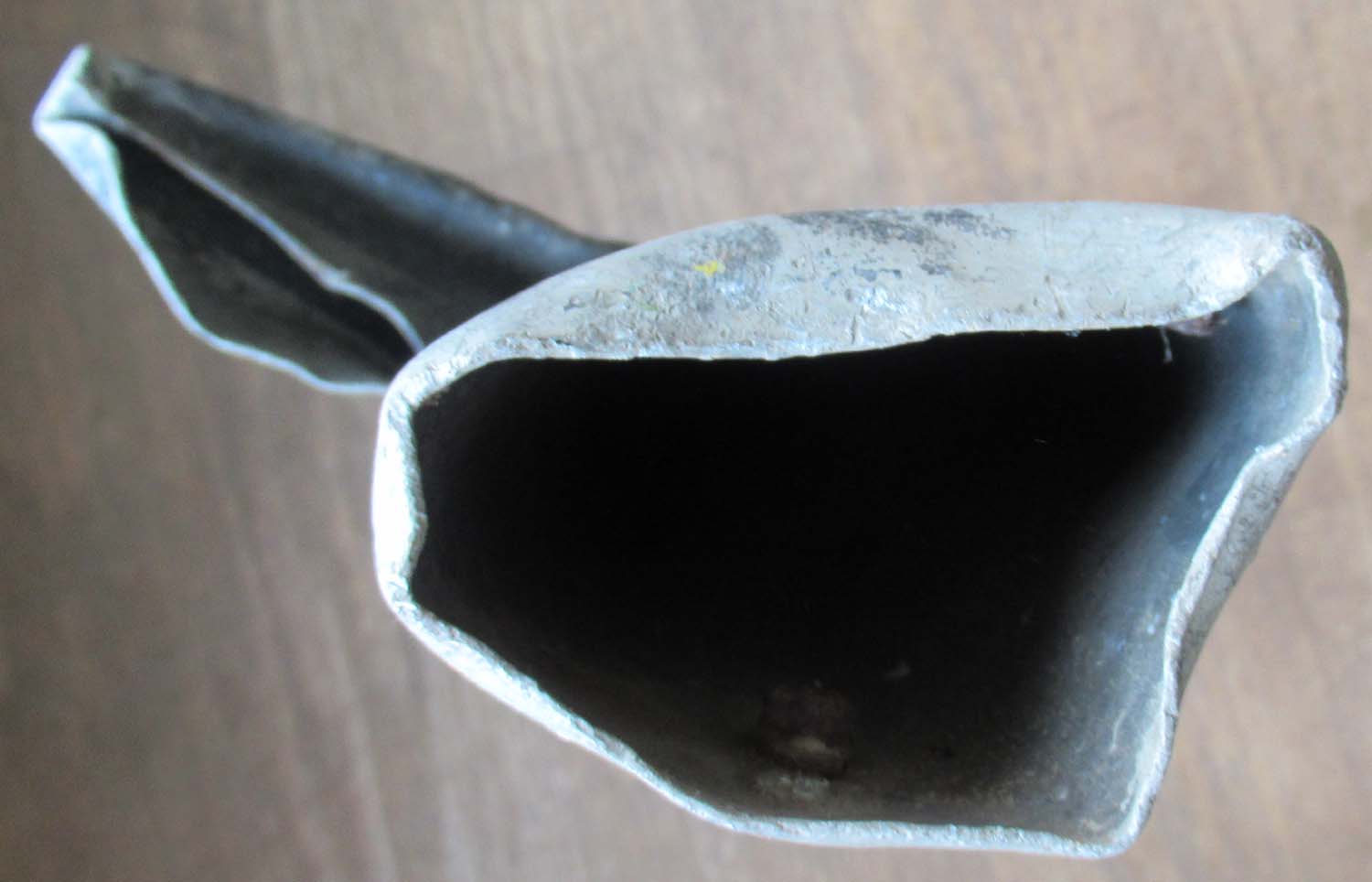
|
Norseman Control Column (Cont pg3 No 35)
Here we
have a Norseman control column
17379
Click on pictures to enlarge




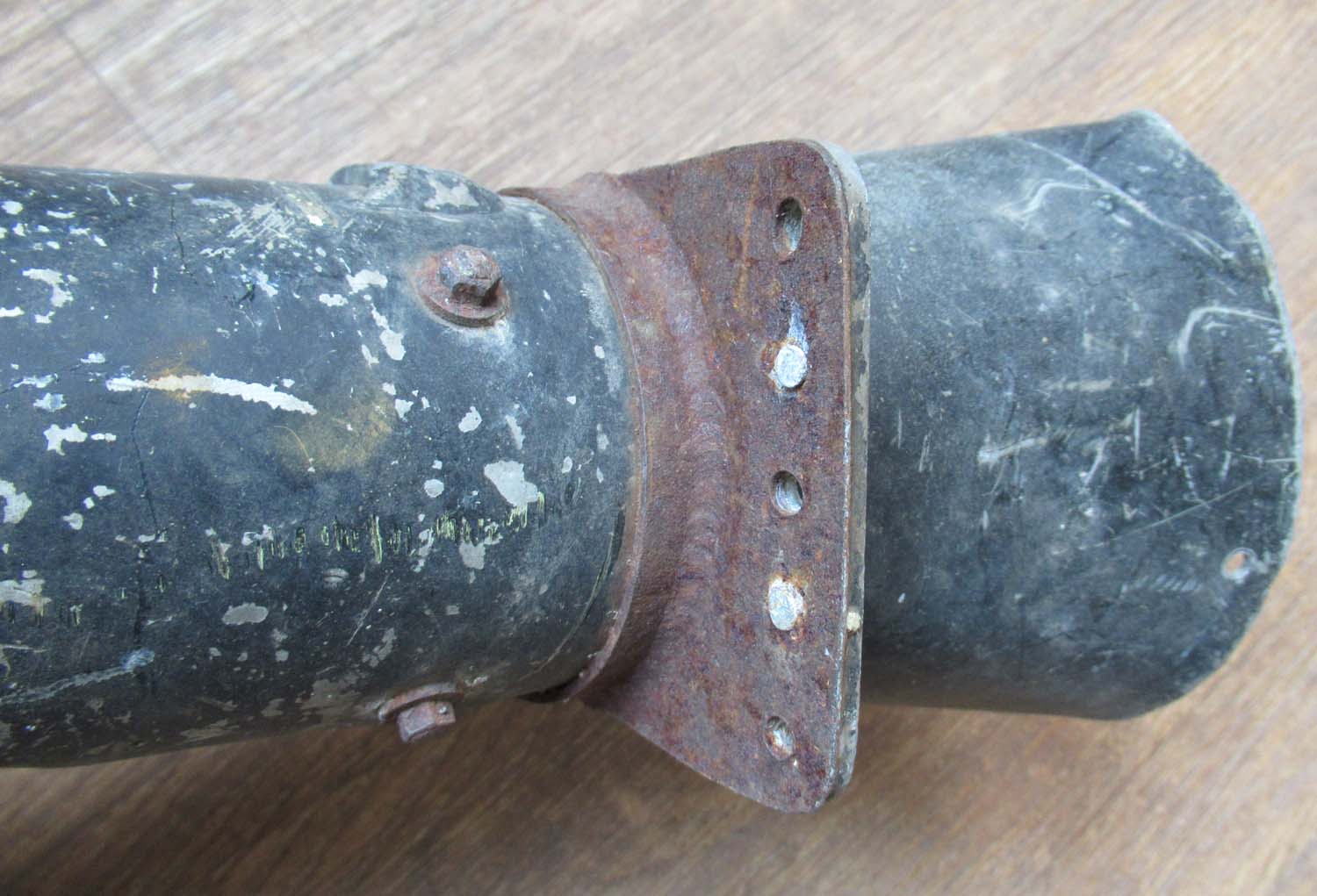
£295


|
|
Click on pictures to enlarge
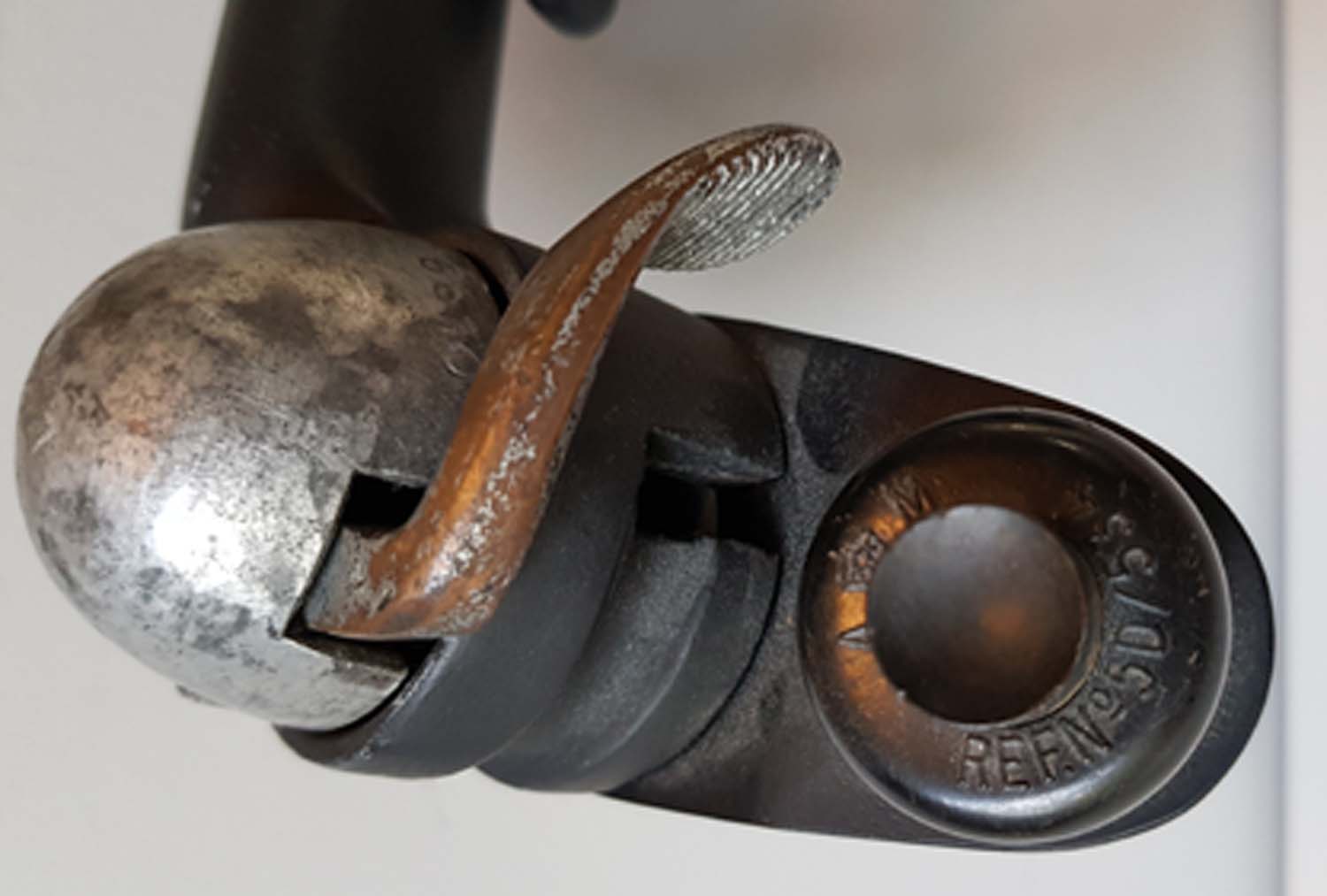
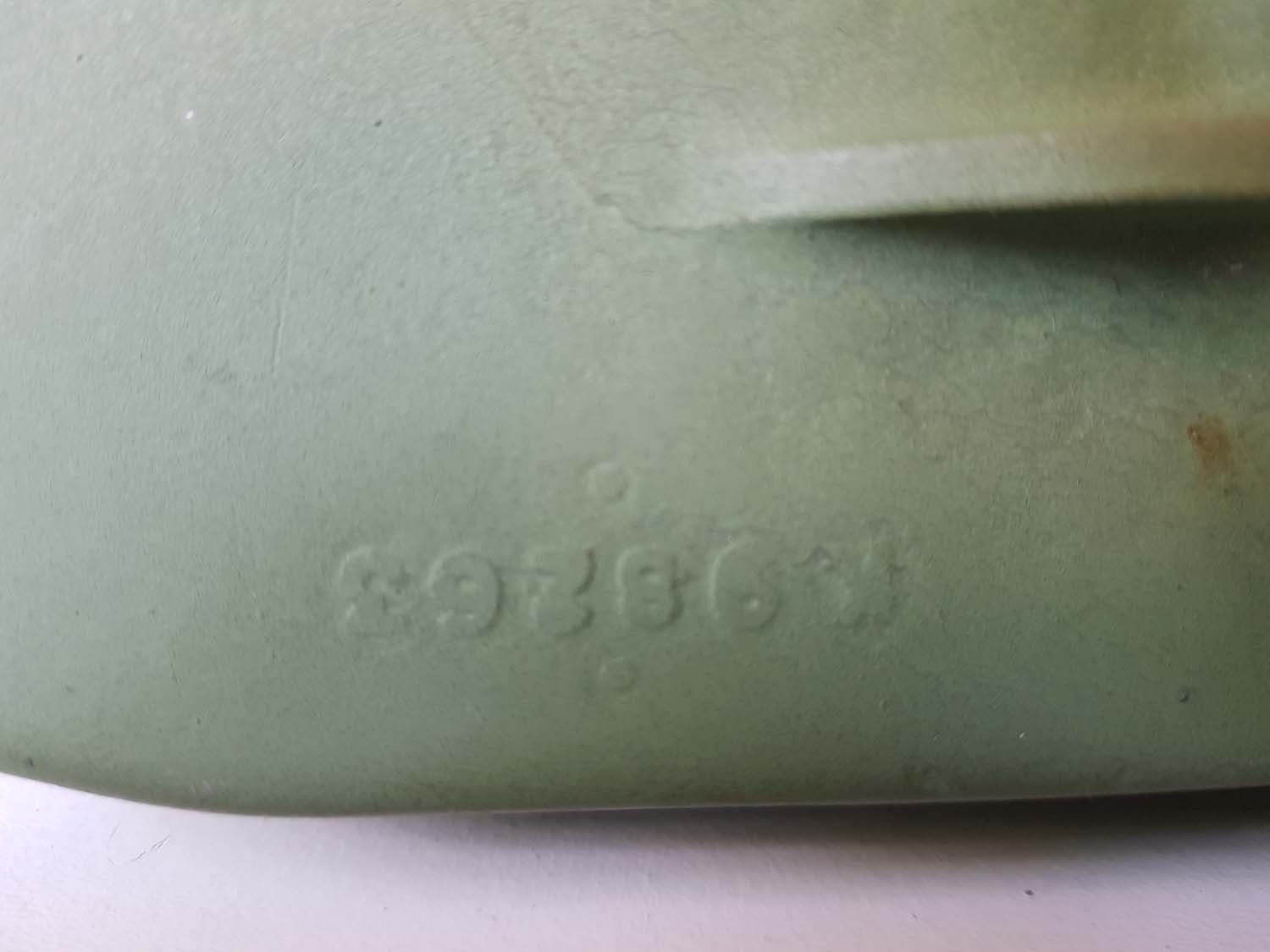
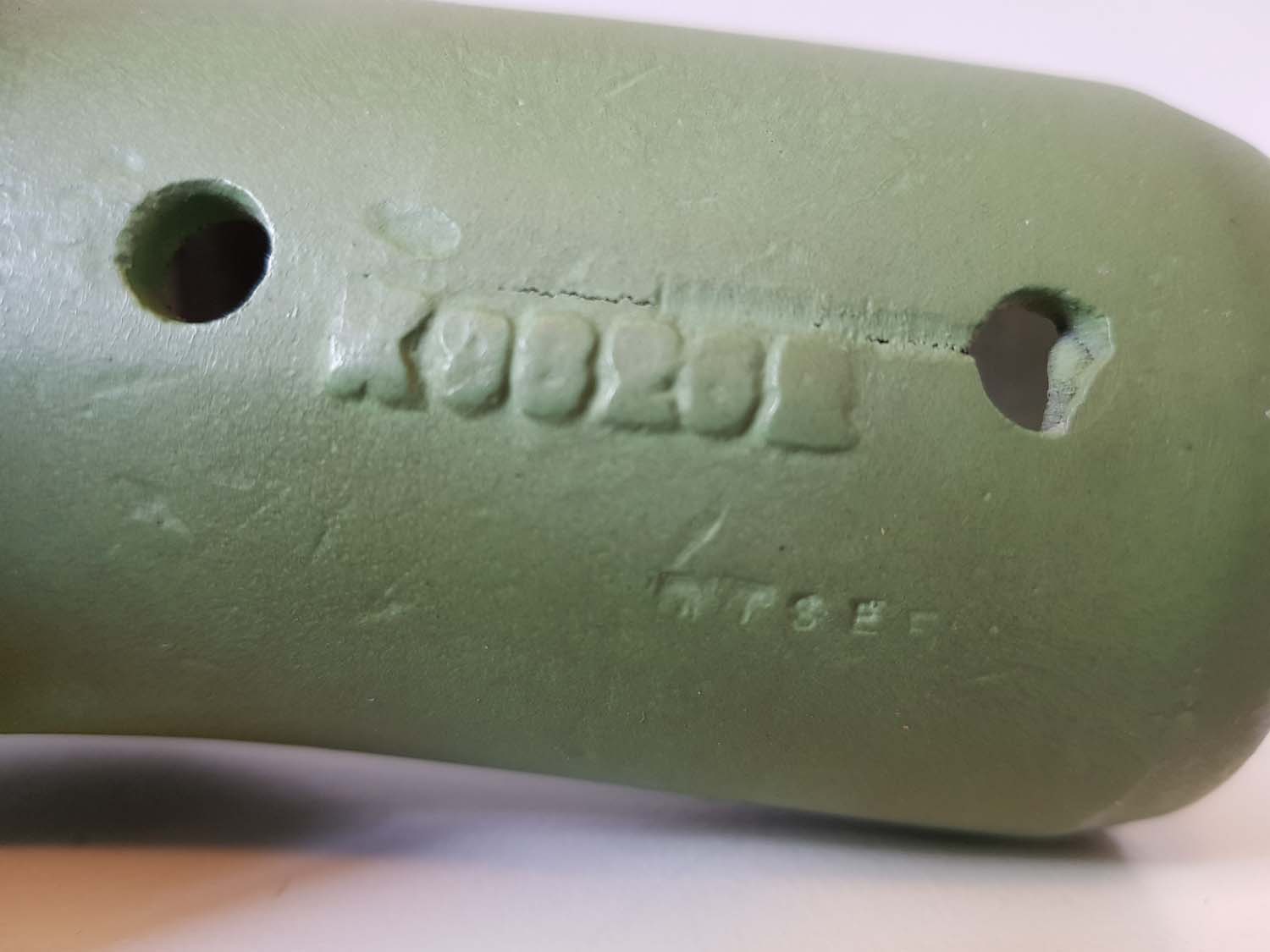
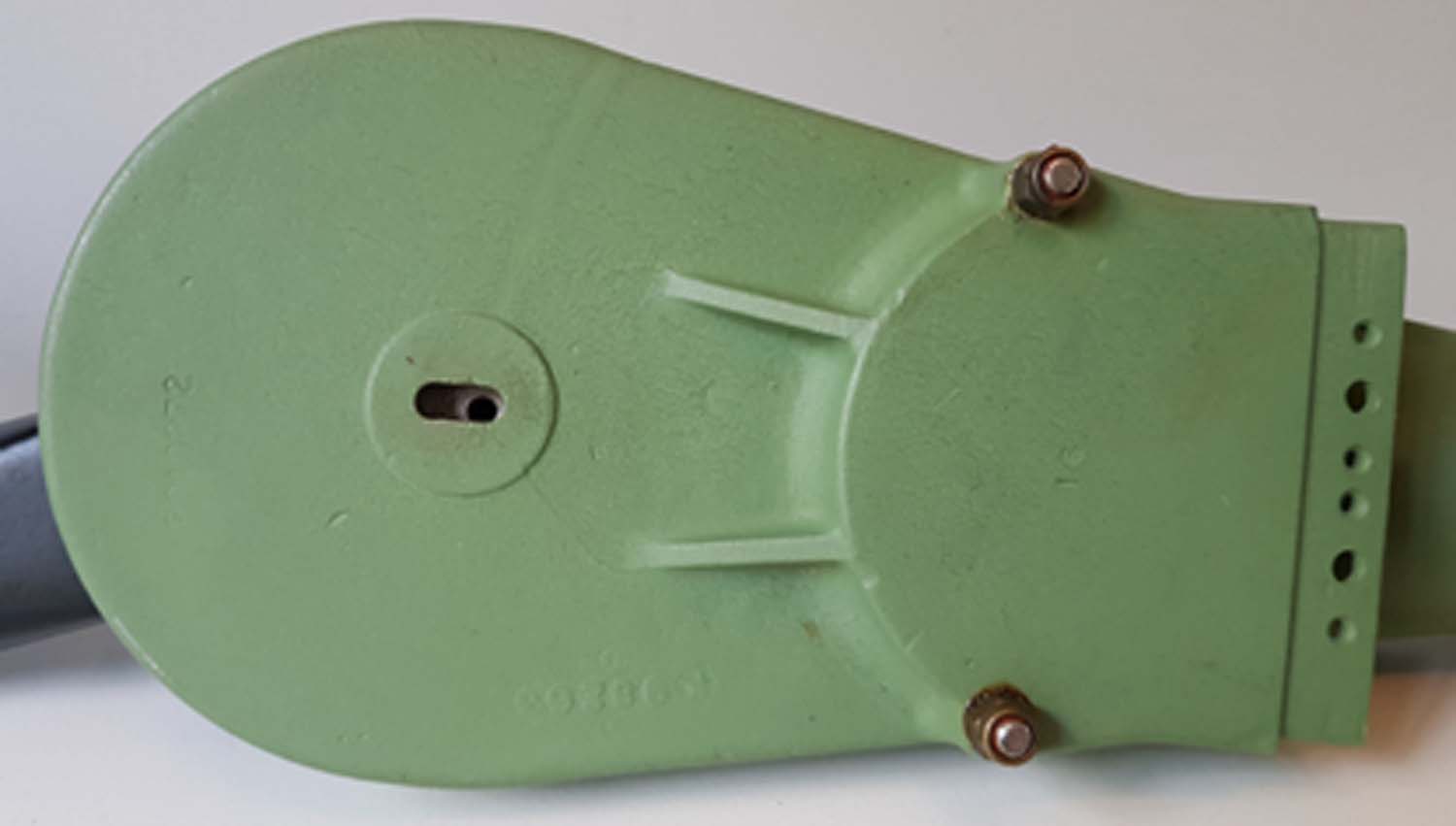
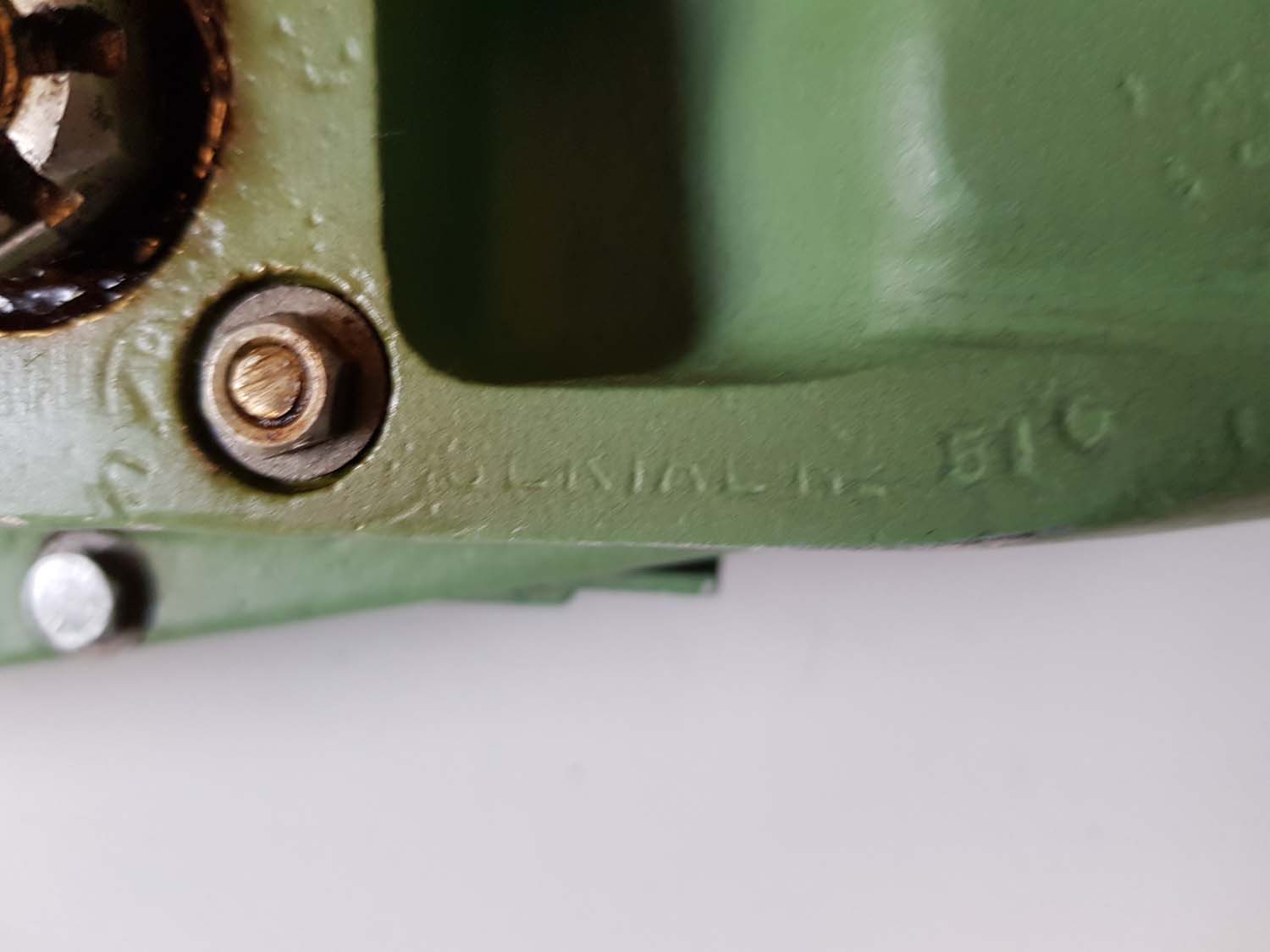
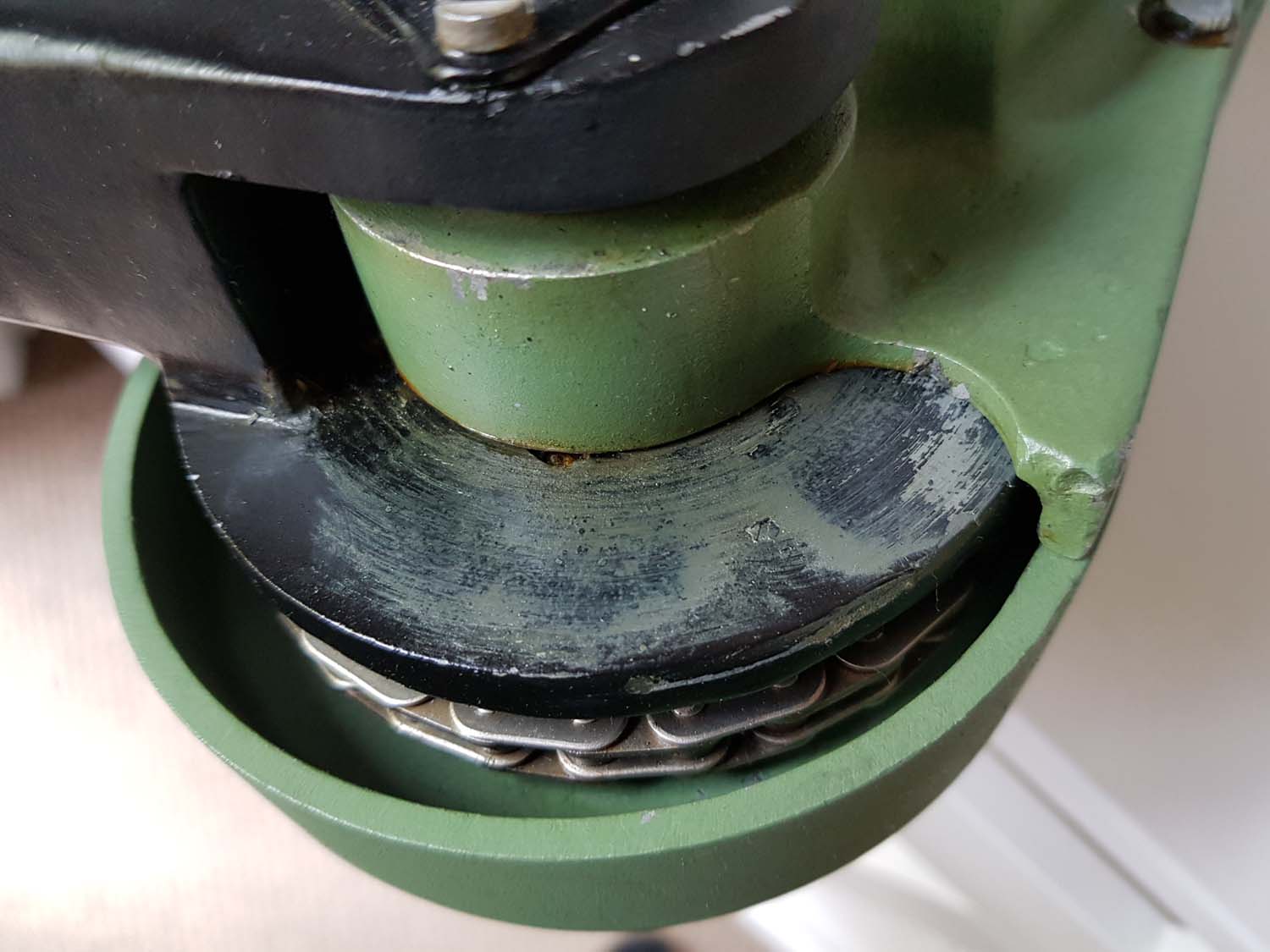
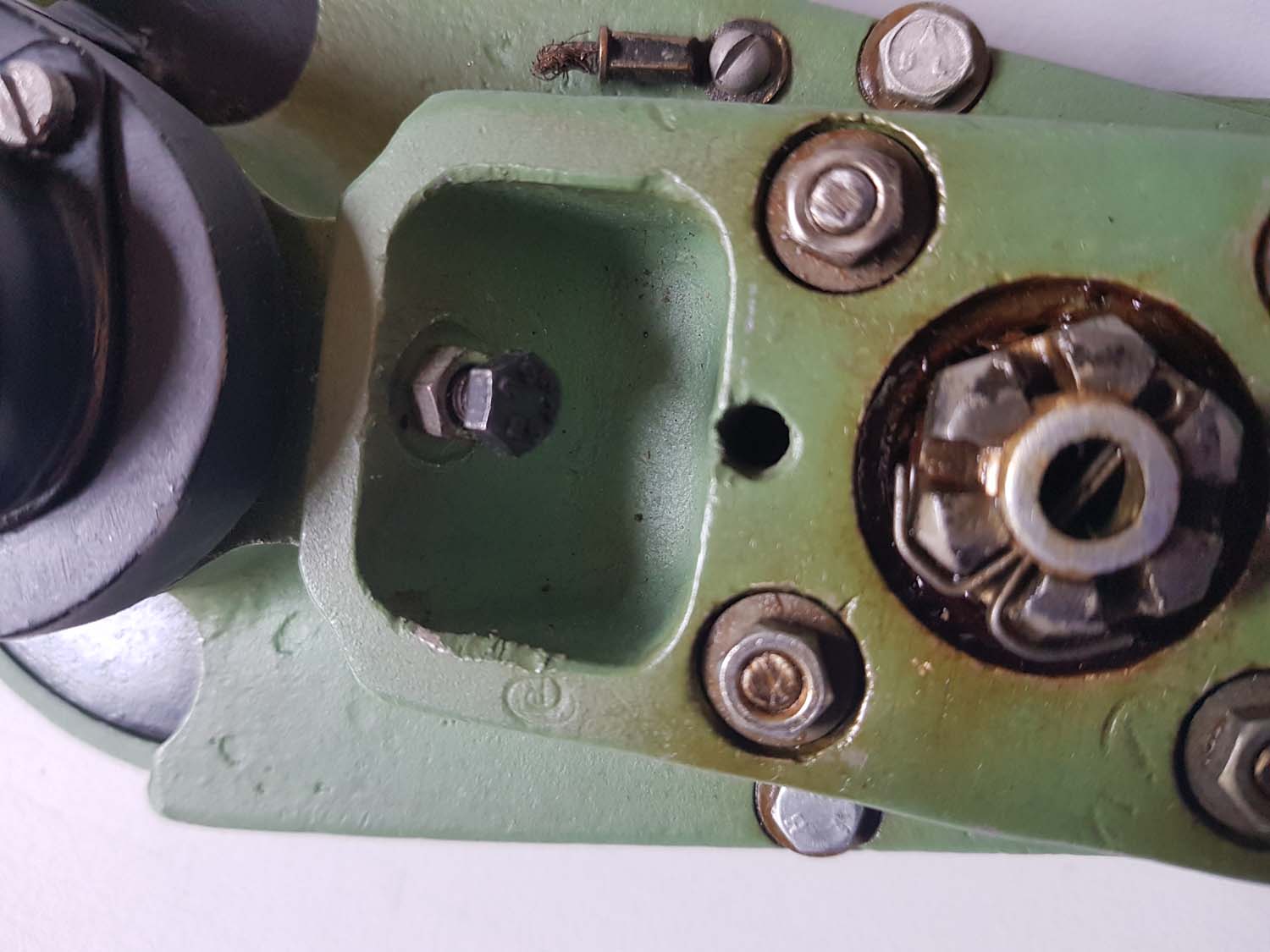
|
Mosquito fighter control
column and stick. (Cont pg3 No 34)
This is a
great piece super rare Mosquito control column and grip. The
Mosquito was a multi role aircraft which included both
fighter and bomber versions.
The
fighter version used a stick rather than a yoke as it was
easier for fighter type manoeuvres and this is what we have
here. This has been fully restored and works as it should .
The
Mosquito was an incredible aircraft made almost entirely of
wood and with its twin Merlins was as fast as most fighters.
Its achieved success in all its roles including as a night
fighter.
.jpg)
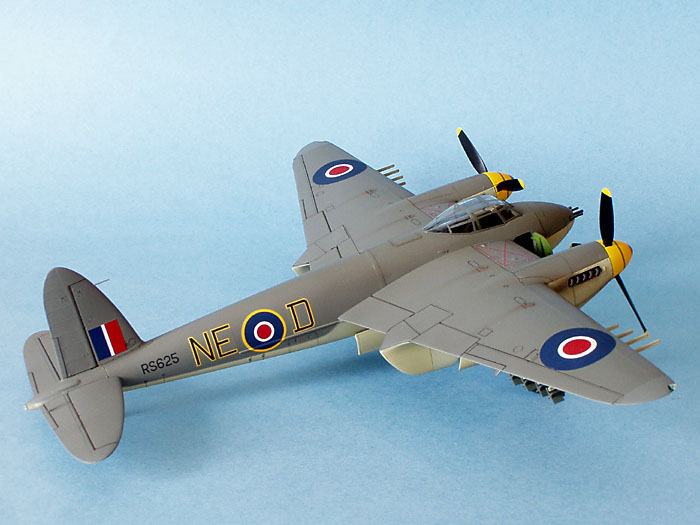
Click on pictures to enlarge
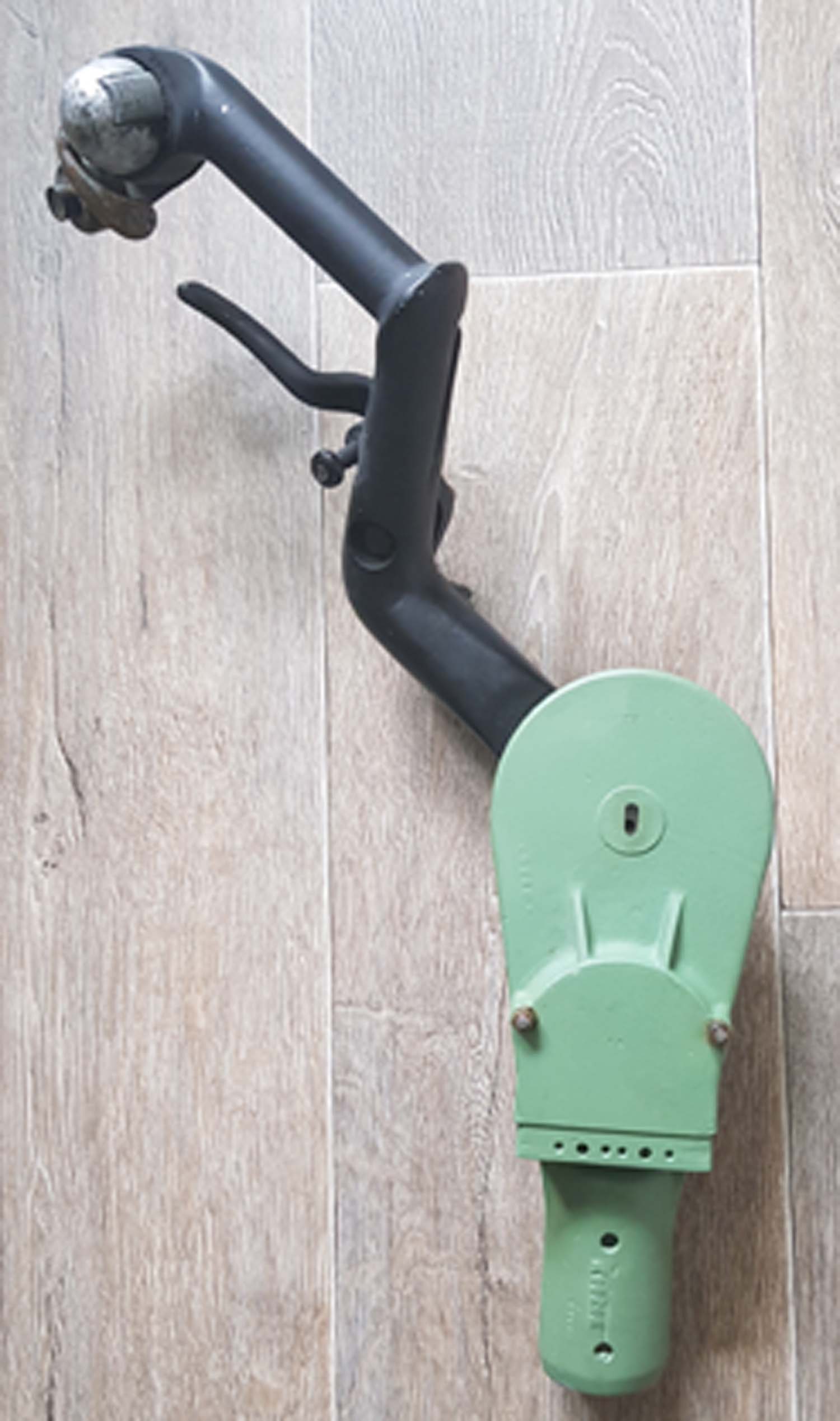

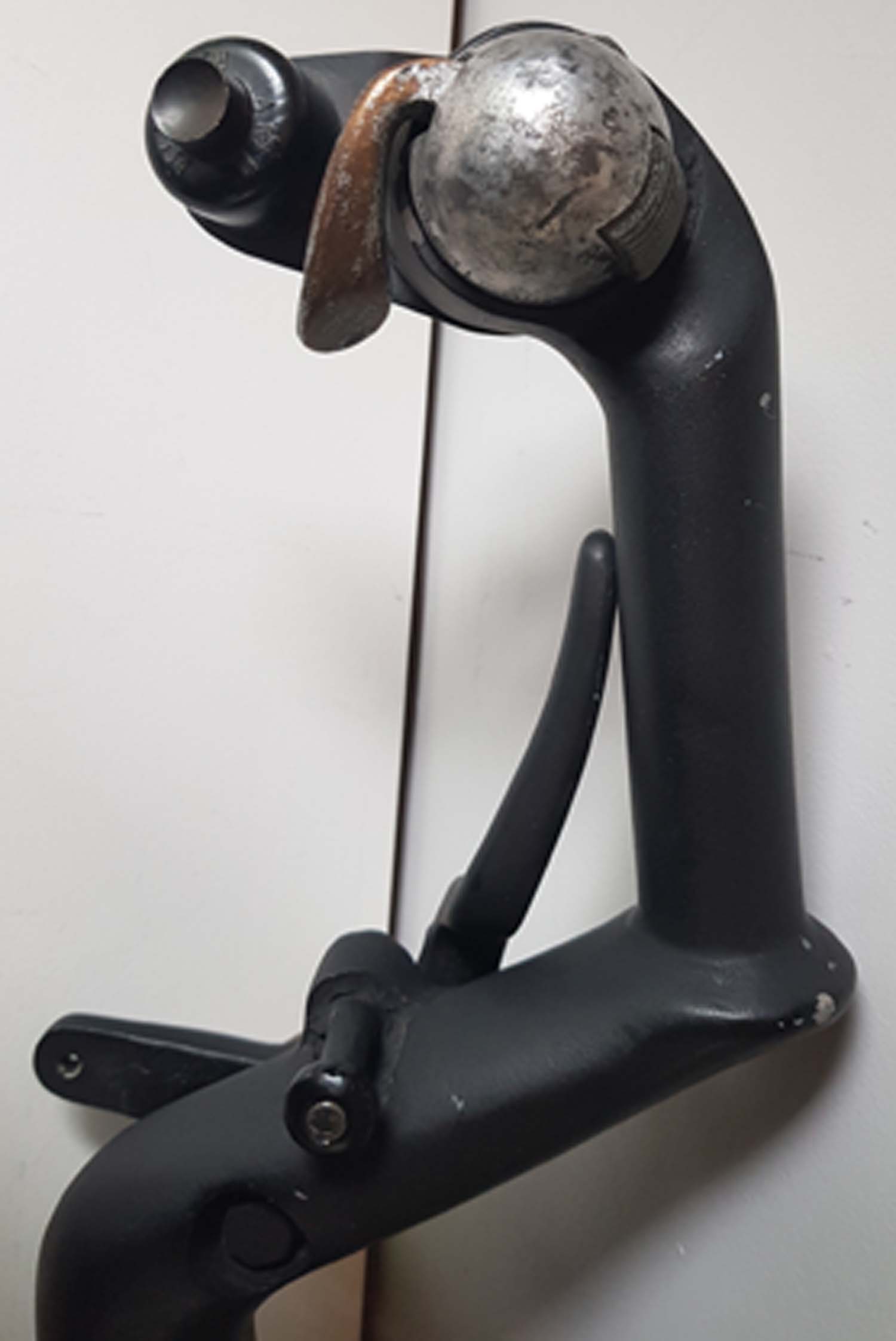
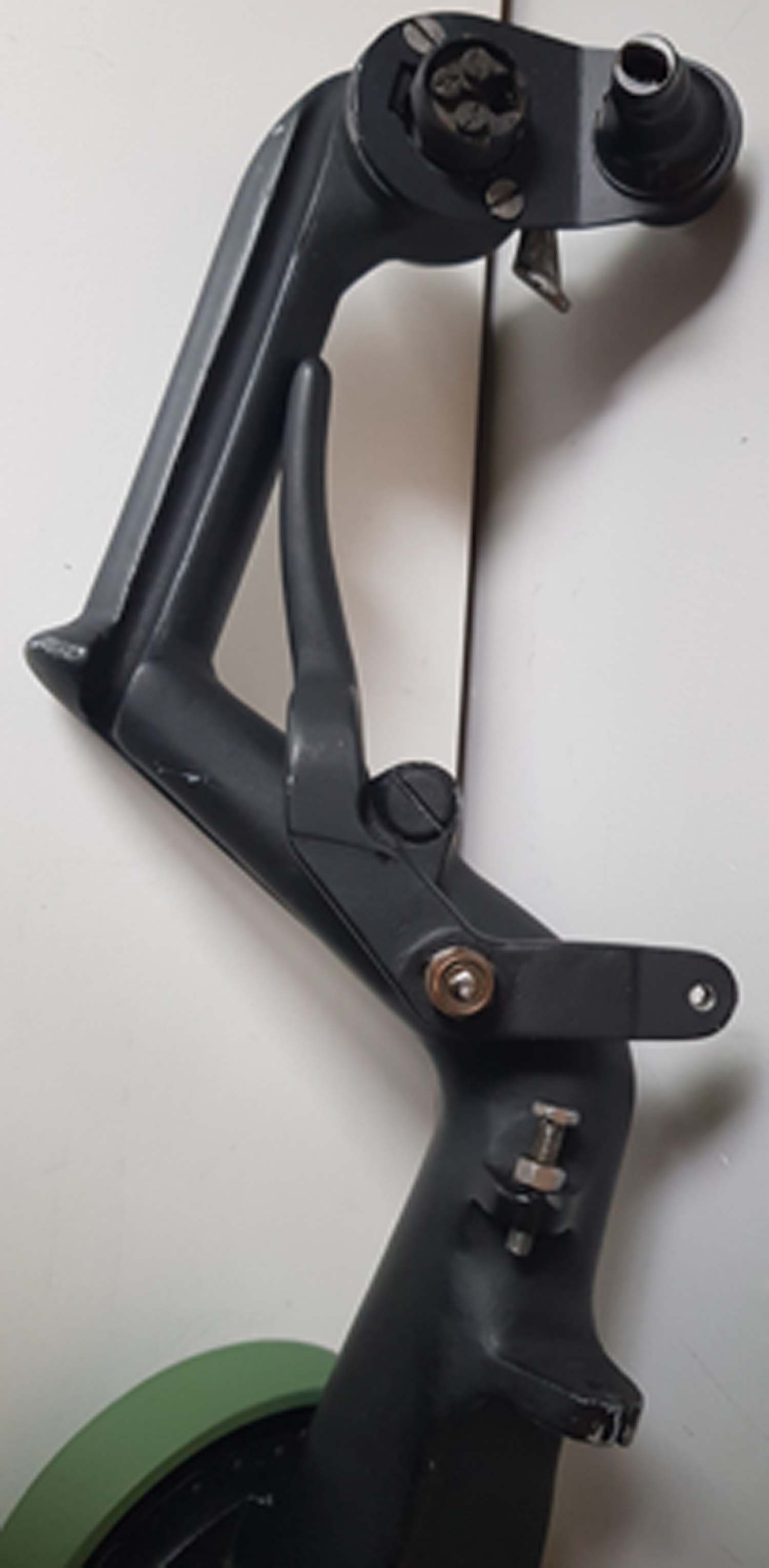
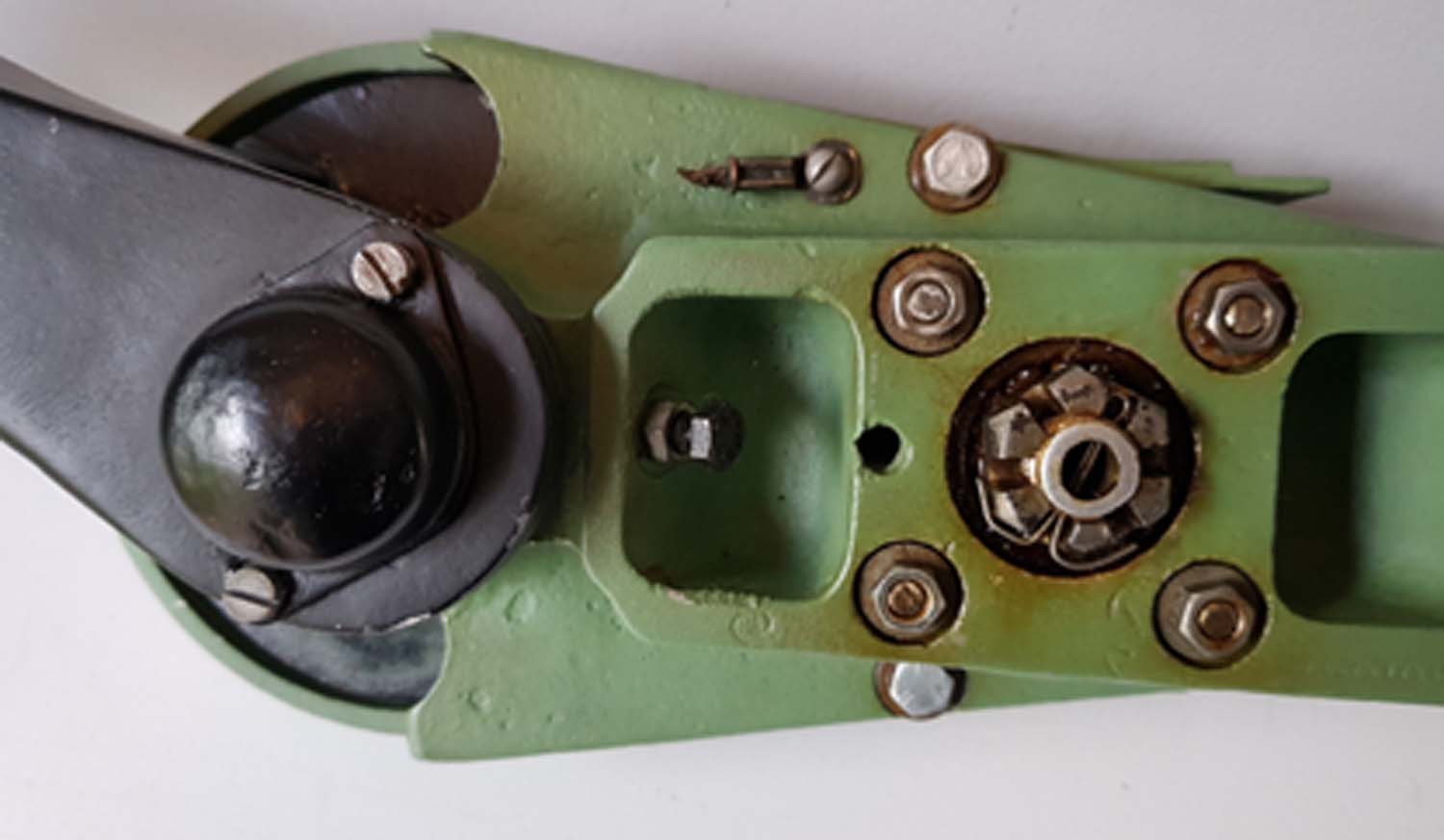
£2950
Sorry this item is not available in
the sale please email me
gadlam@btinternet.com
to purchase
|
|
Click on pictures to enlarge
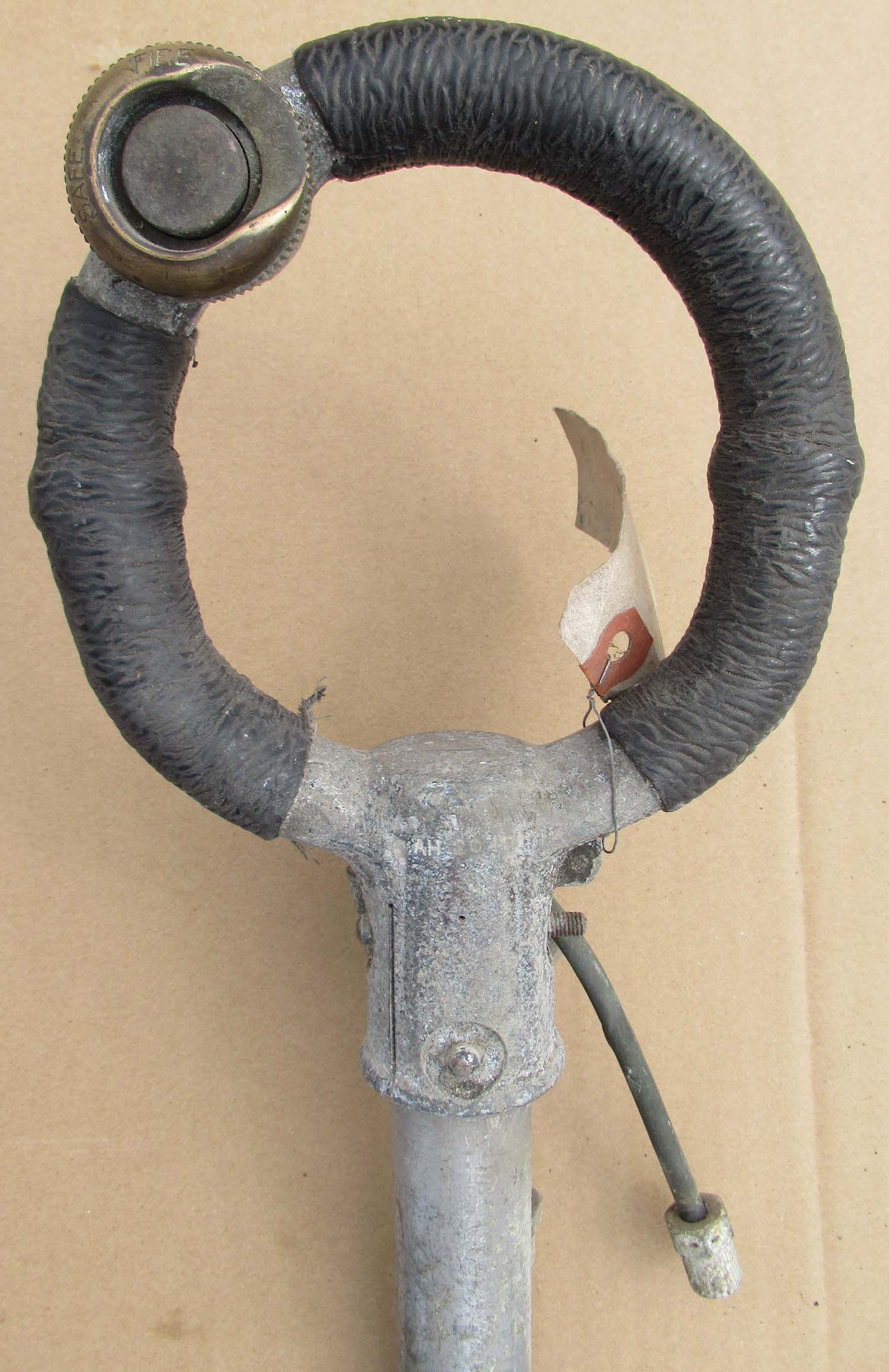
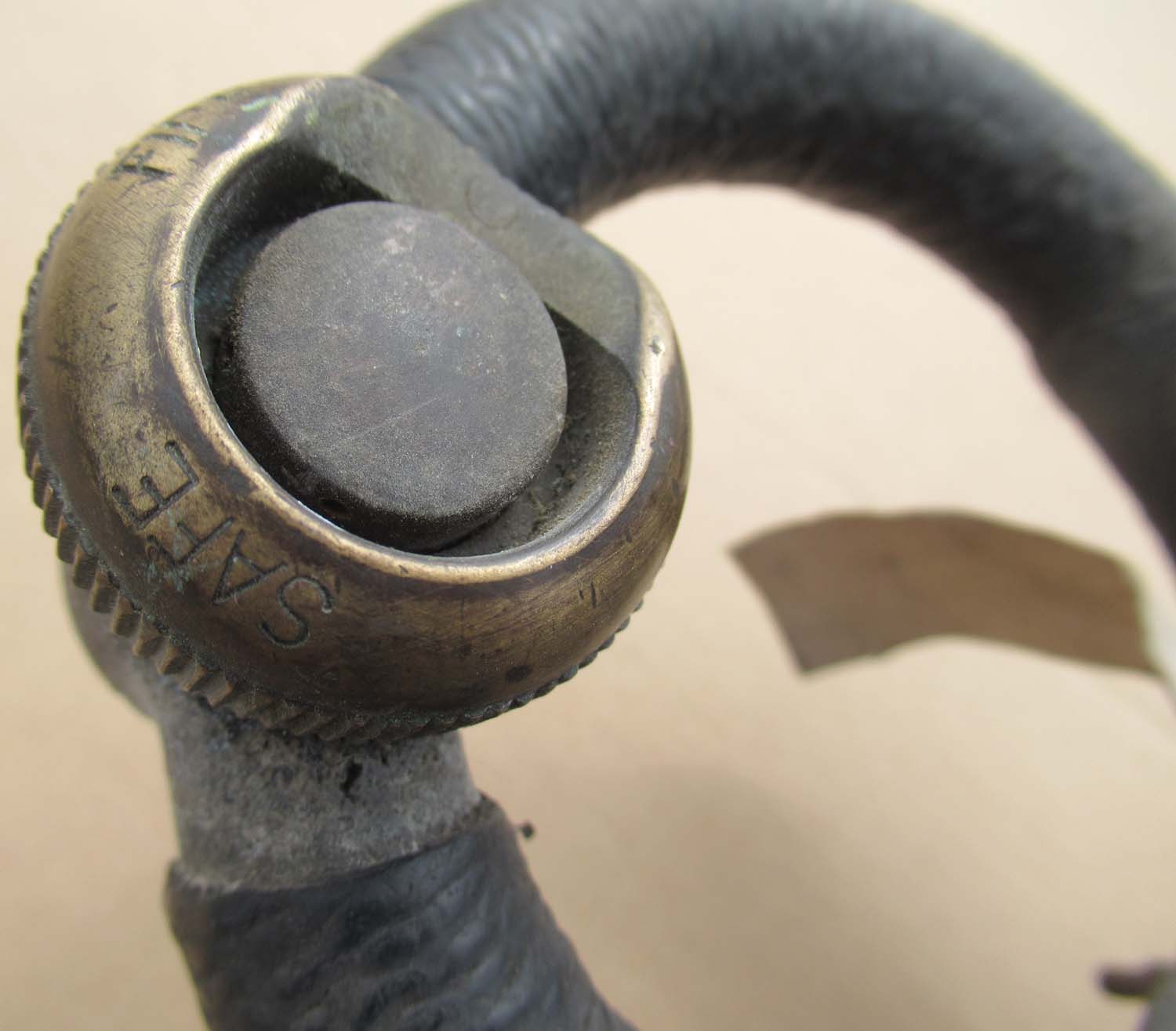
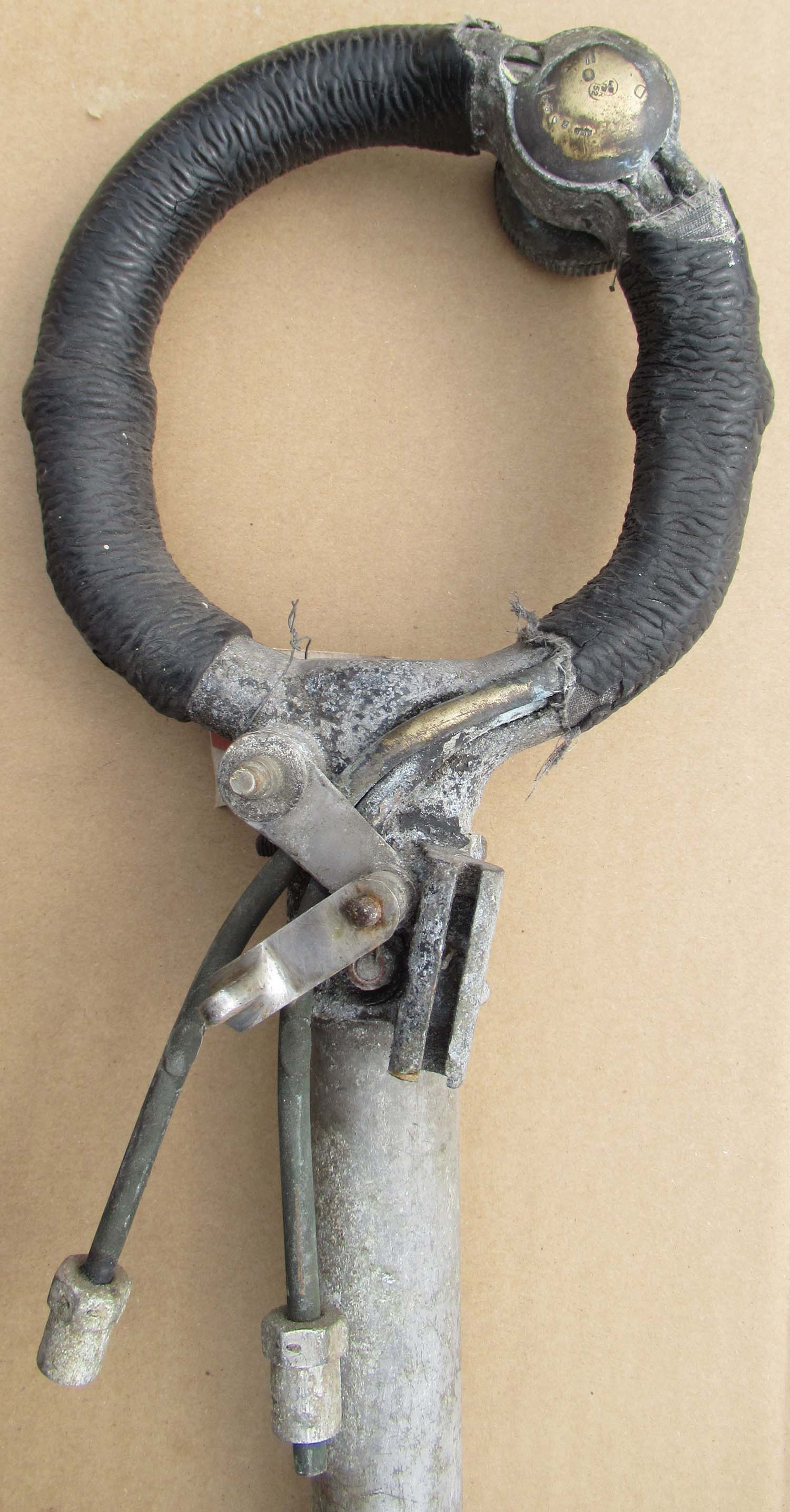
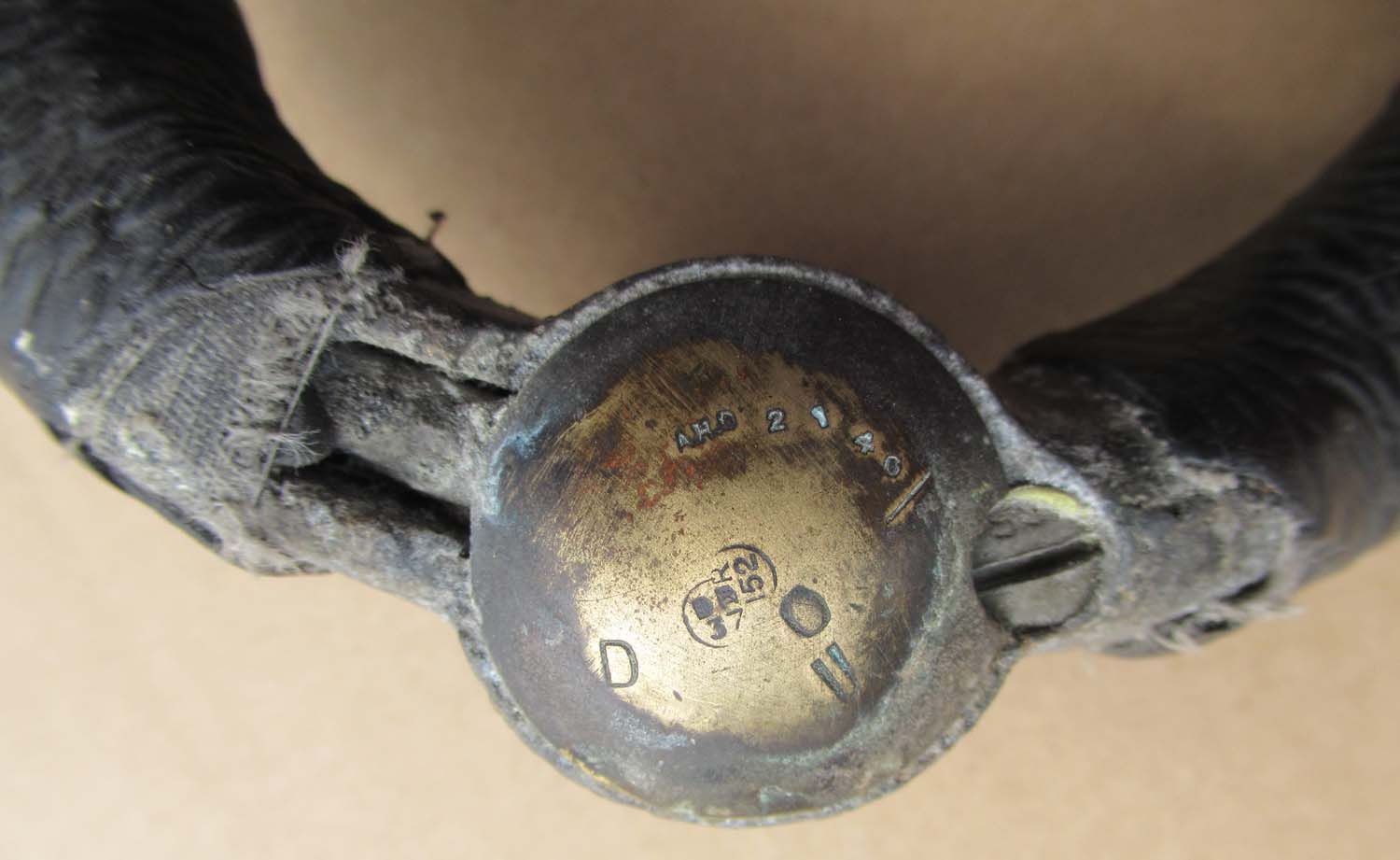
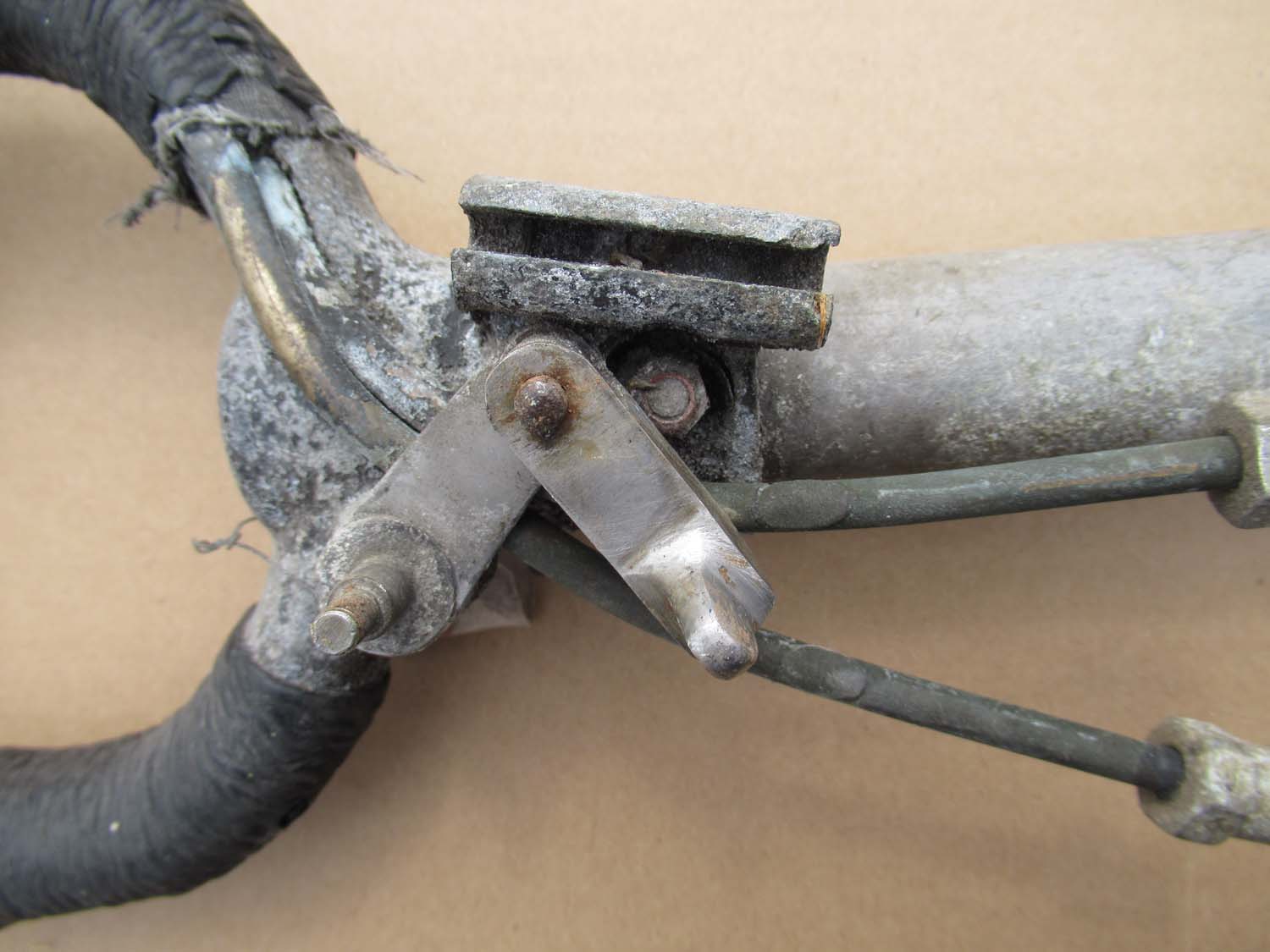
|
Westland Lysander Control Grip
column and mount (Cont pg3 No 32)
This
could be the most exciting piece we currently have available
on the Website controls page.
Its
possibly unique in 20 plus years of collecting and trading I
have never seen another available for sale. It is completely
original including a AH 2040 grip used in a huge variety of
aircraft including the Hurricane.
It
has its original control column and substantial mount.
We have a collection of Lysander parts that make
up the main components of the cockpit. If anyone was
thinking of building a cockpit these are the parts you need.
I cannot stress how hard to find these parts are in all the
20 plus years I have been collecting and trading I have only
seen small parts of this aircraft.
Currently
we also have a seat,11engine mounting plate and spinner , these are all
listed in their relevant categories.
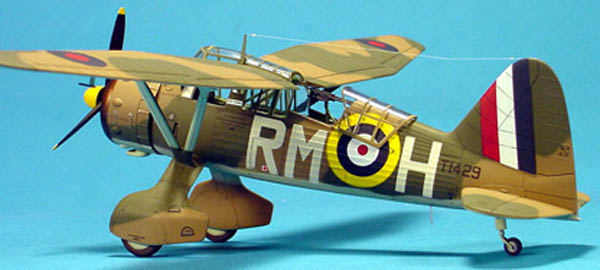
The Westland Lysander is a
British army co-operation and liaison aircraft produced by
Westland Aircraft that was used immediately before and
during the Second World War.
After becoming obsolete in the army co-operation role, the
aircraft's short take off performance enabled clandestine
missions using small improvised airstrips behind enemy
lines to place or recover agents, particularly in occupied
France with the help of the French Resistance.
During the Battle of Britain
this amazingly versatile aircraft was fitted with 20mm
cannons mounted on the undercarriage as the RAF were short
of ground attack aircraft in the event of an invasion.
In this guise it had a twin
rocker firing button similar the the cannon armed Spitfires.
Click on pictures to enlarge
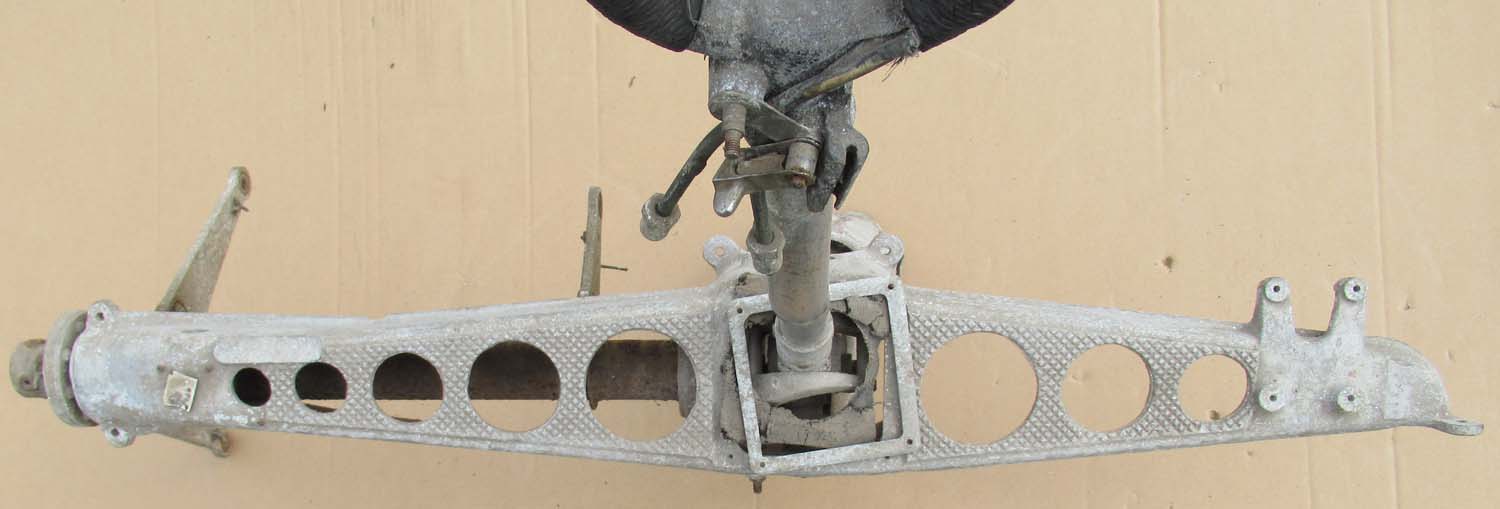
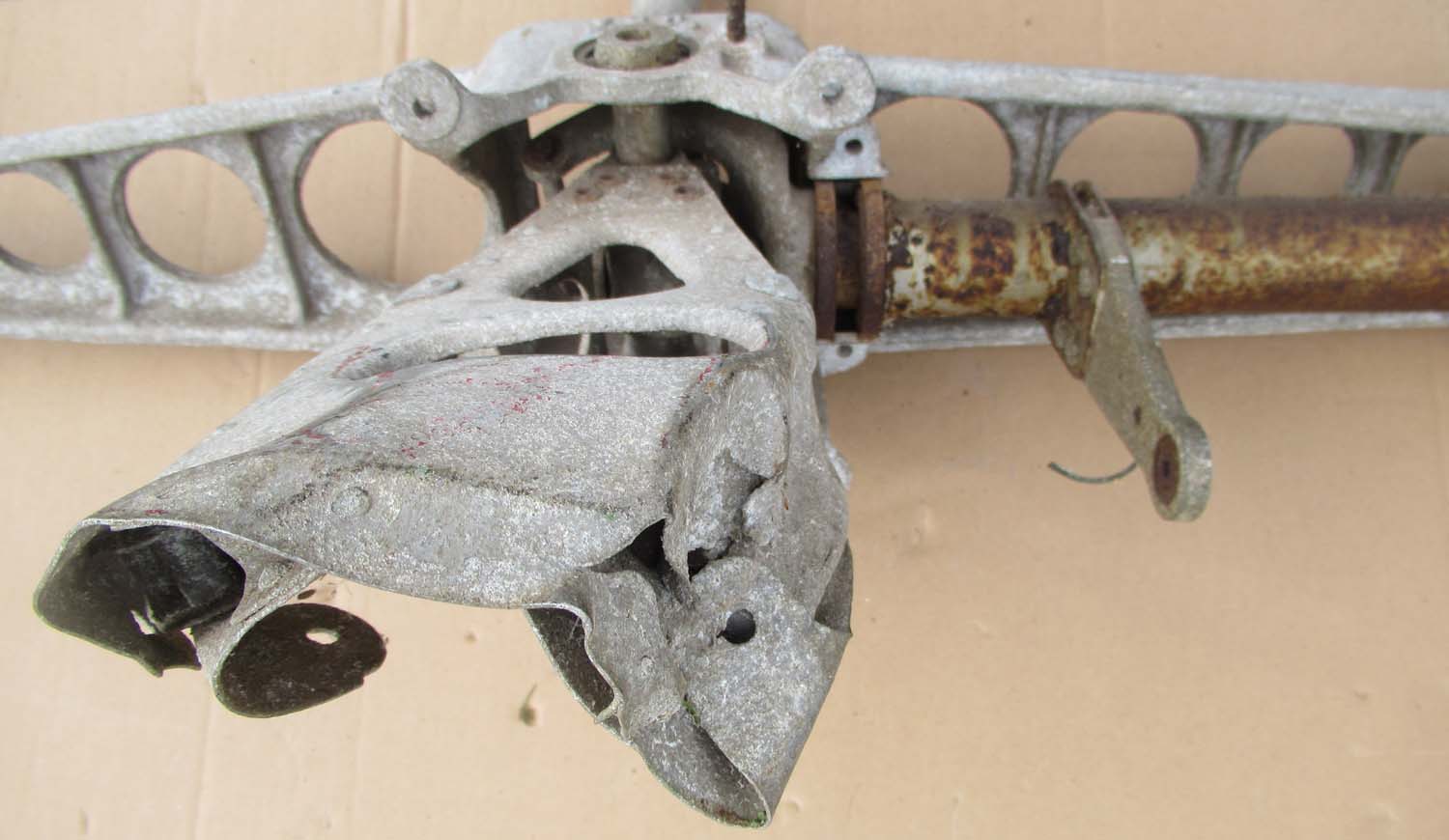
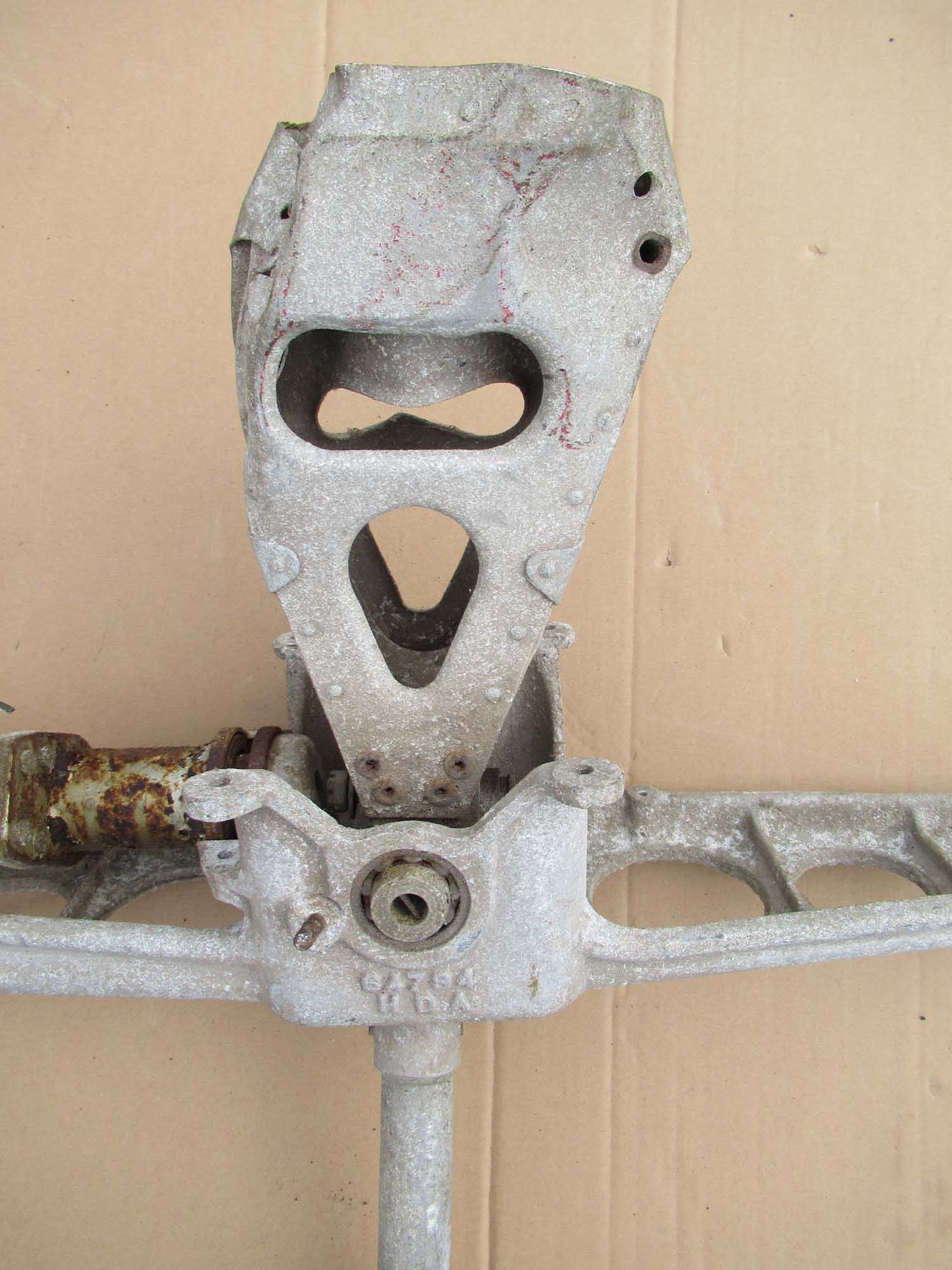
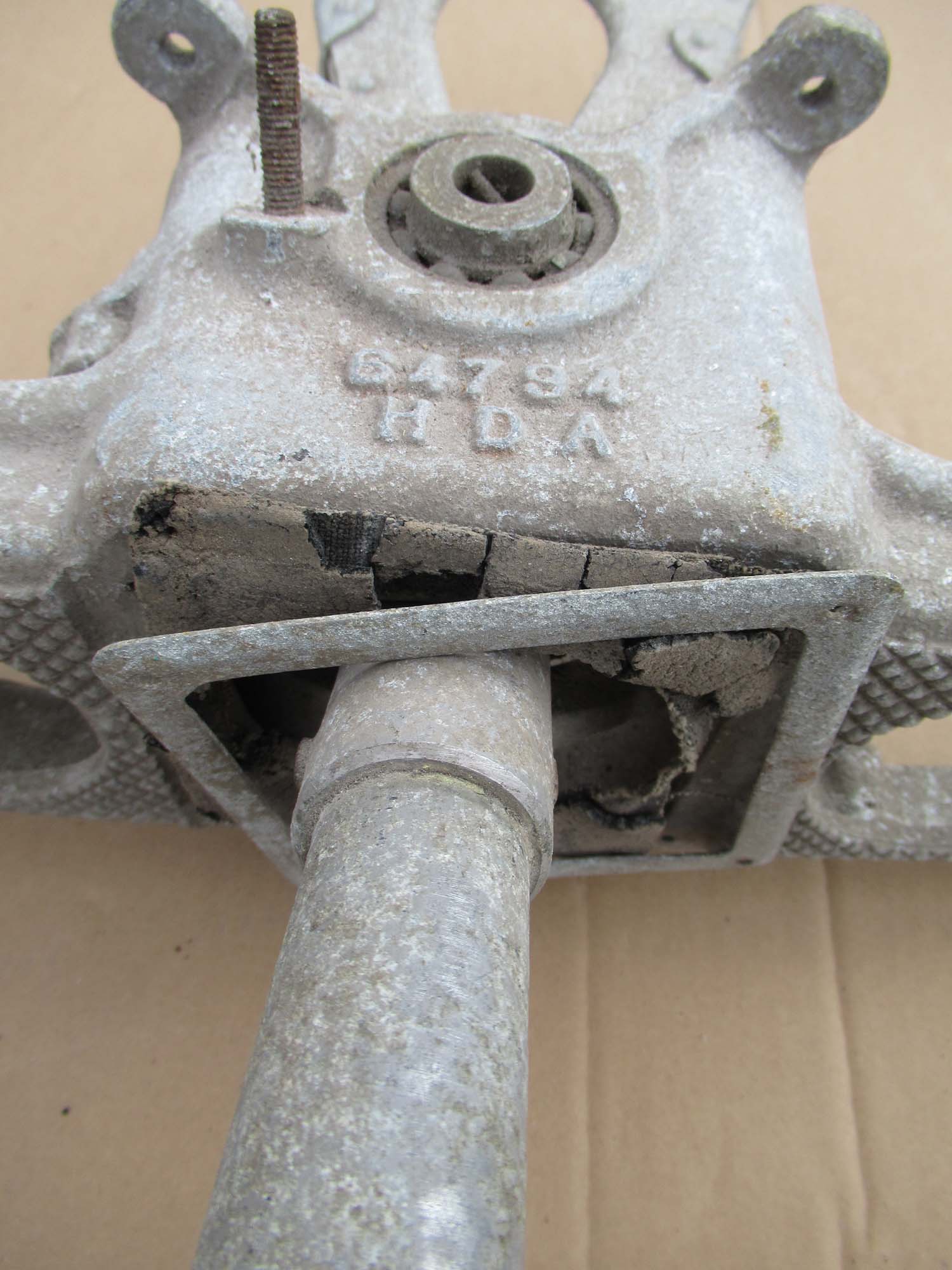
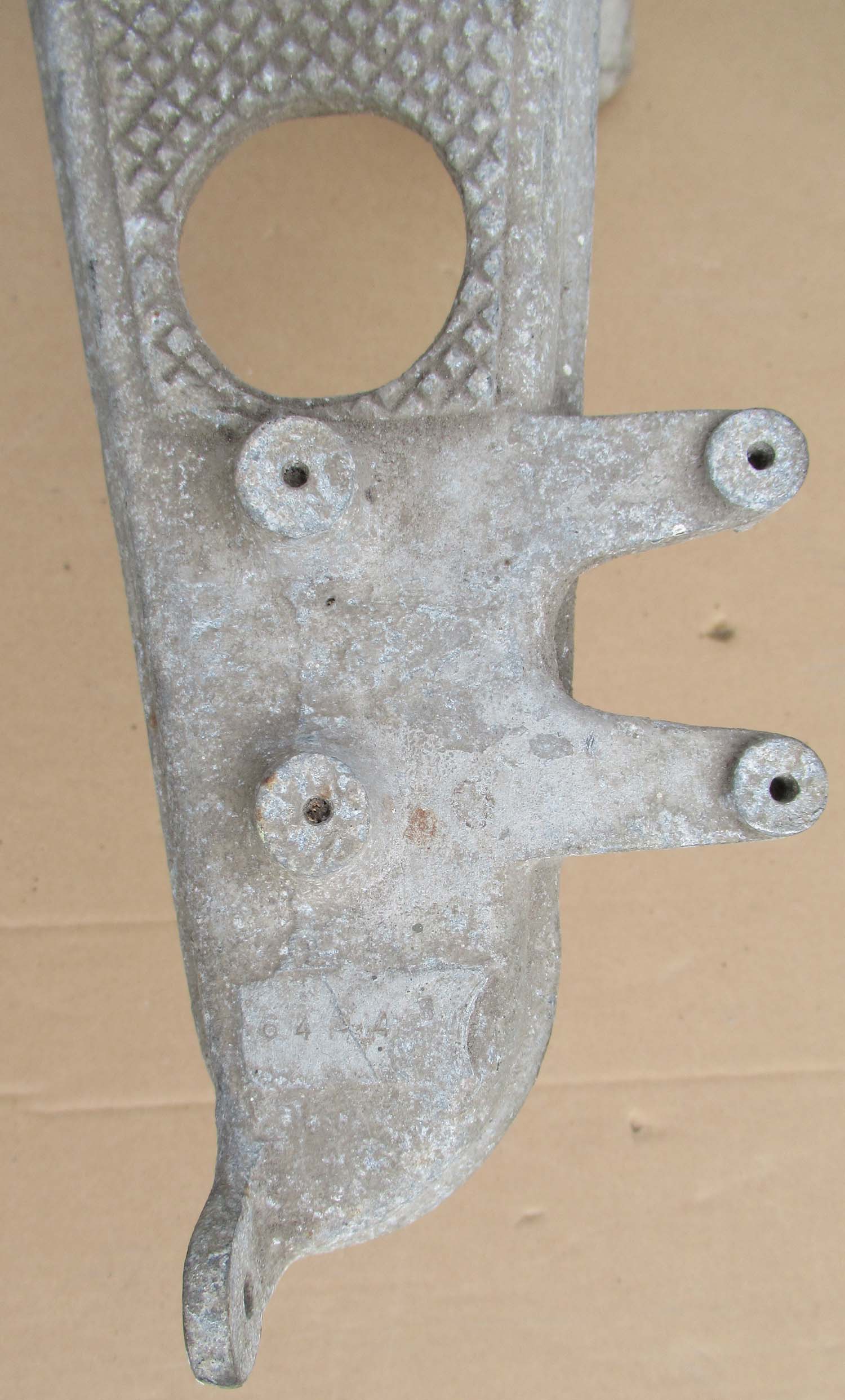
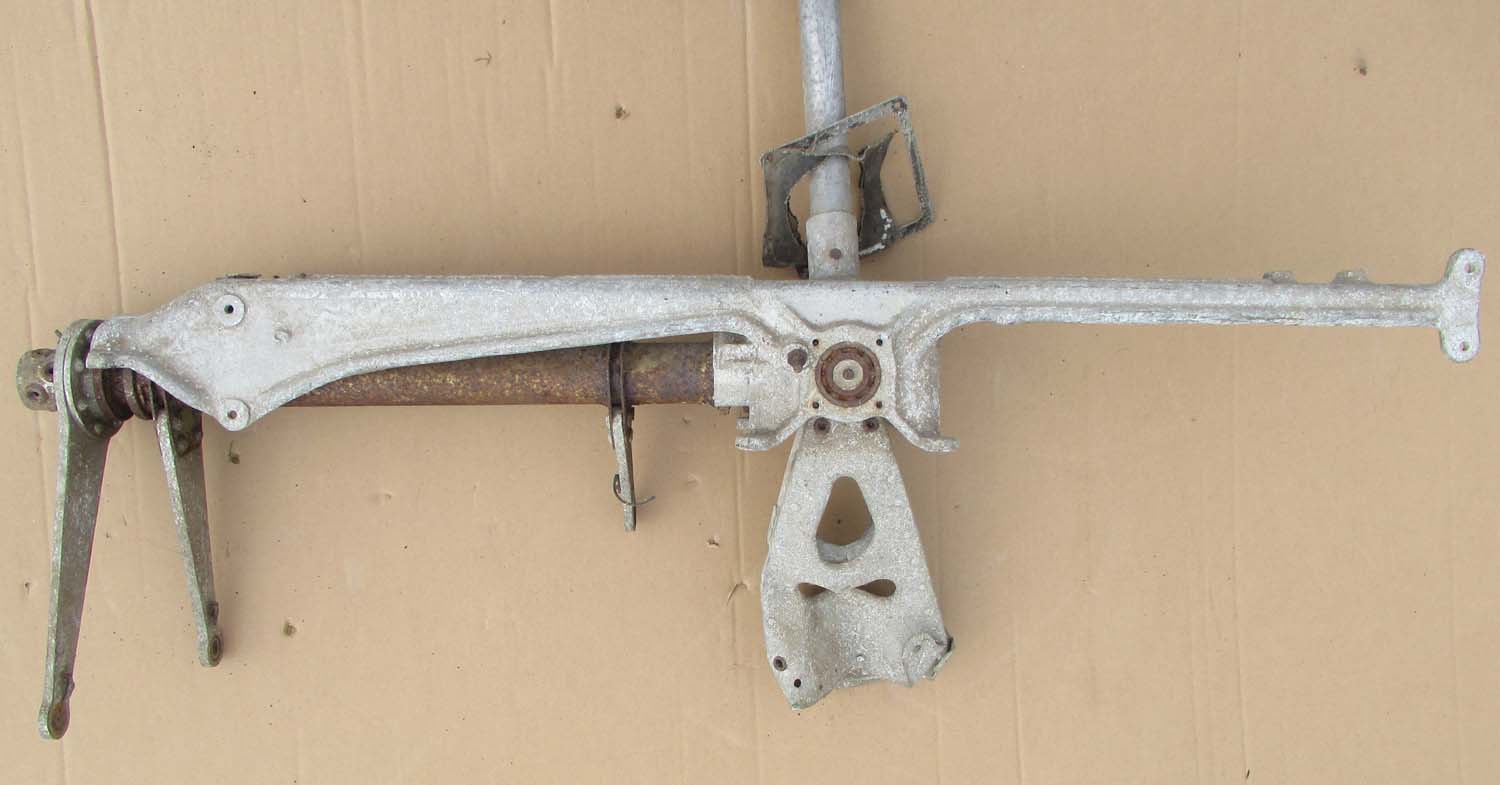
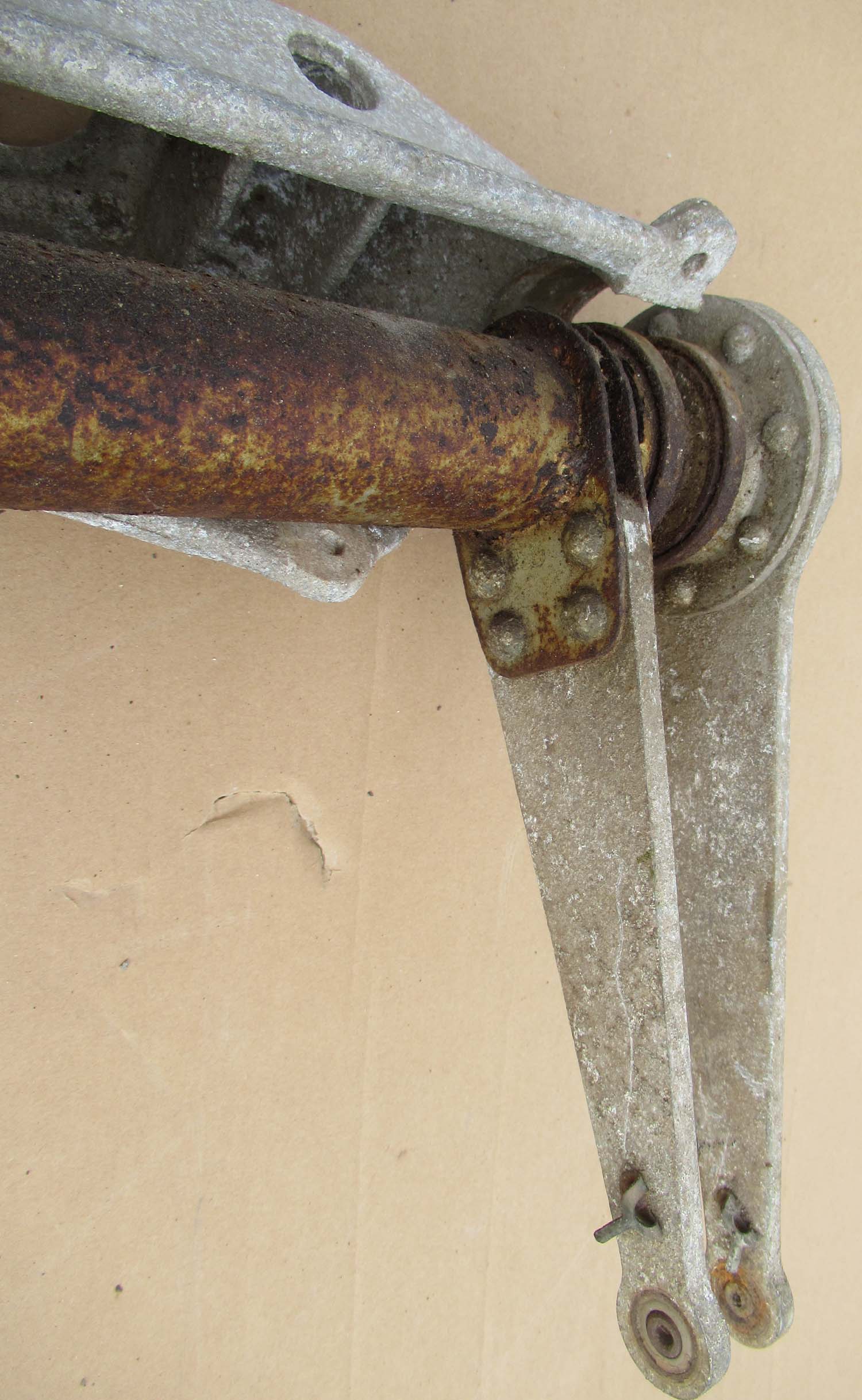
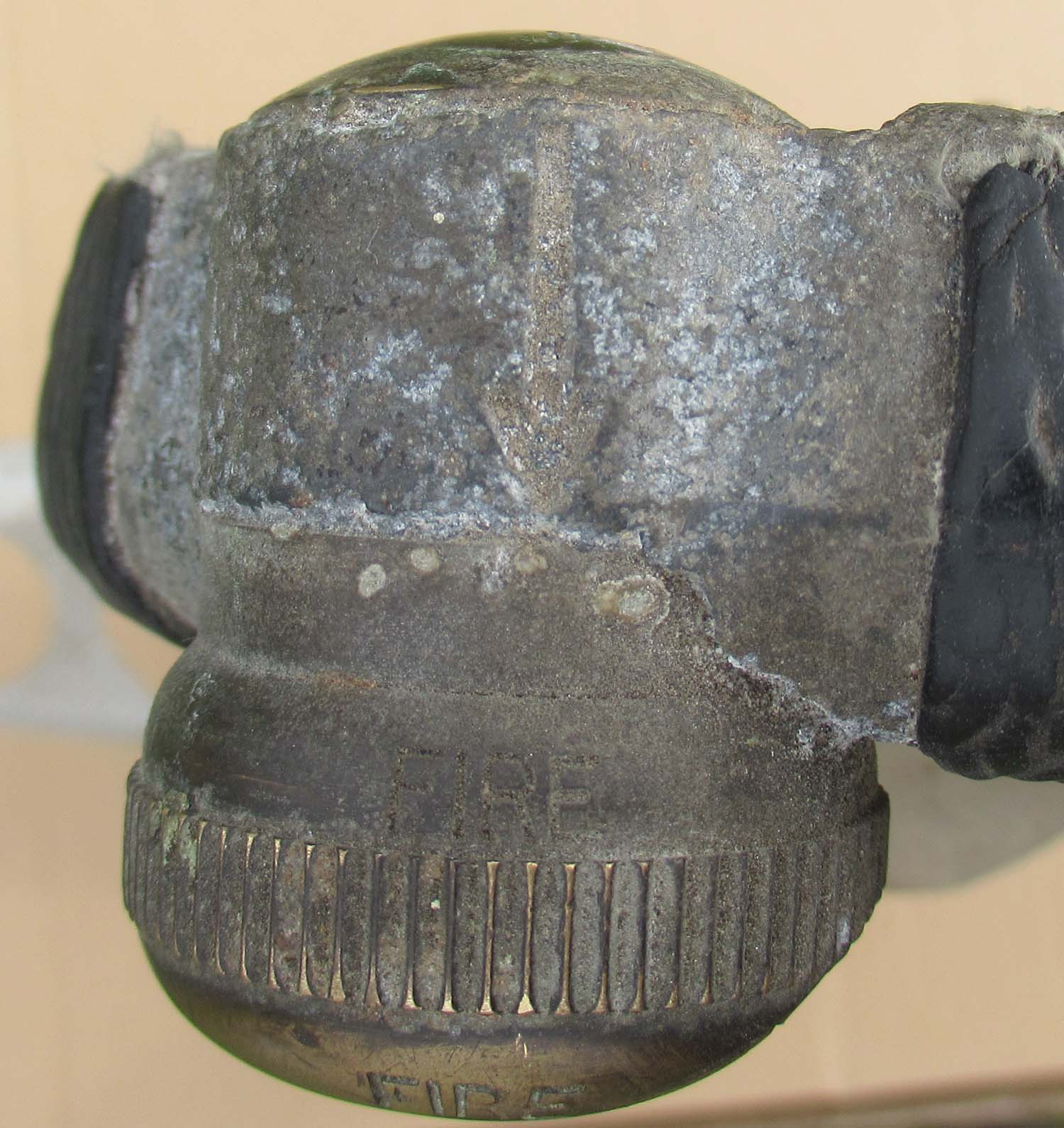
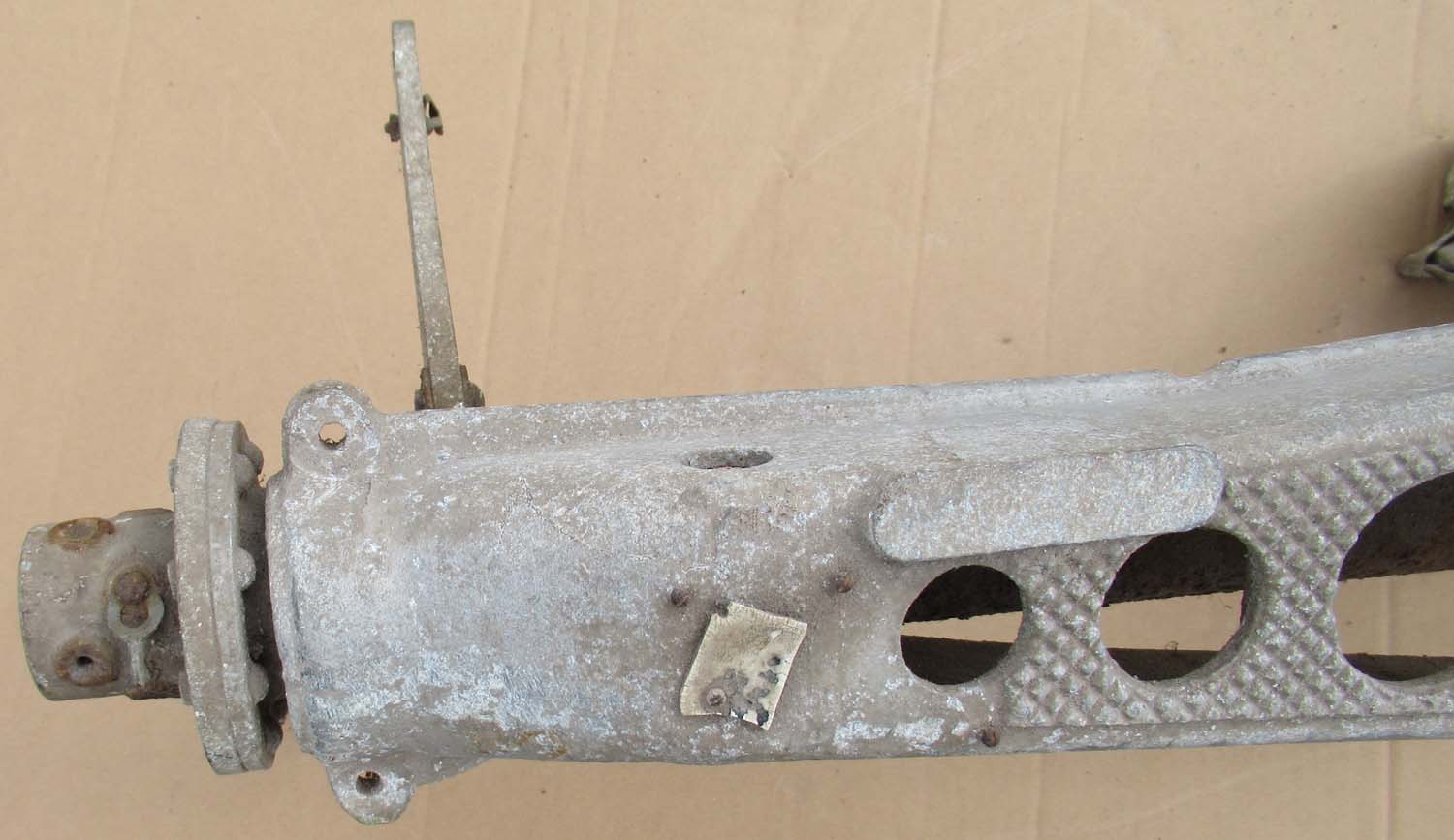
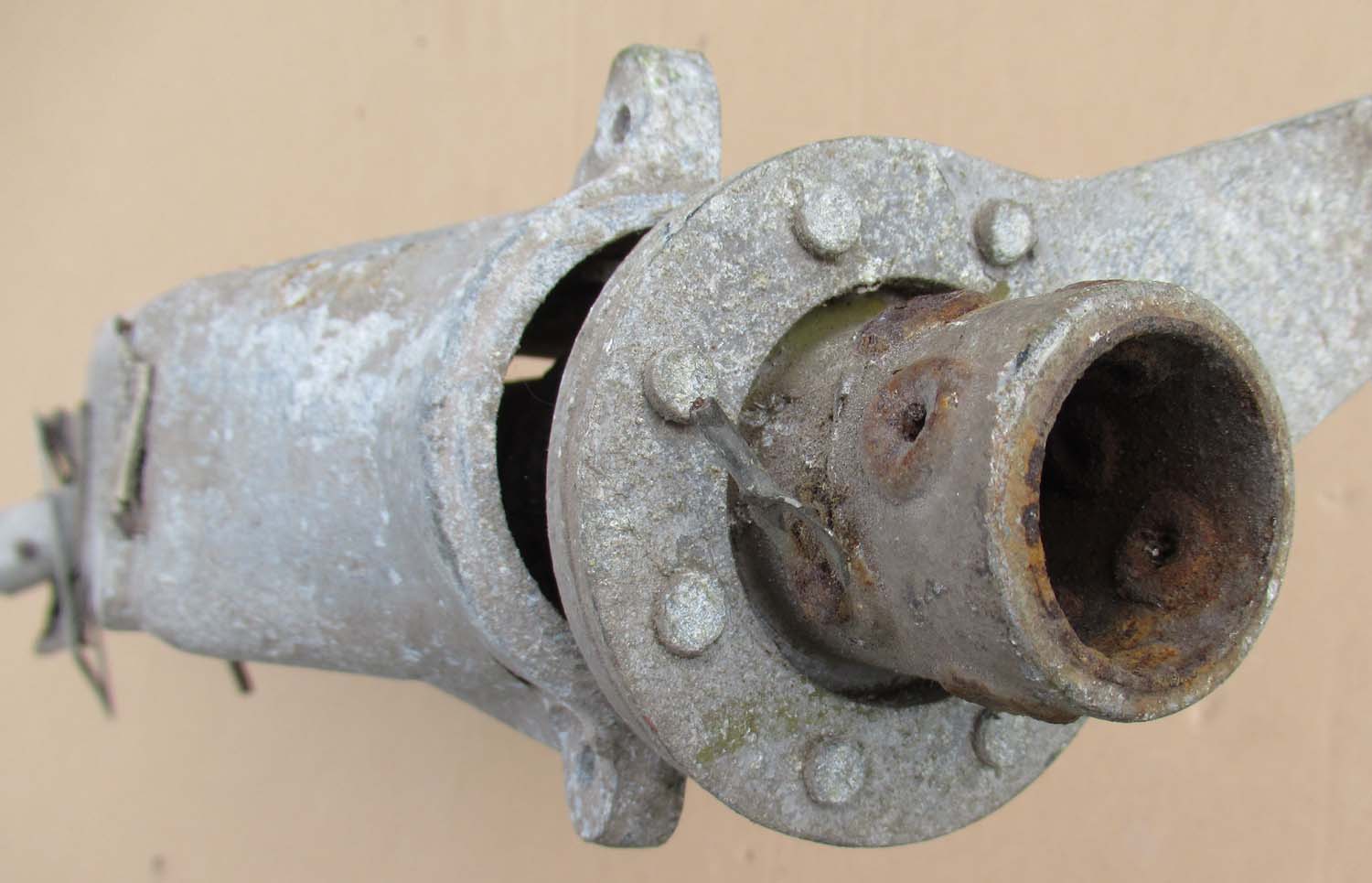
£3995


Overseas buyers please contact me for shipping cost
|
|
Click on the picture's to
enlarge
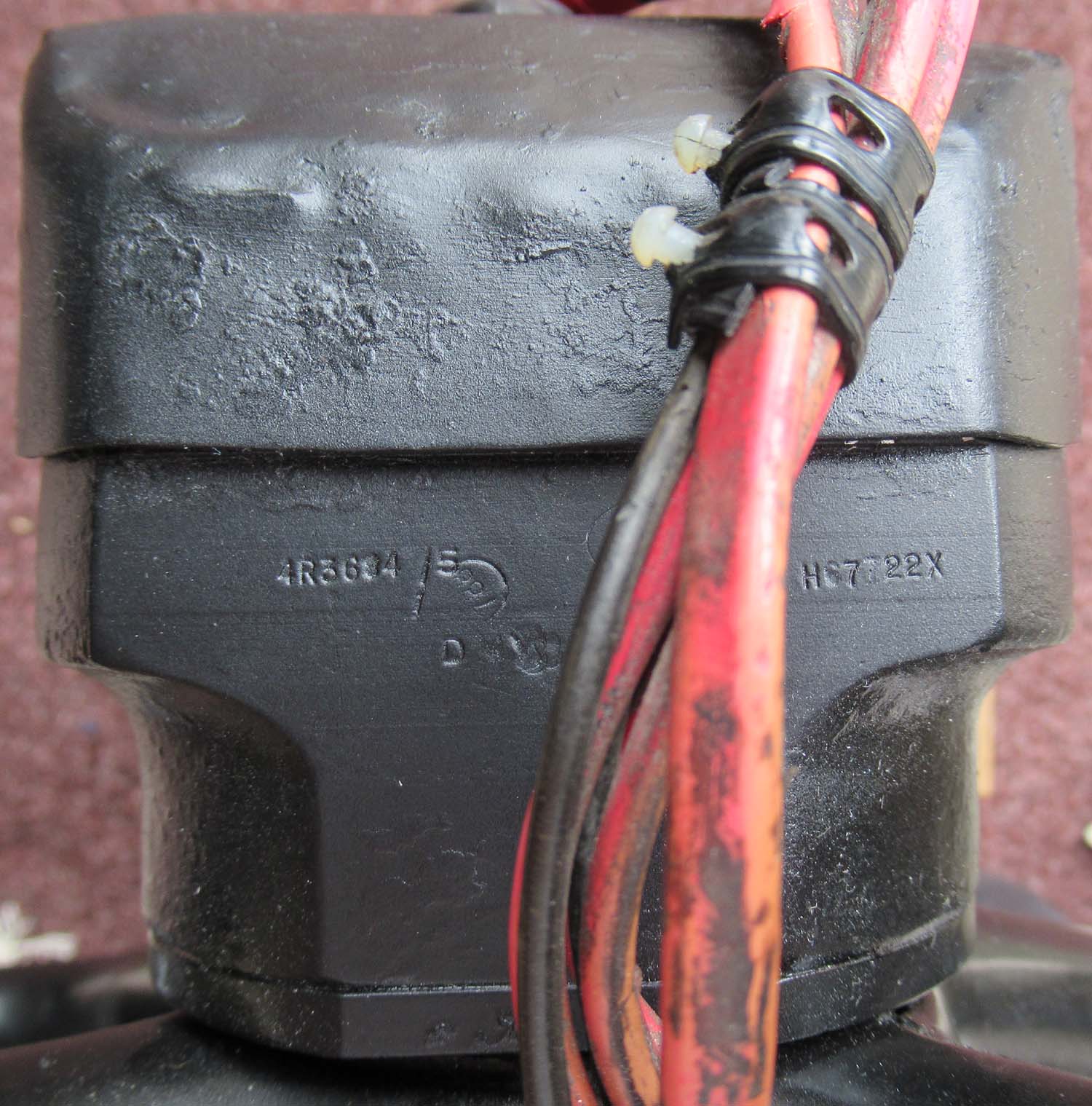
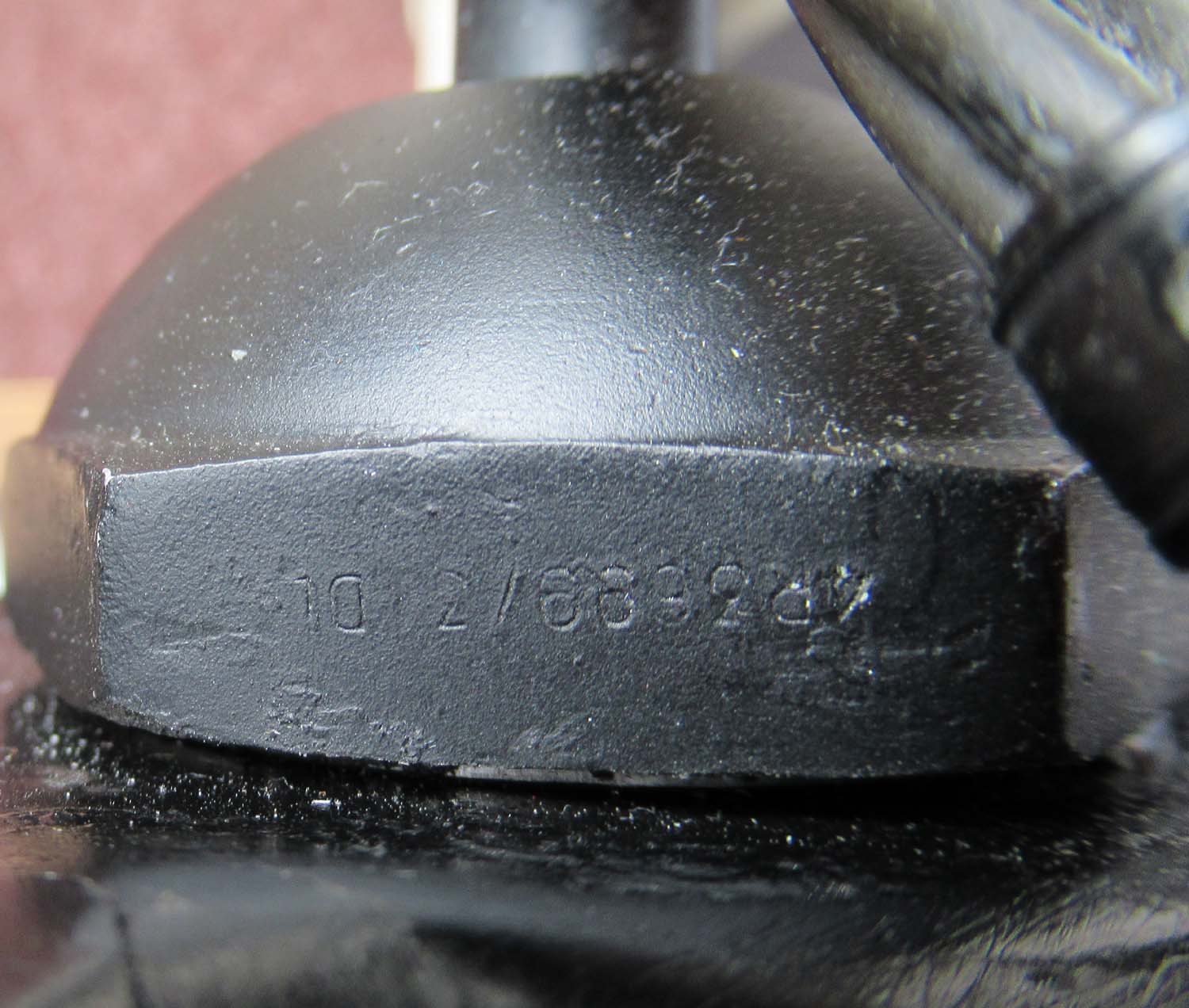
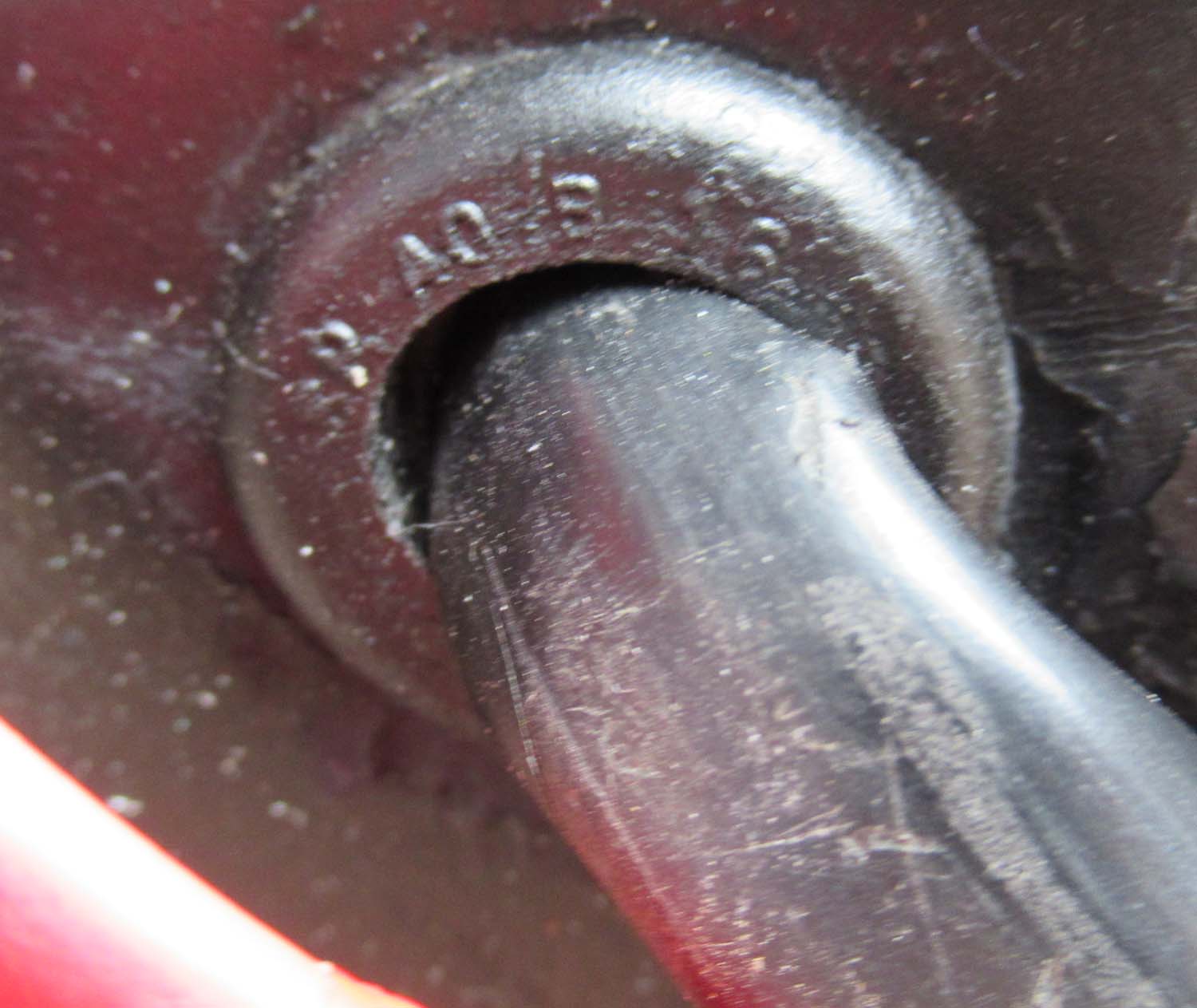
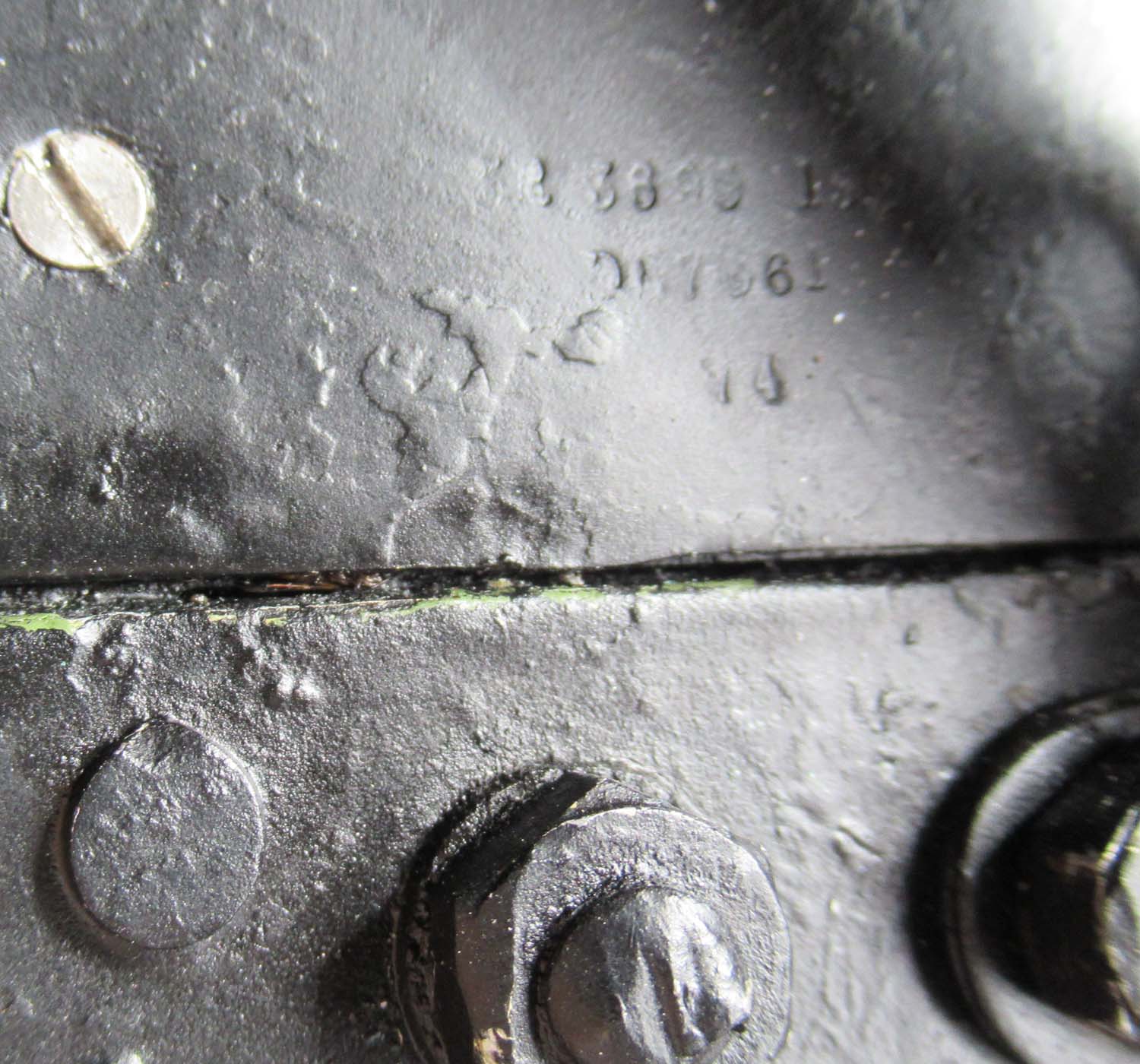
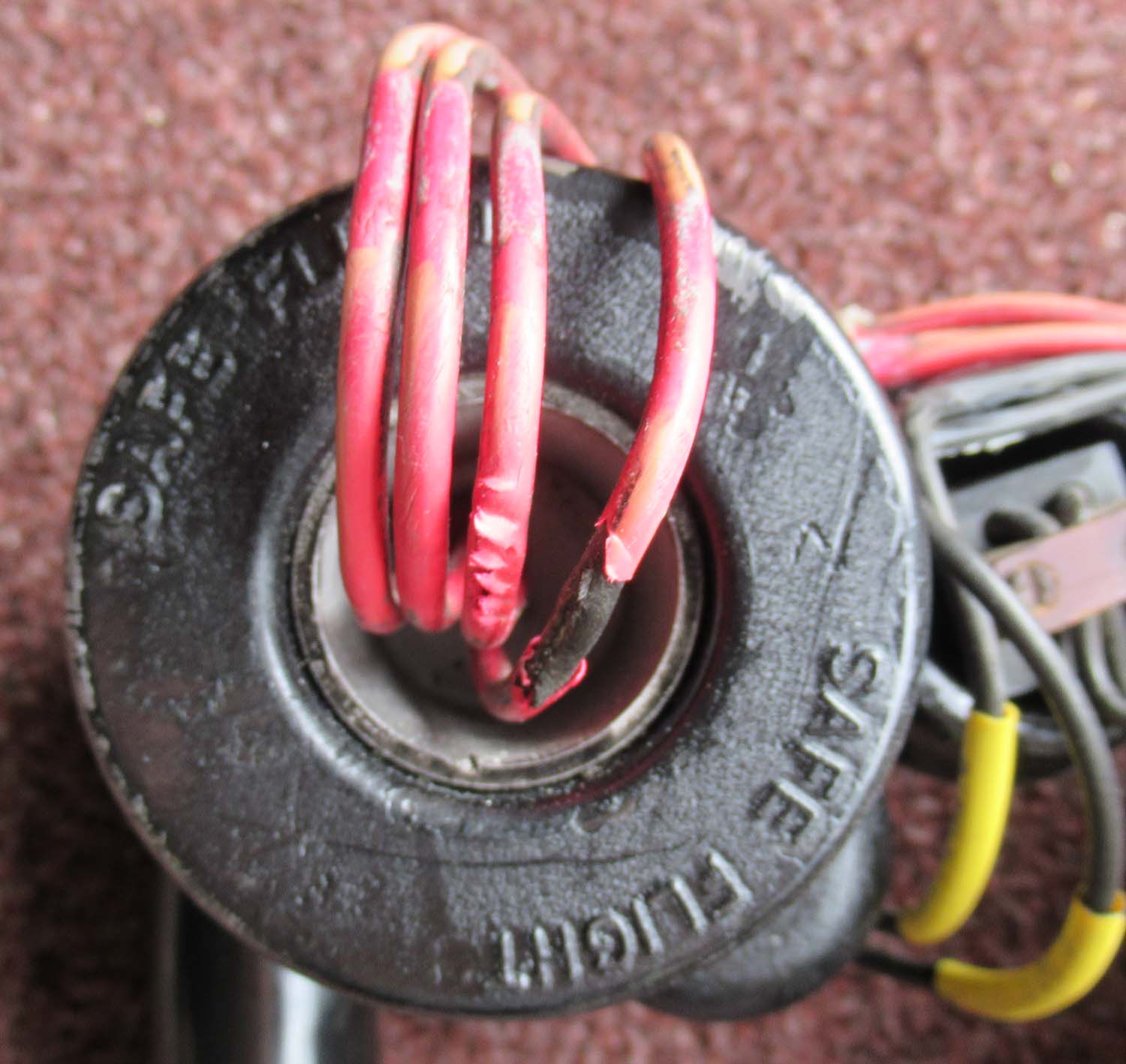
|
Avro Shackleton Control Yoke (Control Pg3 No 29 )
This is a
superb original Avro Shackleton control yoke, it is totally
original and comes with part of the control column all mounted
on a stand. The Yoke still has the control chains and springs
attached and re-centres
when released you will not find a better example.
The Avro
Shackleton was a British long-range maritime patrol aircraft (MPA)
which was used by the Royal Air Force (RAF) and the South
African Air Force (SAAF). It was developed by Avro from the Avro
Lincoln bomber, which itself had been a development of the
famous wartime Avro Lancaster bomber.
The Shackleton was developed during the late 1940s as part of
Britain's military response to the rapid expansion of the Soviet
Navy, in particular its submarine force
Click on the picture's to
enlarge
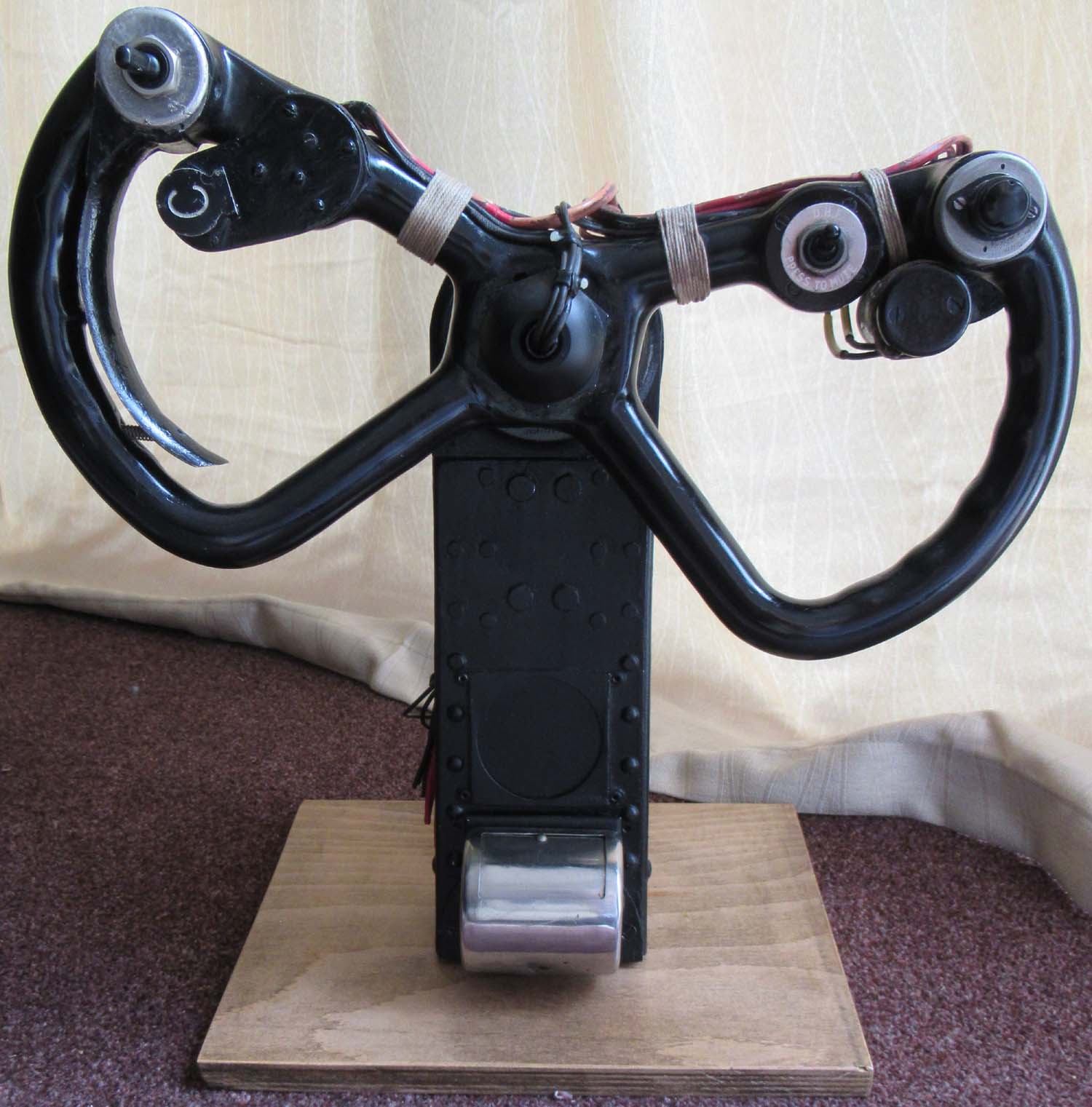
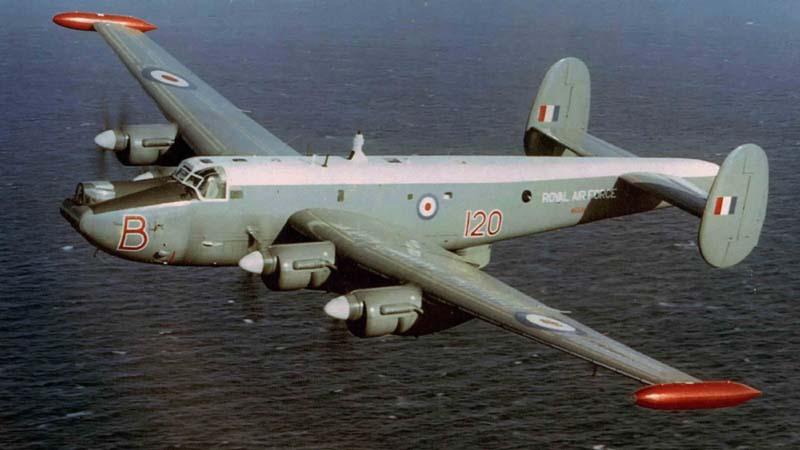
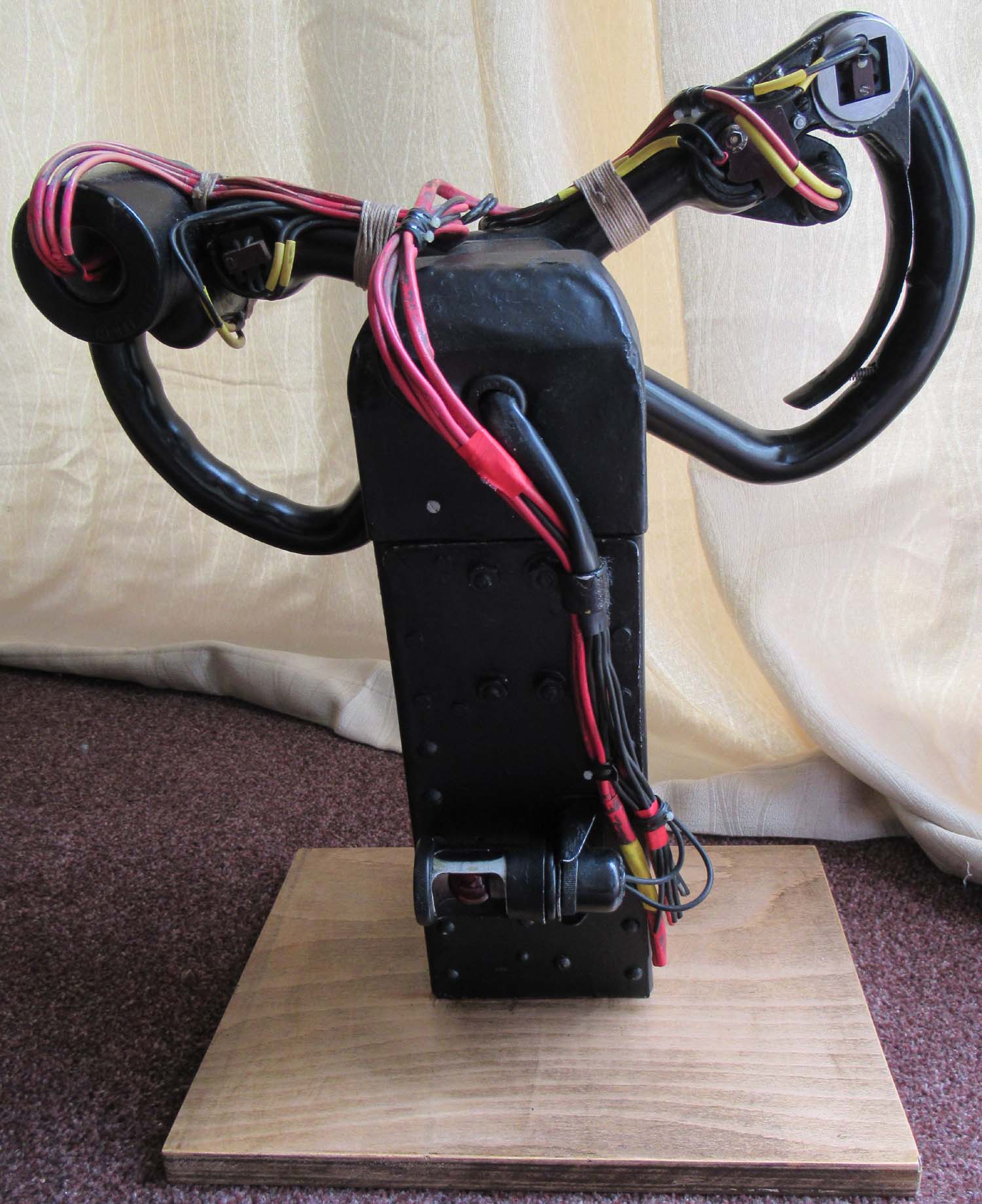
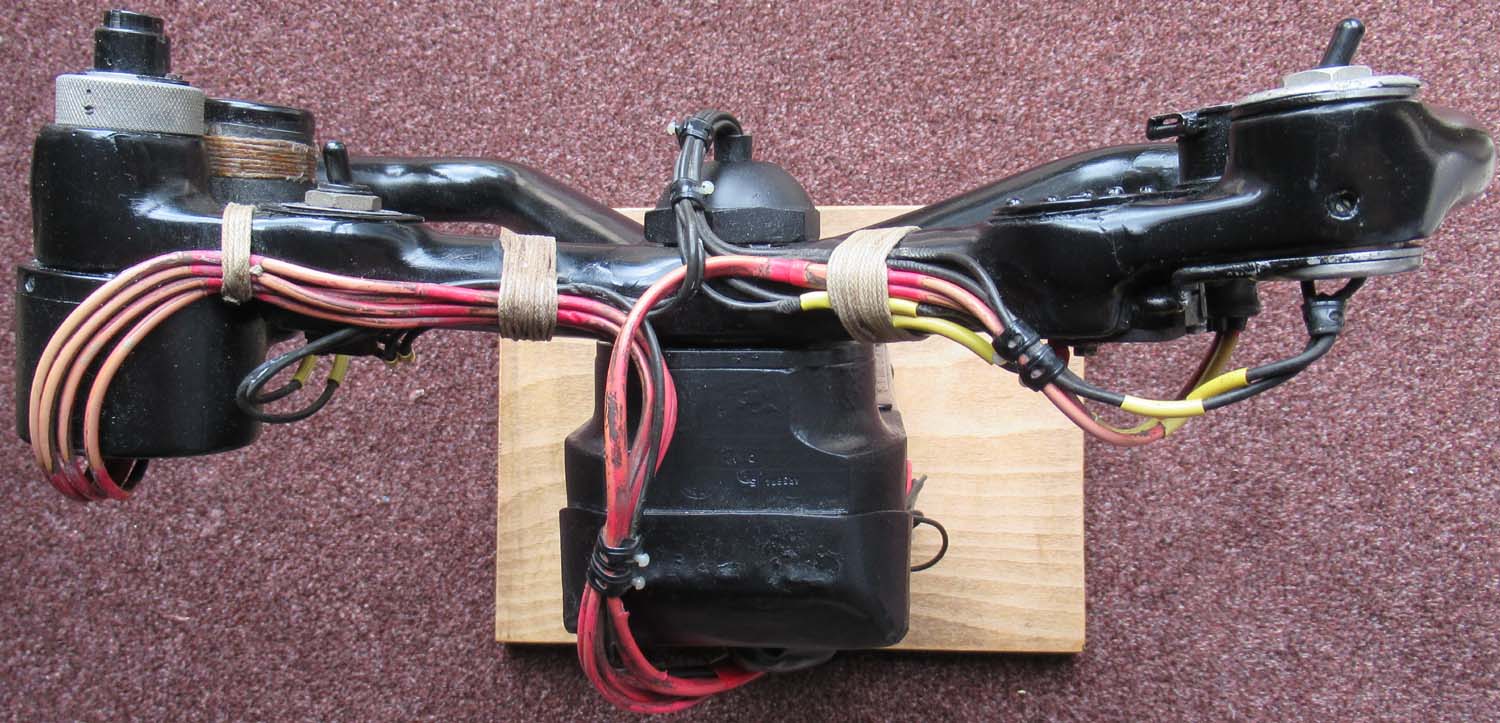
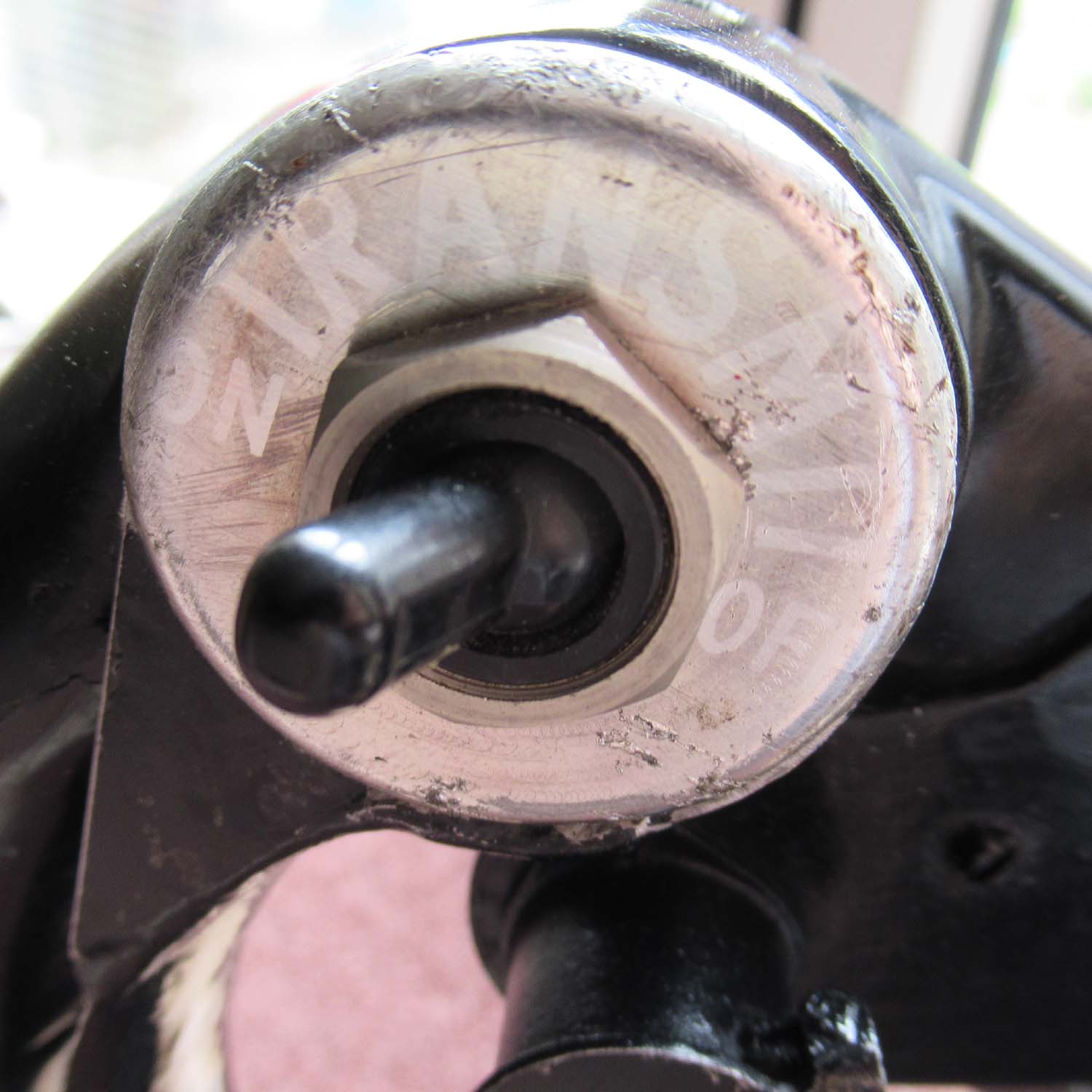
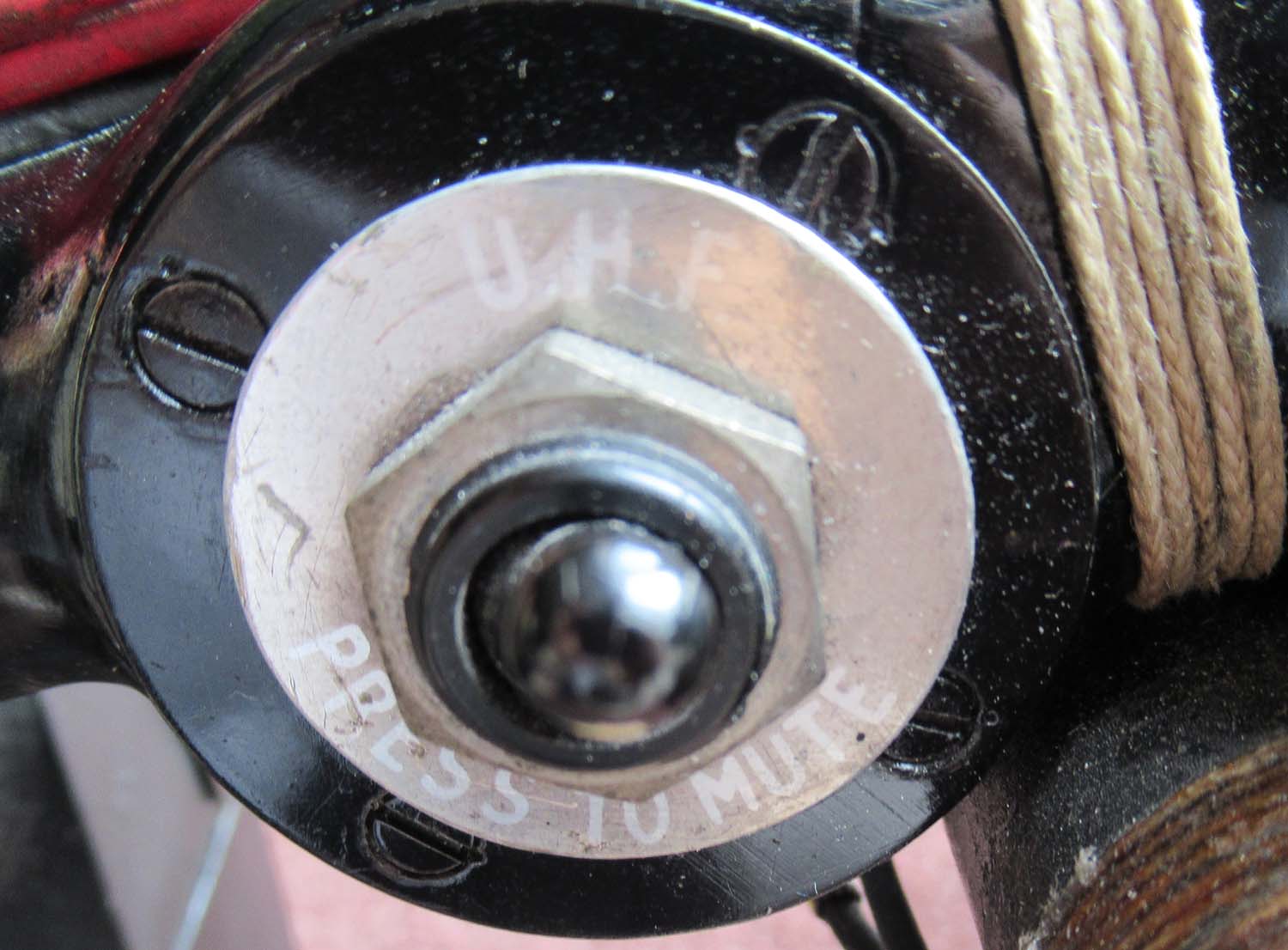
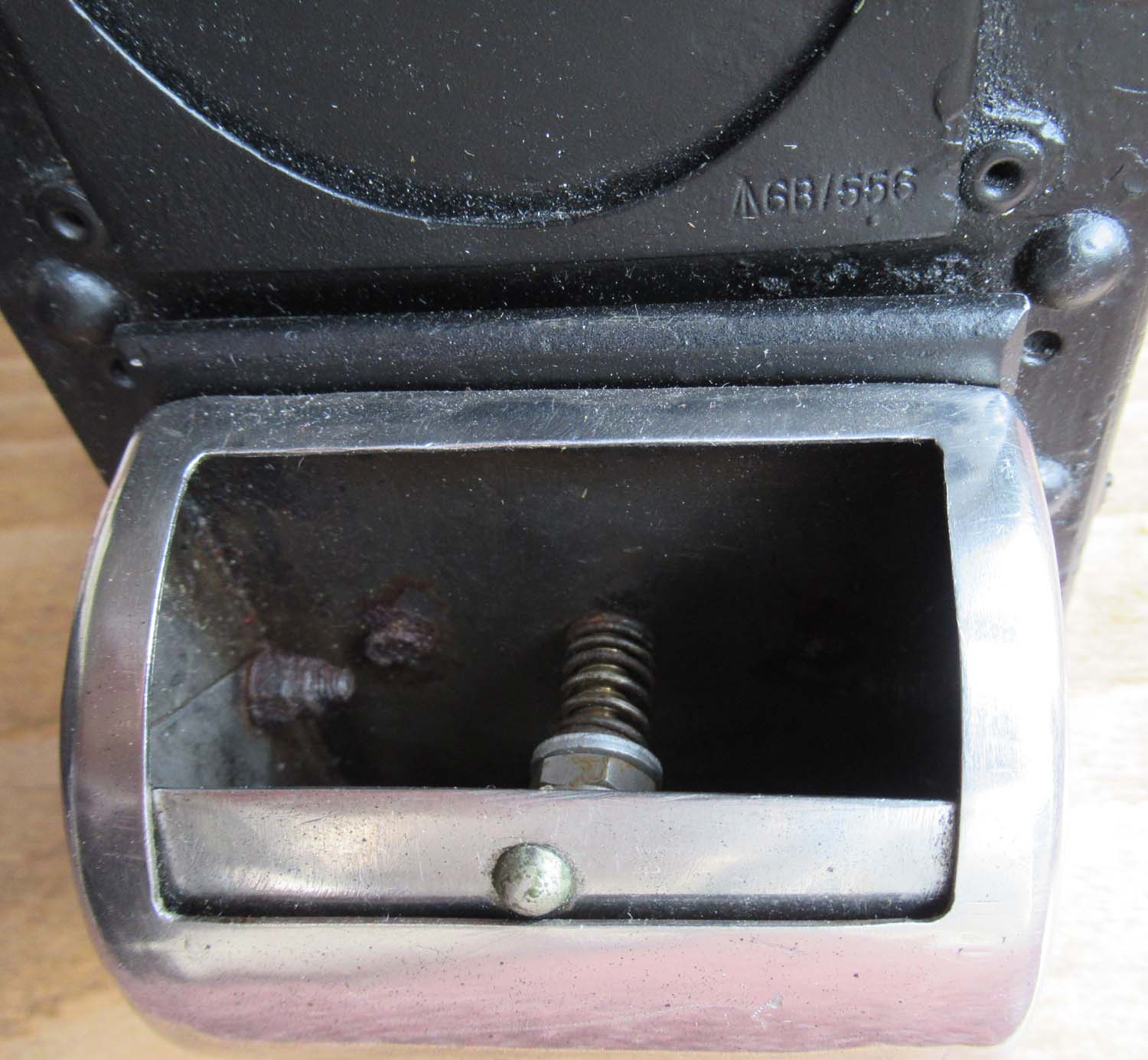
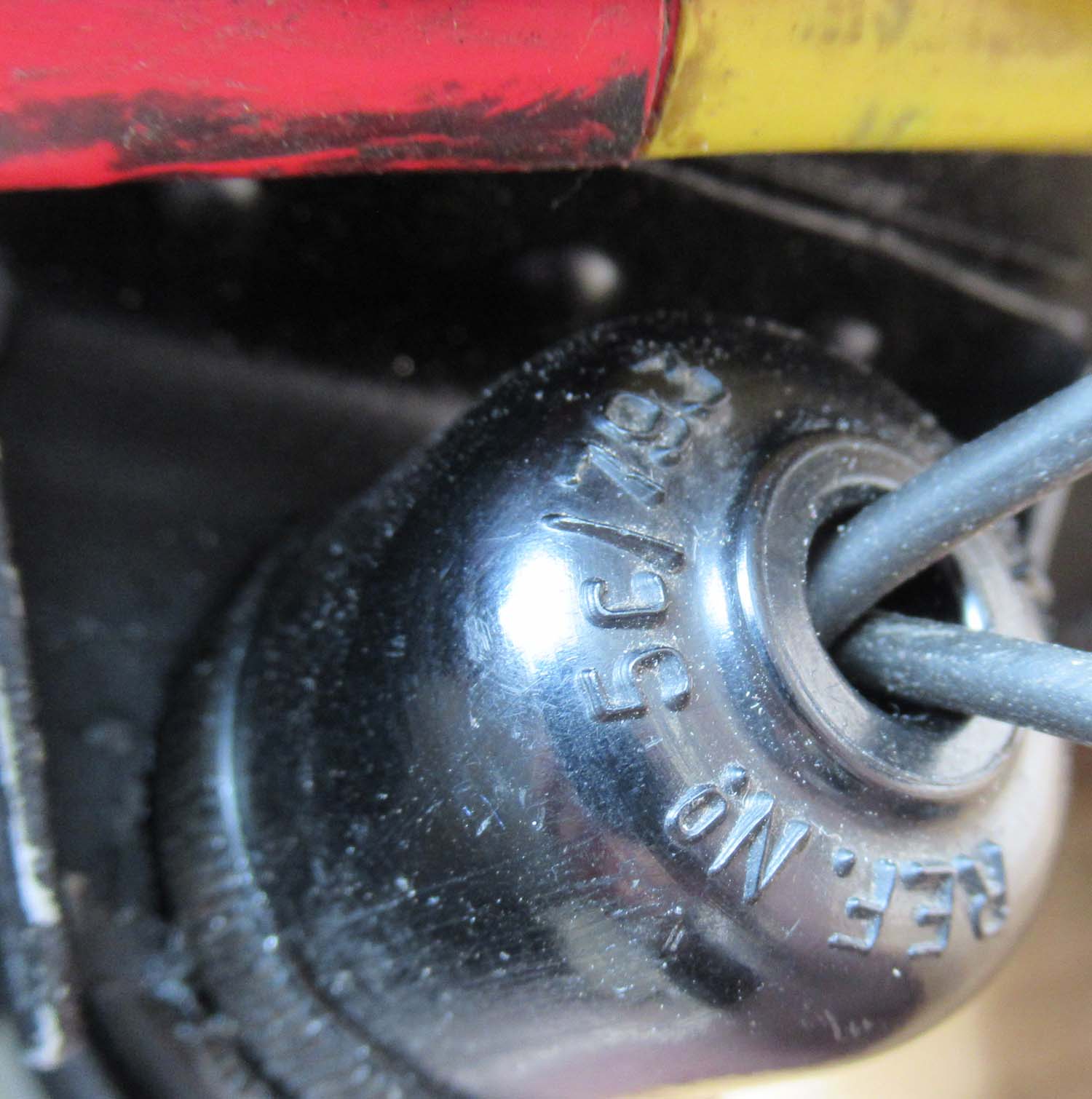
Overseas buyers please contact me for shipping cost
Out of stock
|
|
Click on pictures to enlarge




|
McDonnell Douglas F-4
Phantom Control Grip (Cont pg3 No 31)
Here is a control grip from a
Phantom, not something we would usually sell but the Phantom
is a Jet aircraft that has allot of combat history and was
an exceptional aircraft and still retains some of the
qualities of the second World War fighters.
The grip is in good original
condition with all the buttons functional.
The Phantom is a large
fighter with a top speed of over Mach 2.2. It can carry more
than 18,000 pounds (8,400 kg) of weapons on nine external
hard points, including air-to-air missiles, air-to-ground
missiles, and various bombs. The F-4, like other
interceptors of its time, was initially designed without an
internal cannon. Some later models incorporated an internal
M61 Vulcan rotary cannon. Beginning in 1959, it set 15 world
records for in-flight performance, including an absolute
speed record and an absolute altitude record.
The F-4 was used extensively during the Vietnam War. It
served as the principal air superiority fighter for the U.S.
Air Force, Navy, and Marine Corps and became important in
the ground-attack and aerial reconnaissance roles late in
the war. During the Vietnam War, all five American
servicemen who became aces – one U.S. Air Force pilot, two
weapon systems officers one U.S. Navy pilot and one radar
intercept officerdid so in F-4s.The F-4 continued to form a
major part of U.S. military air power throughout the 1970s
and 1980s, being gradually replaced by more modern aircraft
such as the F-15 Eagle and F-16 Fighting Falcon in the U.S.
Air Force, the F-14 Tomcat in the U.S. Navy, and the F/A-18
Hornet in the U.S. Navy and U.S. Marine Corps.
326502
Serial
No:1327-PE
P/N G56679
Click on pictures to enlarge

 


£395


|
|
Click on pictures to enlarge




|
Meteor Control Grip (Cont pg3 No 30)
Here is a control grip in
really good condition from a Gloster Meteor.
The Gloster
Meteor was
the first British jet
fighter and
the Allies'
only jet
aircraft to
engage in combat operations during the Second
World War.
The Meteor's development was heavily reliant
on its ground-breaking turbojet engines.
The Meteor first flew in 1943 and commenced operations on 27
July 1944 with No.
616 Squadron RAF.
Several major variants of the Meteor
incorporated technological advances during the 1940s and
1950s. Thousands of Meteors were built to fly with the RAF
and other air forces and remained in use for several
decades.
Click on pictures to enlarge
 



Out of
stock more always wanted please
contact me.
|
|
Click on
pictures to enlarge them


 |
Harvard Control
Column (Cont pg3 No 28)
Here is an original control
column top the peace that the spade grip attaches to in
good original condition.
Click on
pictures to enlarge them



£225

 |
|
Click on
pictures to enlarge them


 |
Mosquito brake
lever (Cont pg3 No 27)
Here is an original brake
lever from a Mosquito yoke appears to be unused new old
stock.
£250

 |
|
Click on
pictures to enlarge them

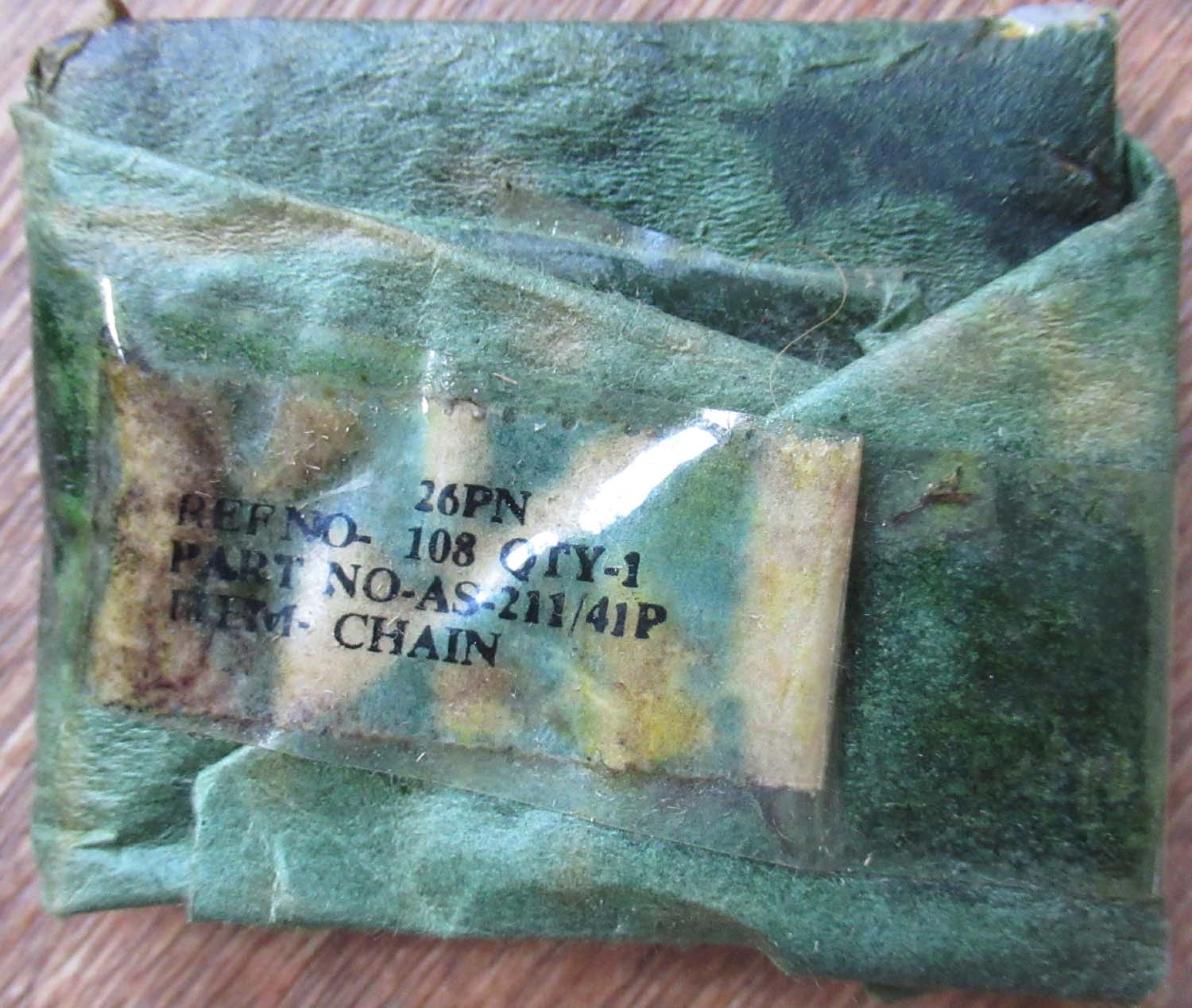 |
Percival Provice T1 Chain (Cont pg3 No 26)
Here we have a chain from Percival Provice T1. New old
stock.
Click on
pictures to enlarge them
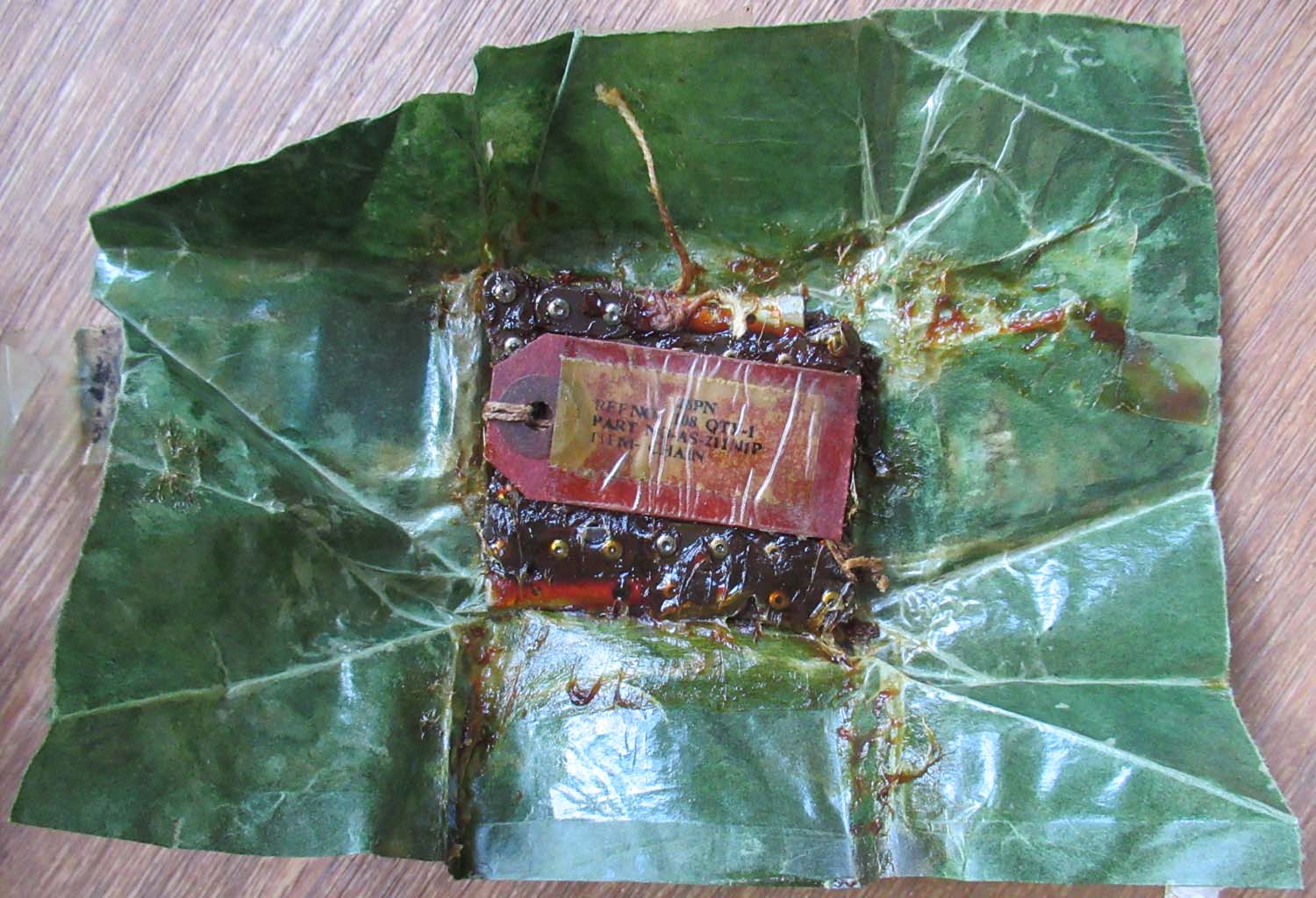
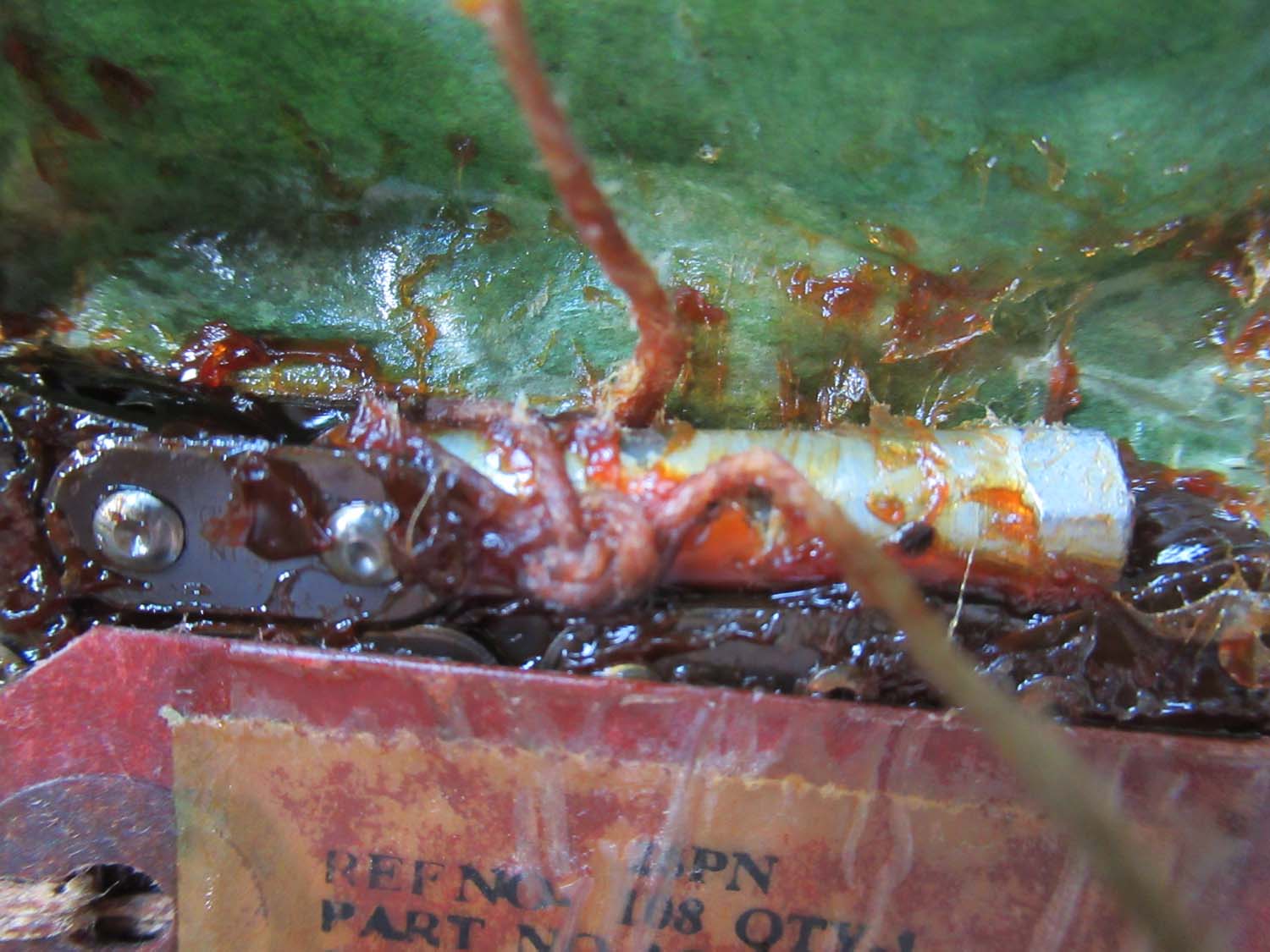
£30

 |
|
Click on the
picture's to enlarge them.
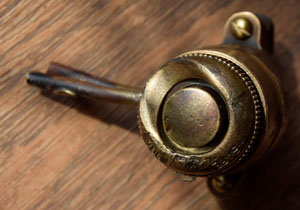
Available in armaments page 2 click on
this link to be take to the correct page |
Avro Anson Original brass Gun Button (pg2 arm)
Here we have an original brass gun button. Used in many RAF
Fighters including early Spitfires and Hurricanes. This
button is extremely unusual and its the first one I have
ever seen. It contains the standard brass gun button but
has a brass mounting bracket made specifically for the Avro
Anson . The gun button is marked AHO
5239 and the bracket has two numbers AHO 4471 and AHO 5438.
Its in good original condition the safety ring moves but the
button will not depress.

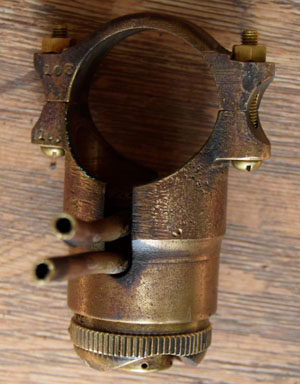
|
6|
Click on the
pictures to enlarge them.
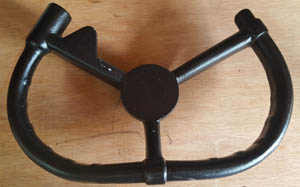
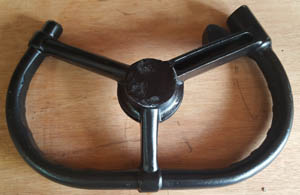 |
Reproduction Lancaster yoke (Cont pg3 No 24)
Here we have a Lancaster yoke reproduction. It is cast in sold
alloy and is quite heavy. It is however solid so will take any
amount of punishment if you were to modify for a simulator or
cockpit. If you want to fit it to a column or fit a brake lever
it is going to require more work as a wall hangar it is perfect.
£350


Overseas buyers please contact me for shipping cost |
|
Seen here in
situ
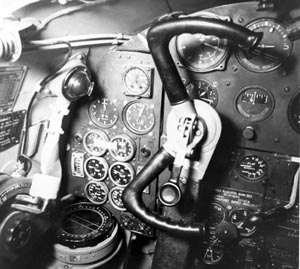 |
Mosquito Brake lever (Cont
pg3 No
23) Mint condition unused in
original packaging and grease a Mosquito brake lever as
fitted to the Pilots control yoke.
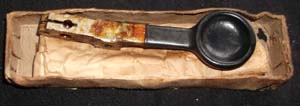
£275


|
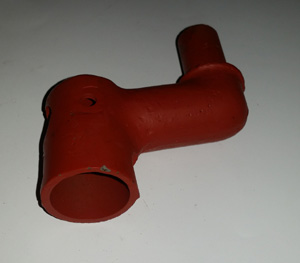
Click on the picture's to
enlarge
|
Hurricane Control Column Part 7 (Cont pg3 No 22)
Here we have
a Control Column Lower Crank
£125


|

Click on the picture's to
enlarge
|
Hurricane Control Column Part 6 (Cont pg3 No 21)
Here we have
a Control Column
Aileron Tube Fork (Front End)
£125


|
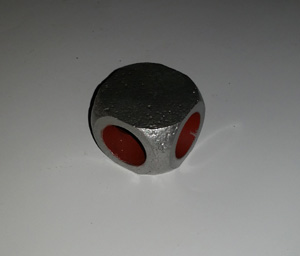
Click on the picture's to
enlarge
|
Hurricane Control Column Part 5 (Cont pg3 No 20)
Here we have
a Control Column Universal Joint Insides
£125


|
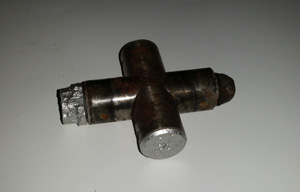
Click on the picture's to
enlarge
|
Hurricane Control Column Part 4 (Cont
pg3 No 19)
Here we have
a Control Column Universal Joint
£125


|
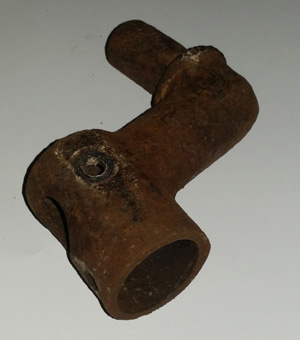
Click on the
picture to
enlarge
|
Hurricane Control Column Part 3 (Cont
pg3 No 18)
Here we have
a Control Column Lower Crank
£295


|
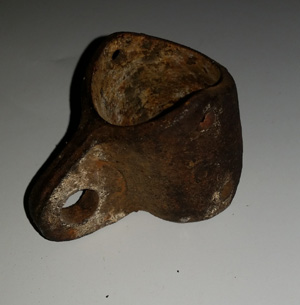
Click on the
picture to
enlarge
|
Hurricane Control Column Part 2 (Cont
pg3 No 17)
Here we have
a Control Column Elevator Control Bracket
£295


|
Click on the
pictures to enlarge



£1995


|
KG 13 ME 163 Reproduction
grip (Cont pg3 No 14)
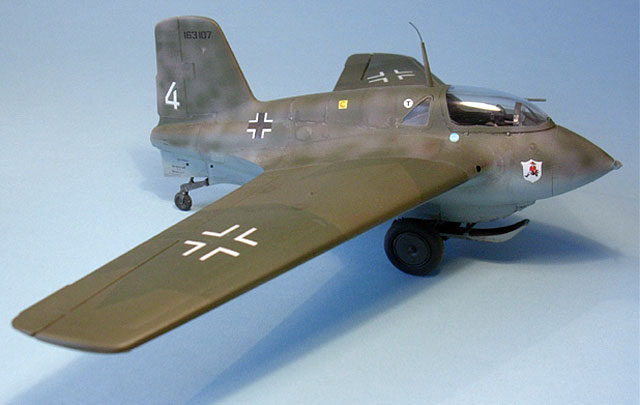 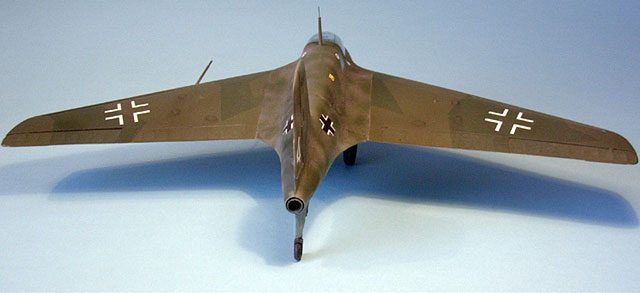
Messerschmitt Me 163 B1 Komet rocket fighter
This grip
has quite a story to it, I bought this over ten years ago as the
real thing only to find out it was not what it appeared to
be and had been made to look like an ME 163 Grip
.
Post war the
Russians re manufactured the KG 13 grip for use on Migs .
You can
spot these from the original Luftwaffe ones because they
have a red primer under the black paint, they have a brass
rather than alloy terminal block and they lack the original
data plate.
When I
bought this it had a bunch of numbers painted on it which
was the forger Daniel Potts then from Plymouth known as
superfeedback on eBay biggest mistake as they related to the
BF 109 and FW 190. I have removed all of these numbers and
the grip and left the red primer showing.
I paid a
great deal of money for this and it has sat on my desk for
the last ten years to remind me to carry out due diligence
when buying parts.
So I am
selling this as a reproduction although all the parts are in
fact original factory parts.
The
grip itself is Russian made for an early post war Mig.
The Gun
buttons and other switches are original wartime Luftwaffe
parts taken from the late BF 109 and FW 190.
So this is
without doubt the best replica you are likely to find.
I have
searched the internet and there is only one hopefully
original ME 163 grip currently for sale at £10,000.
I am
unable to find any Mig grips for sale but I think
considering the fact that these grips are certainly rare
even if Russian made I would treat it the same way as I
would a Yugoslavian made MG 42 or similar copied German
pattern parts made after WWII when pricing it.
Click on the
pictures to enlarge




Messerschmitt
Me 163 B1 Komet rocket fighter. It is a single-seat, single
engine swept wing tail-less rocket-powered interceptor
fighter aircraft.
The armament is 2 x Mk 108 30 mm cannon,
mounted on either side of the fuselage and firing through
the wing roots. The fuselage is constructed of aluminium.
The wings are constructed largely of timber. Thee power
plant is a Walter 109-509A hydrogen peroxide fuelled rocket
motor, which provided a maximum speed of 960km/h with an
endurance at maximum throttle of 8 minutes. This gave an
approximate operational range of 80 kms. Me 163Bs were first
introduced for operational use in July 1944 and were the
only operational rocket powered fighter of the Second World
War. The Me 163B caused concern among Allied daylight bomber
crews when it first appeared as its speed and heavy
firepower made it a potentially effective interceptor of
bombers. However the technical limitations of the aircraft,
the small number produced, fuel shortages and the difficulty
and danger of flying it, meant that its impact on the war
was minimal.
|
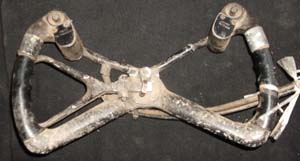
Click on the
pictures to enlarge them.
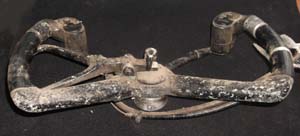
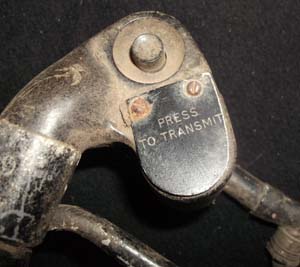
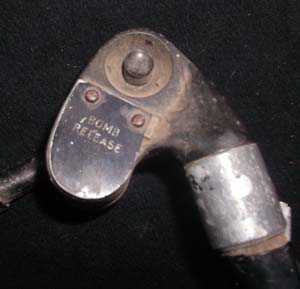
|
Percival Prince control yoke (Cont
pg3 No 12)
The twin-prop Percival Prince
was once regularly flown by World War Two flying ace Douglas
Bader during his days as a Shell pilot, and also flew
between Liverpool and London for the post War airline,
British Eagle.
The Sea Prince first flew on the 24th of March 1948. Two
variants were ordered by the Fleet Air Arm - one version was
to be used for communication and the other as a training
aircraft. this one is unusual in that it has bomb release
button and was probably used for torpedo training. A rare
grip for the collector in excellent condition as only 21 of
these aircraft were made for military use.
Click on the
picture to enlarge
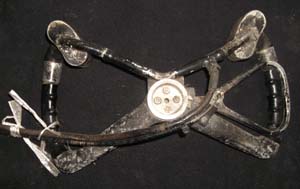
The twin-prop
Percival Prince
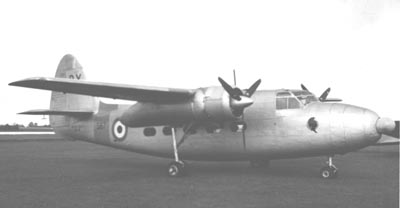
£900


|
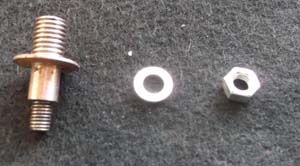
Click on the
pictures to enlarge them.
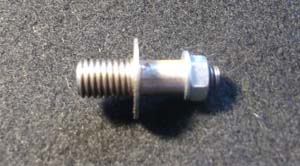 |
Brake grip attachment bolt (Cont pg3 No 11)
This is a bolt we have specially
made which connects the brake lever to spade grips. As an
example the Hurricane and Harvard shared a common grip the
Harvard did not have a brake lever as it had toe brakes. The
simple addition of the brake lever converts the grip to the Type
used in Hurricanes. These bolts do fit other spade grip types as
brake lever design seems to have been standard throughout the
range. Despite being small they are quite complex and
expensive to produce in small numbers.
£55 each


|
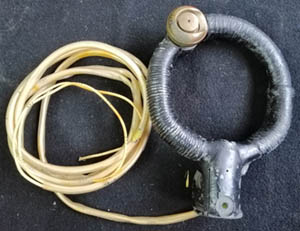 Click on
the pictures to enlarge them
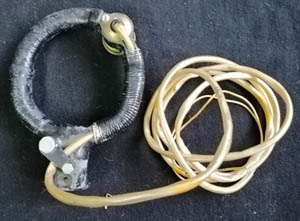
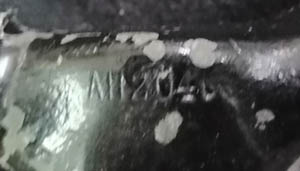
|
AH 2040 Spade grip (Cont
pg3 No 10)
This grip really is a bit of
a mystery.
The AH 2040 grip was used by
great many aircraft types including the Hurricane.
In all the
examples I have seen there was provision for a brake lever.
When I first got this
grip I was sure it was for a Harvard as the example above as
it had a firing button but no attachment for a brake lever.
This being the case it should
carry the reference number AH 2242 but it is clearly marked
AH 2040. In addition the Harvard appeared to use air powered
cocking and this one is clearly electrical.
For now its application is a
mystery all I can say is its for first AH 2040 Grip I have
seen without fittings for a brake lever.
AH2040
Out of
stock more always wanted please
contact me.
|
|
Click on the
Pictures to enlarge them.
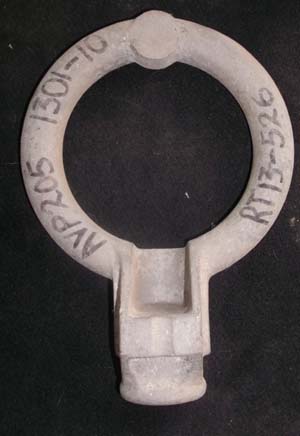
Click on the
pictures to enlarge them.

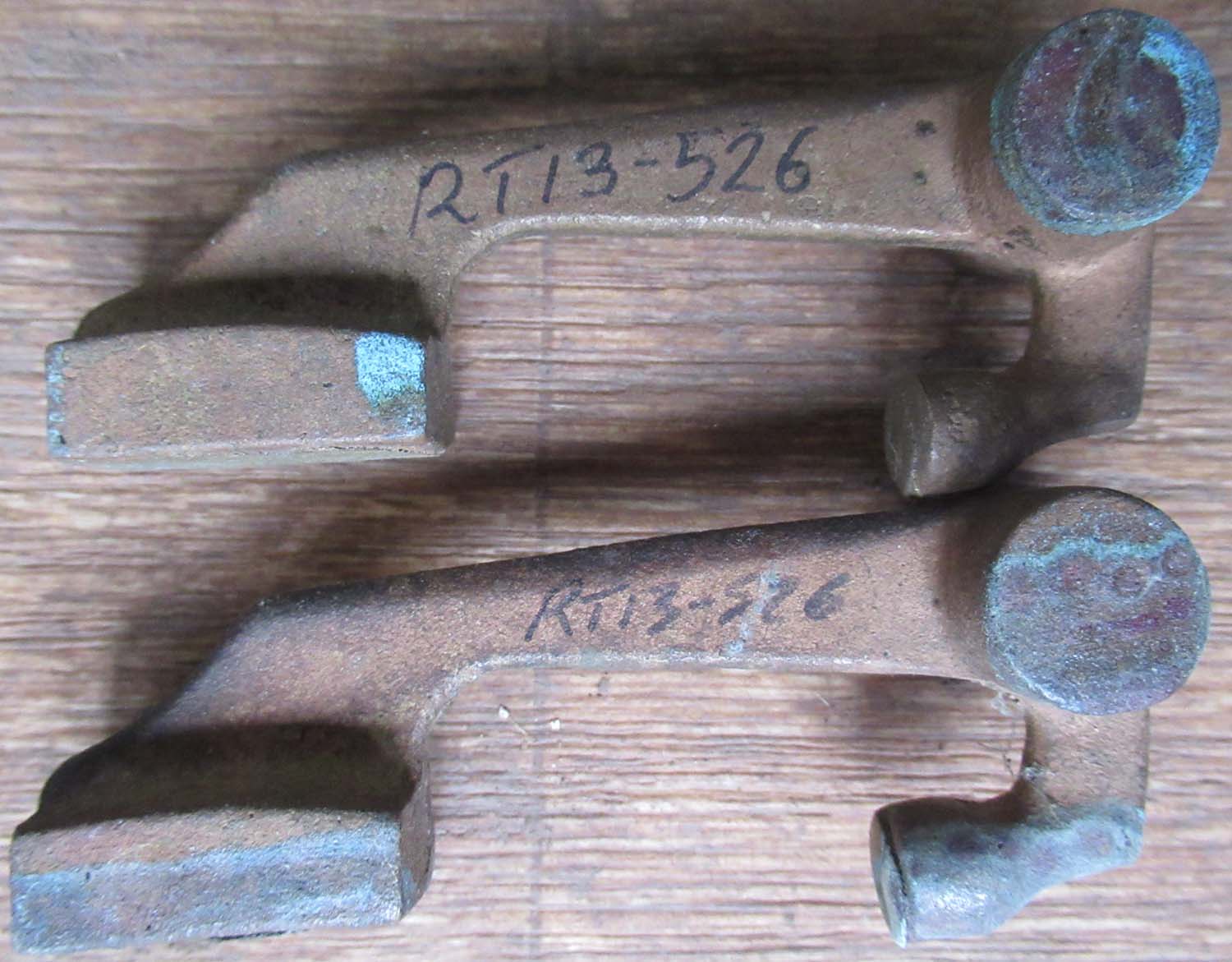 |
WWI RFC SE5A (Cont
pg3 No 8)
This is a reproduction spade grip made to flying quality as a
special order for a customer who did not complete the sale. The
grip and gun paddles will require maching to complete them.
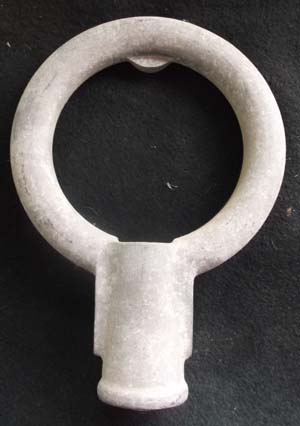 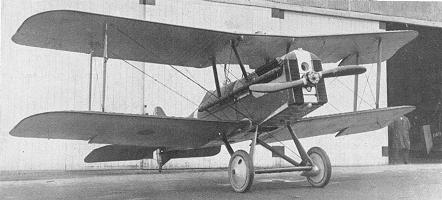
Click on the
pictures to enlarge them.
The SE5A was designed by British company R.A.F. (Royal
Aircraft Factory).S.E. - Scout experimental (single seat
fighters).
The target was to build a fighter around Hispano-Suiza
engine with 200 hp, which would be fast and have high climb
speed. To reach this target engineers had to settle on a
compromise. Making wing profile thin they simultaneously
increased its surface area.
This design featured ailerons in top and lower wings. 5269
planes were built be the end of the war.
First trial flight was performed in January 1917.
The plane first saw combat in June 1917 in English squadron N
56. It was used to engage enemy fighters and balloons,
bomber escort, very rarely to engage ground targets around
the frontline.
The aircraft pilots mentioned durability of structure,
sufficient manoeuvrability, stability in dive and when
firing machineguns, fine handling, good sensitivity of
controls at low speeds. When landing at high speed the plane
long couldn't touch the ground due to high wing lift.
Interesting that most British top aces flew this type of
plane. It was even given a nickname – “Ace-maker
£499

 |
|
Click on the
Pictures to enlarge them.

Click on the
Pictures to enlarge them.
 |
Reproduction Spade
Grip (Cont pg3 No 6)
This a reproduction Spade grip
used in practically all WWII RAF Fighters it is a bare
casting and needs finishing. We can do this for you if required
contact me for a quote. Please see our reproduction
firing buttons for this grip
link here.
£175


Reproduction Brake Lever
Grip (Cont pg3 No 7)
This a reproduction brake lever used
in practically all WWII RAF Fighters it is a bare casting
and needs finishing. We can do this for you if required
contact me for a quote.
Click on the
Pictures to enlarge them.
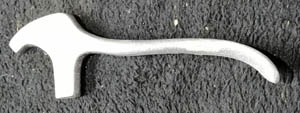
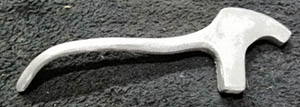
£55


|
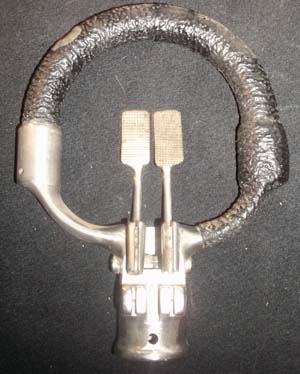
Click on
the pictures to enlarge them
Very nice condition early BSA Spade grip, it is missing some of
the covering from one side as per picture.
Stamped AID 8C2 with the BSA stamp |
Bi Plane Spade
Grip 2 (Cont pg3 No 5)
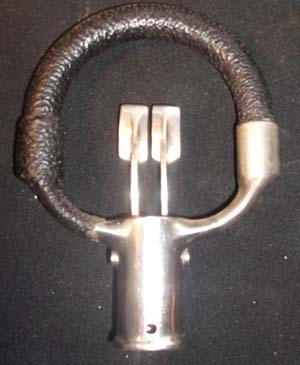
£1995


|
|
Click on
the pictures to enlarge them
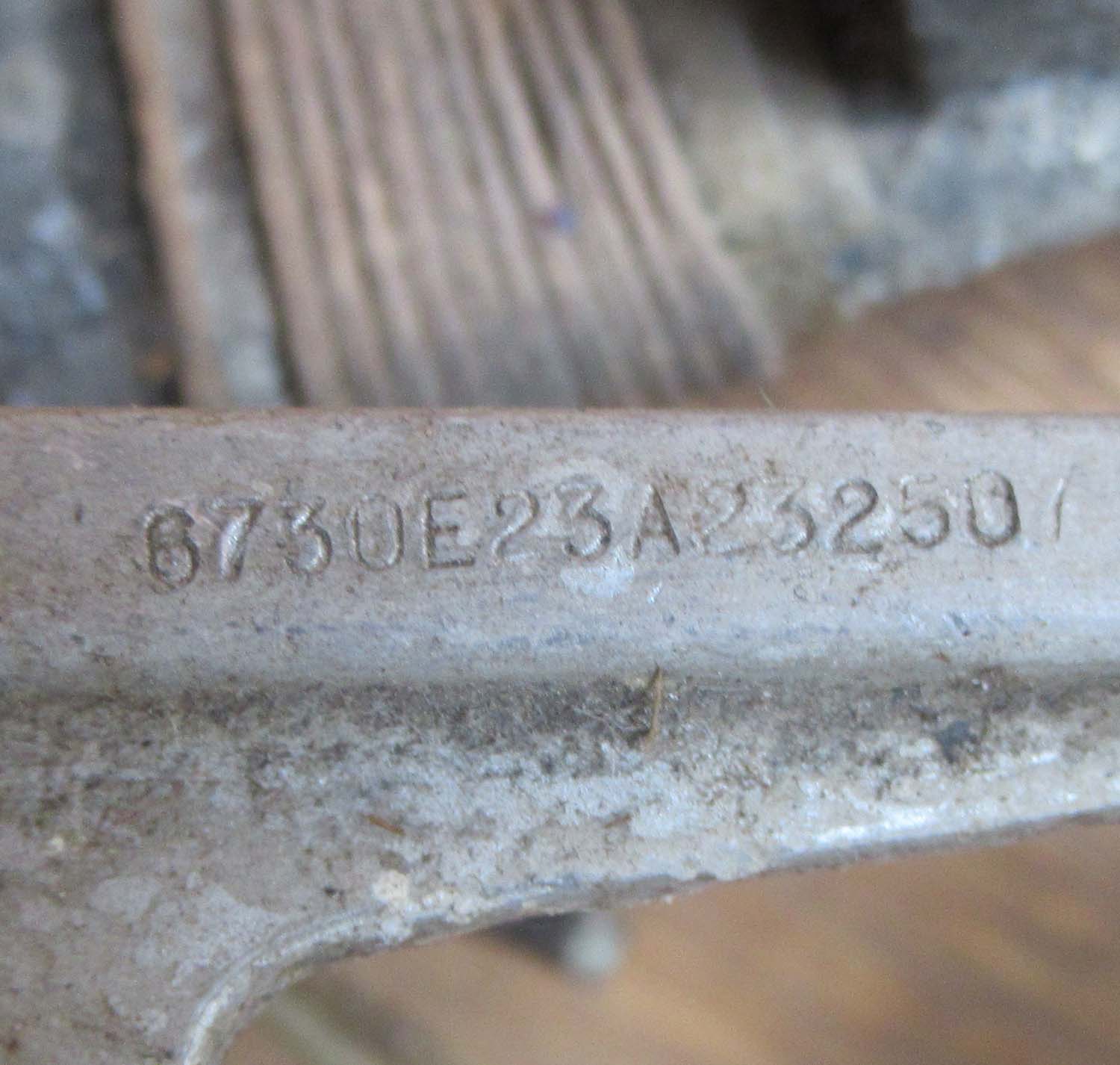
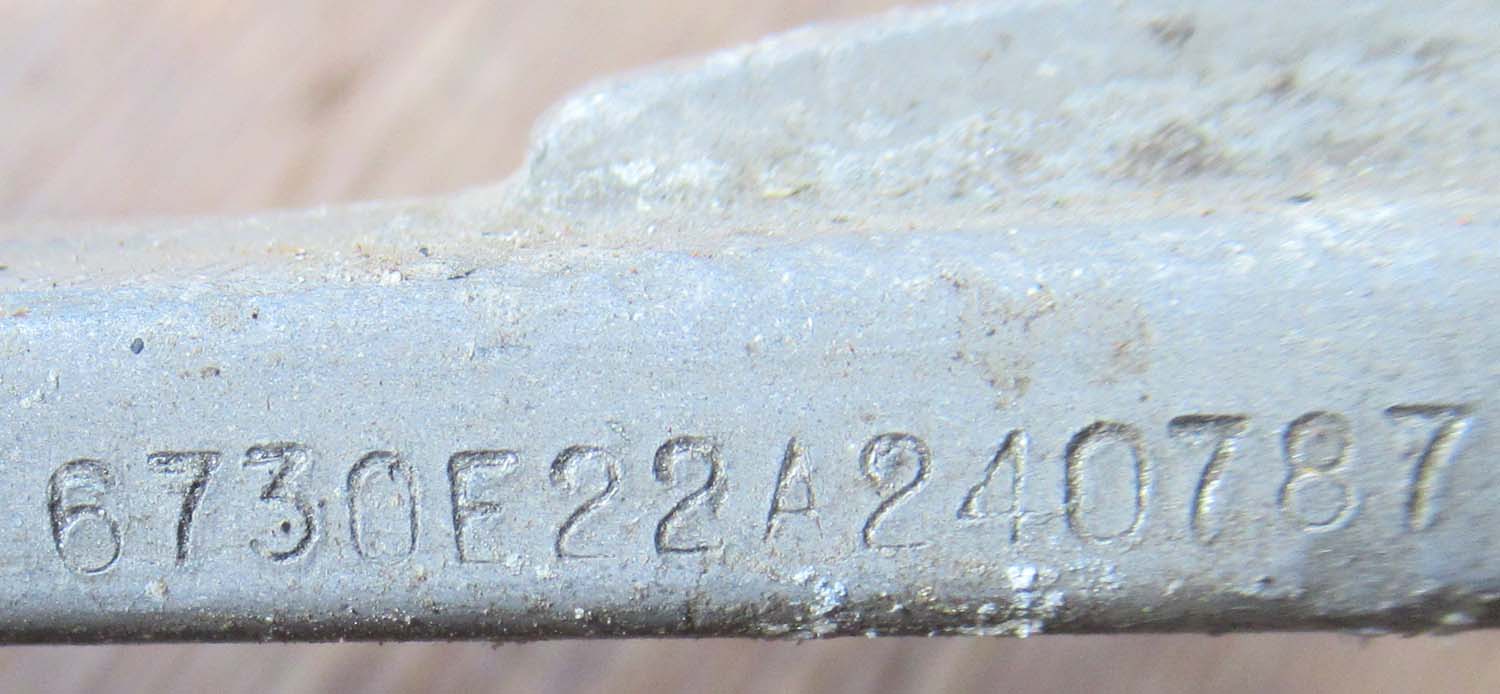
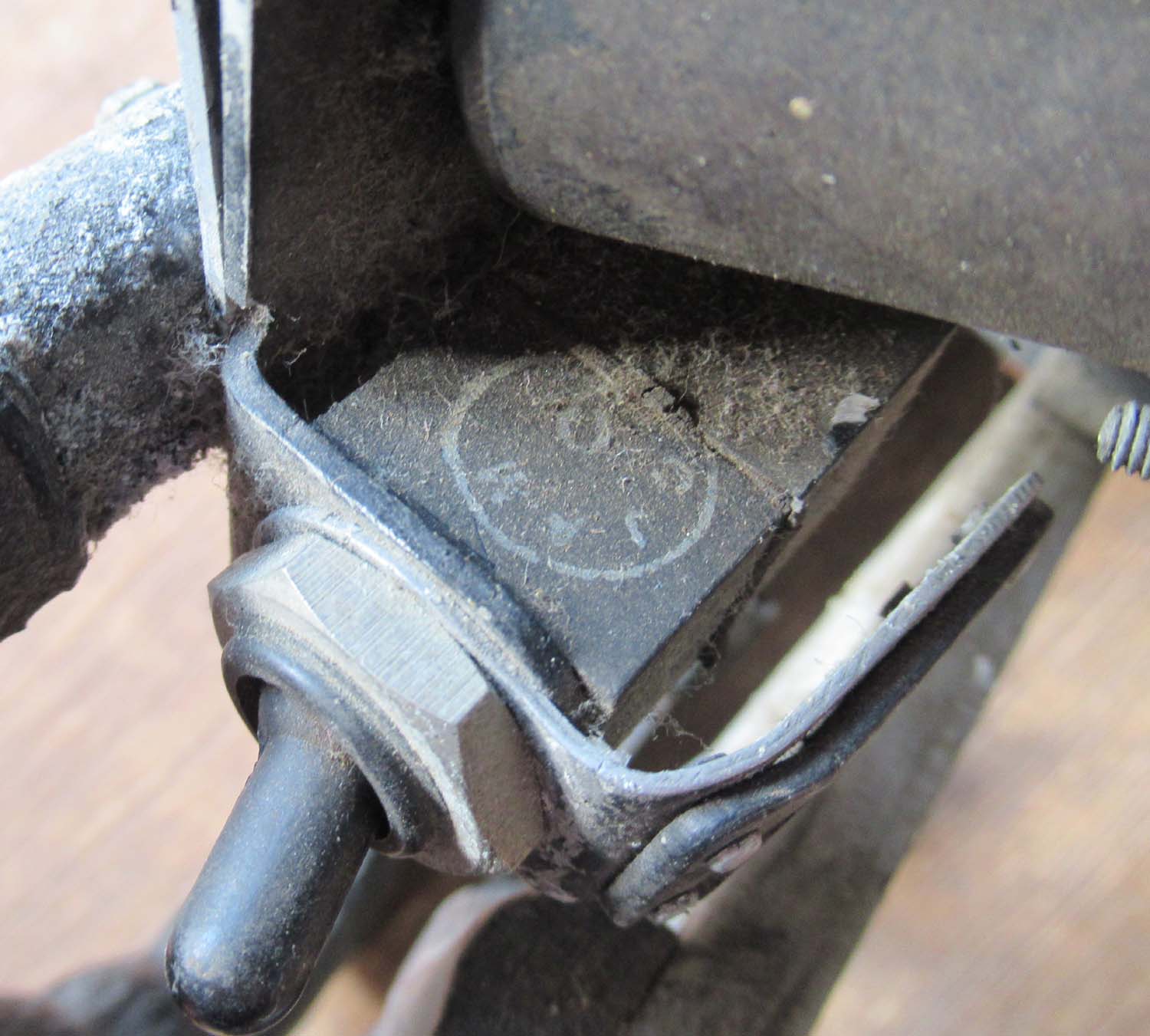
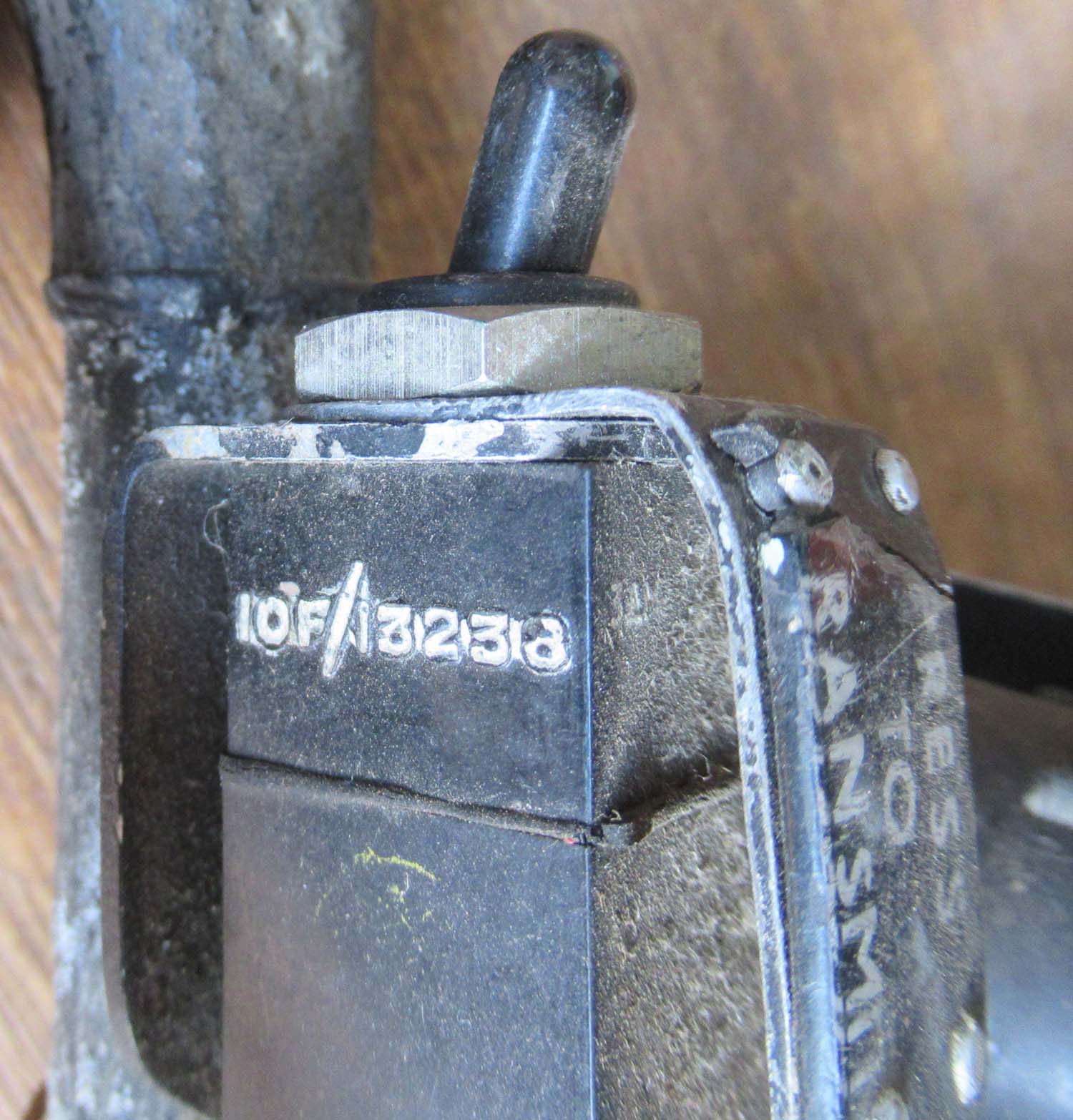
|
Handley Page
Hastings Control
Yoke (Cont pg3 No 4)
Here we have a
Control Yoke for a Handley Page Hastings.

All the Buttons Depress and The Brake
Levers Move Freely
The Handley Page H.P.67 Hastings was a British troop-carrier
and freight transport aircraft designed and built by Handley
Page Aircraft Company for the Royal Air Force. At the time,
it was the largest transport plane ever designed for the
RAF, and it replaced the Avro York as the standard
long-range transport.
The Hastings was
rushed into service because of the Berlin Airlift, with No.
47 Squadron replacing its Halifax A Mk 9s with Hastings in
September–October 1948, flying its first sortie to Berlin on
11 November 1948. The Hastings fleet was mainly used to
carry coal, with two further squadrons, 297 and 53 joining
the airlift before its end. A Hastings made the last sortie
of the airlift on 6 October 1949, the 32 Hastings deployed
delivering 55,000 tons (49,900 tonnes) of supplies for the
loss of two aircraft.
Click on
the pictures to enlarge them
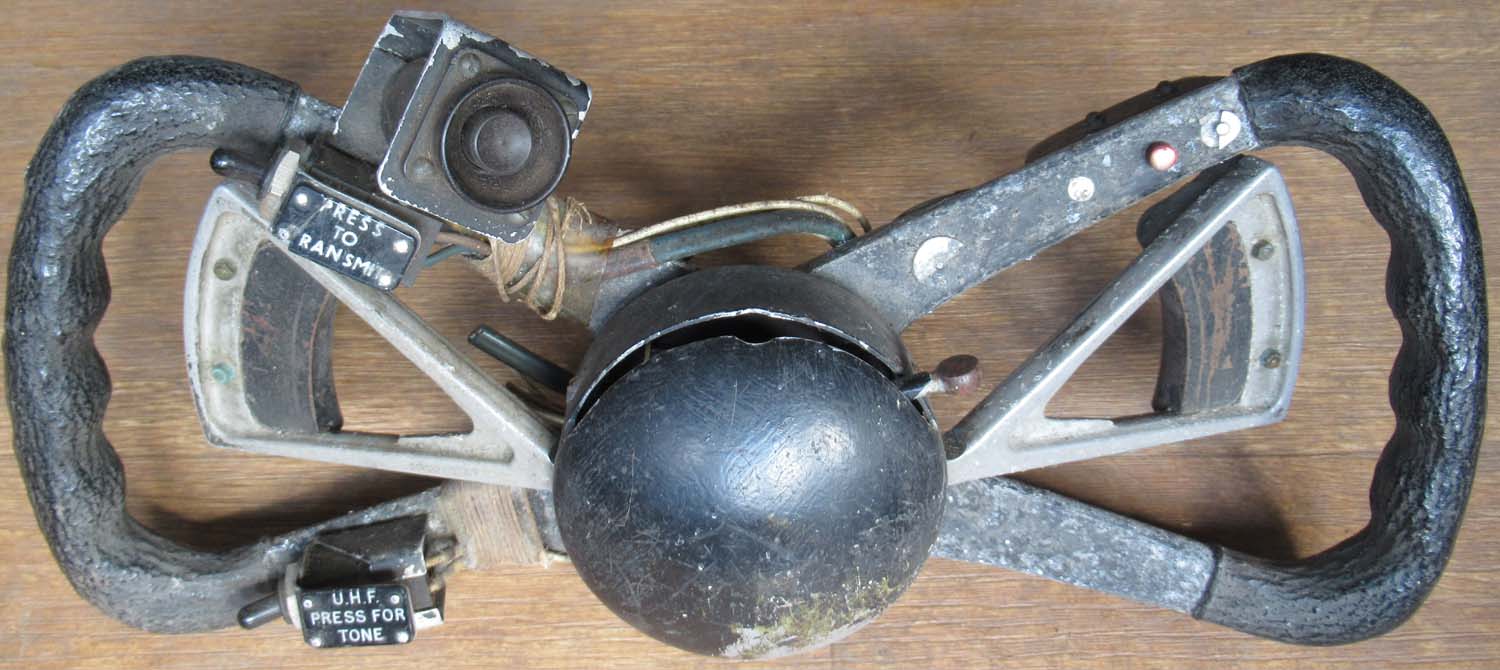
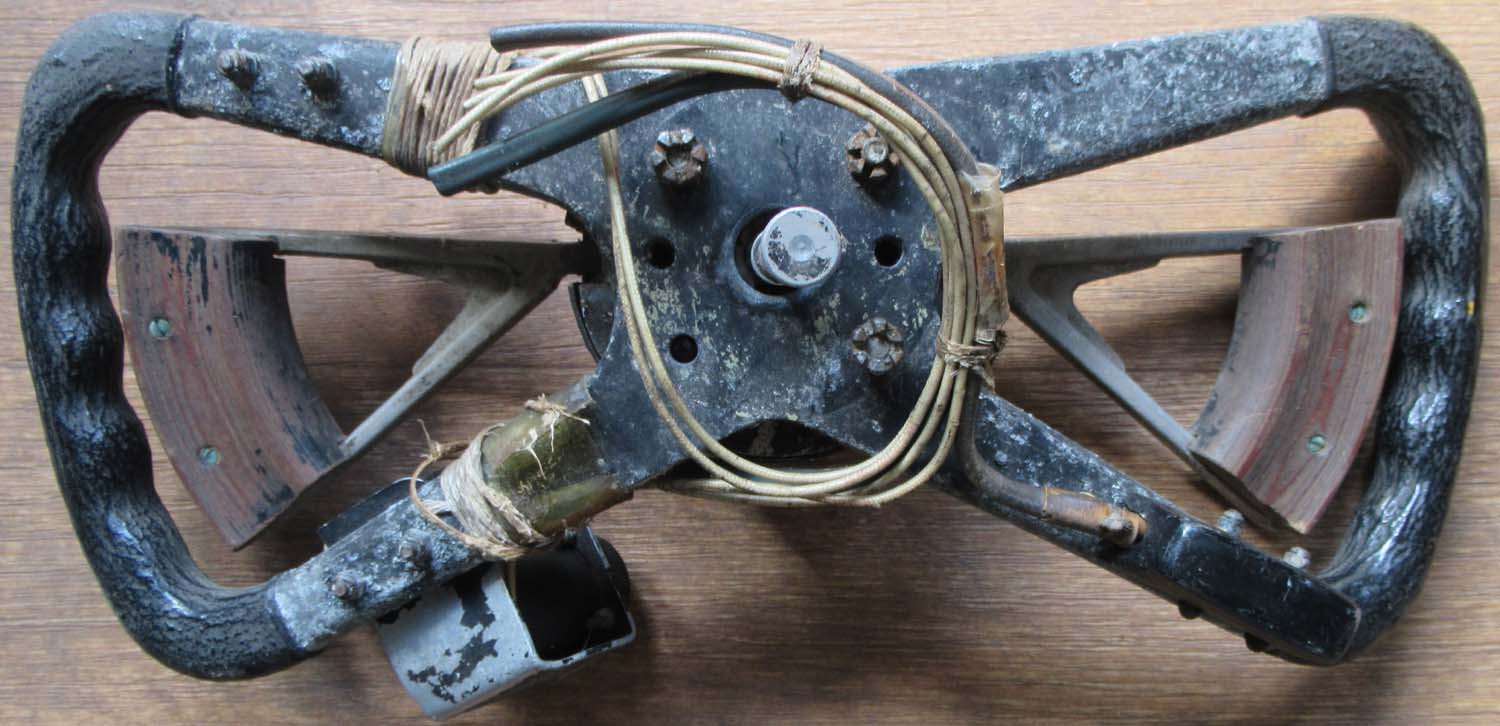
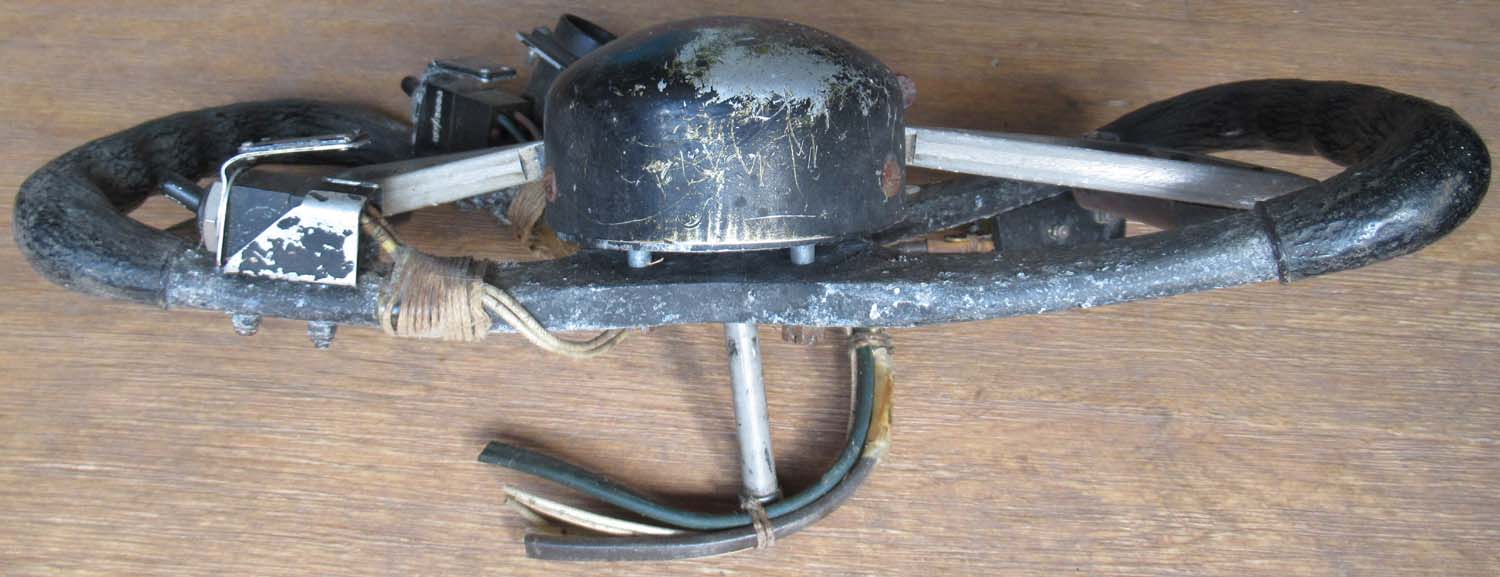
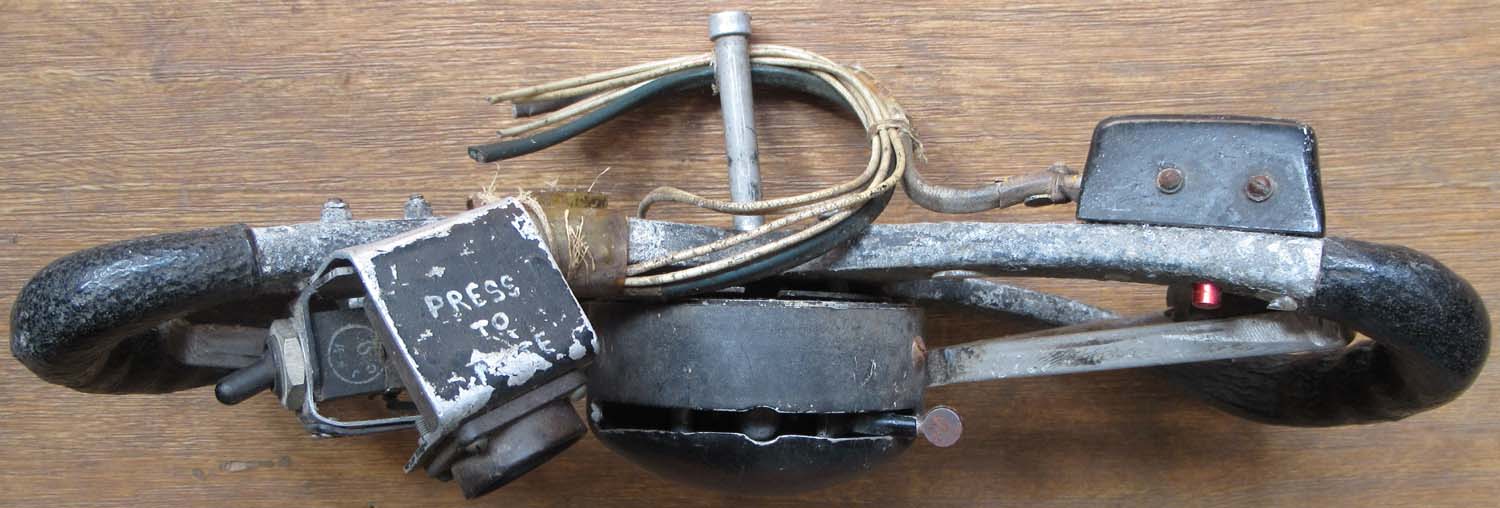
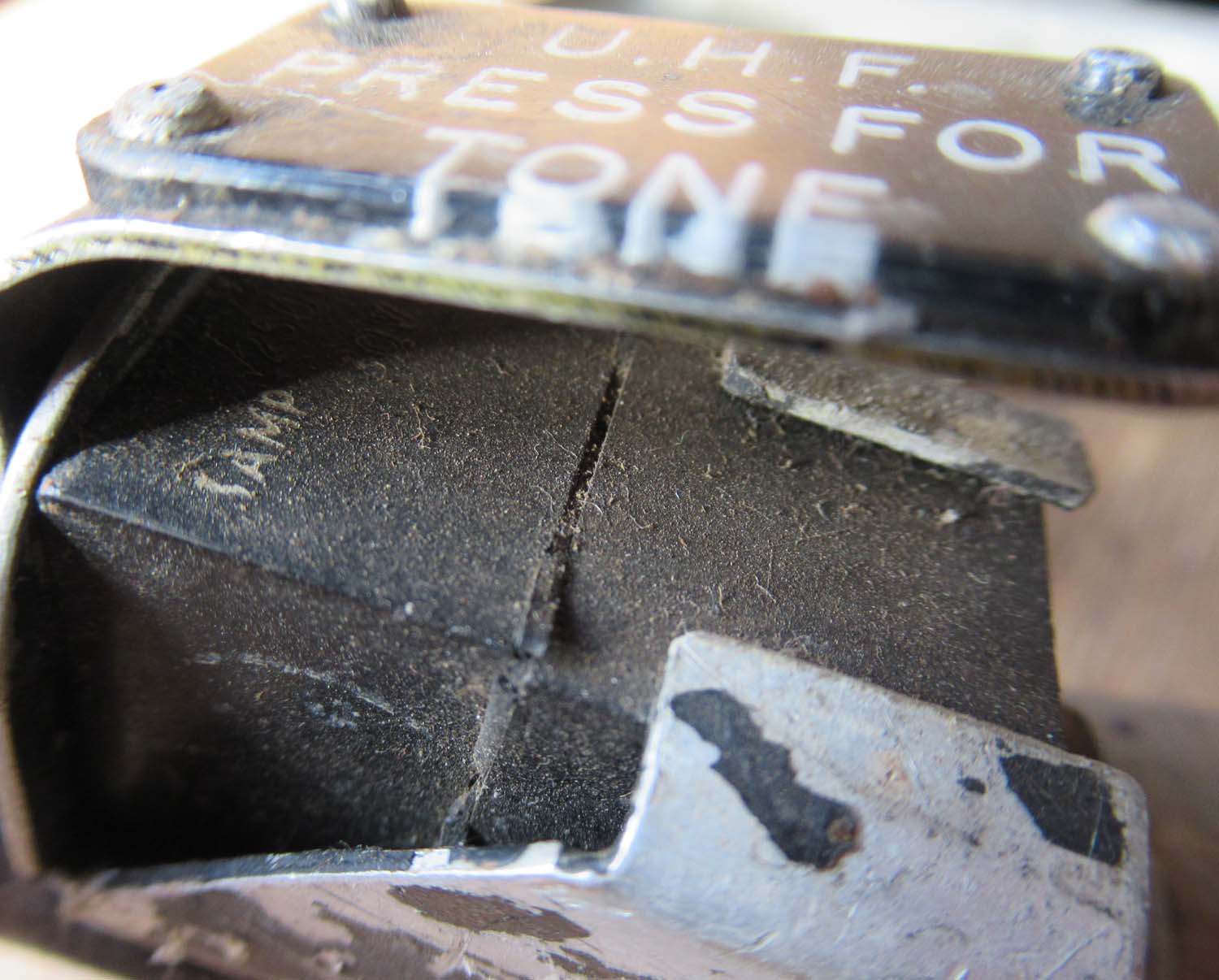
£1695


|
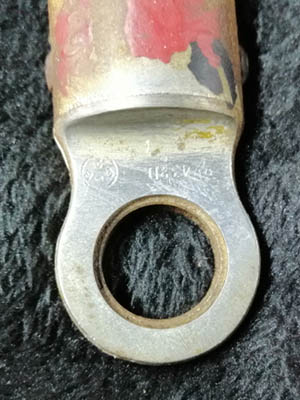
Click on
the pictures to enlarge them
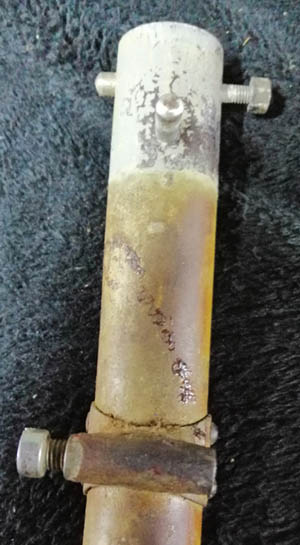
|
Fairey Swordfish Control Column grip (Cont pg3 No 3)
This is a stunning piece
an incredibly rare a
barn find from Scotland. This stick 100%
original and fitted to the Fairey Swordfish.
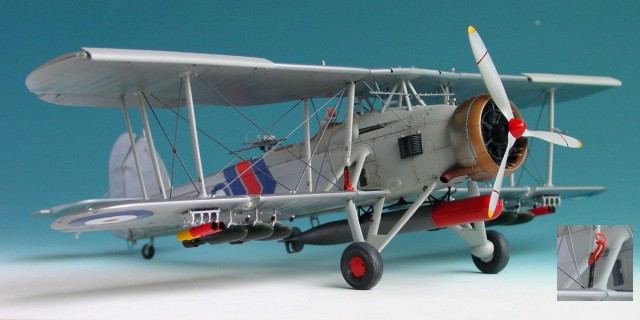
Shown
above the Fairey Swordfish.
The Swordfish despite
looking like something from the First World War was in fact
a devastating weapon. It had folding wings which allowed it
to be carried on carriers and had an illustrious carrier
being most famous for disabling the German Battle ship
Bismarck when a torpedo from this aircraft hit the rudder of
the ship.
This stick came fixed to
the grip shown above. It had clearly been attached
for some time and took several hours of careful work to
safely part them . I initially thought it was a stick from a
Blackburn Firebrand as the grip was only fitted to the
Typhoon, Tempest and Firebrand. The first two I know from
experience had knuckle joints on the stick so its not
possible the stick was from them. Its impossible to find a
picture of the firebrand stick online but I did find some
part numbers. A fellow enthusiast who is an expert on FAA
aircraft pointed out the stick was from a Swordfish. I
believe that the aircraft probably had a damaged grip and
that they fitted the AH8005 to keep the aircraft flying.
 

Click on the pictures to enlarge them
Out of stock
more required please
contact me
|

Click on
the pictures to enlarge them

Click on
the pictures to enlarge them

|
Typhoon/Tempest/Firebrand AH 8005 Spade grip (Cont pg3 No 2)
This is a stunning piece a
barn find from Scotland. This grip is 100%
original with grip, brake lever, parking brake attachment and
column. The only piece missing is the gun camera button but
I will include one with the sale.
The Gun button will
depress and the brake lever is moving. The safety ring on
the gun button is seized but would free up with a little
work. The covering has some damage but the grip is in good
shape.
AH 8005 grip was fitted to
the Typhoon, the first
250 Tempest V aircraft along with
Tempest TT MK V and
Tempest II. It was also fitted to the
Blackburn Firebrand most
probably only the first nine aircraft completed as fighters.
This grip came fixed to
the control column shown below. It had clearly been attached
for some time and took several hours of careful work to
safely part them . I initially thought it was a stick from a
Blackburn Firebrand as this grip was only fitted to the
Typhoon, Tempest and Firebrand. The first two I know from
experience had knuckle joints on the stick so its not
possible the stick was from them. Its impossible to find a
picture of the firebrand stick online but I did find some
part numbers. A fellow enthusiast who is an expert on FAA
aircraft pointed out the stick was from a Swordfish. I
believe that the aircraft probably had a damaged grip and
that they fitted the AH8005 to keep the aircraft flying. So
this makes this grip quite unique if my theory is correct
this grip flew in Swordfish.
Below
right
stamped on the grip AH 8005
Click on the pictures to enlarge them
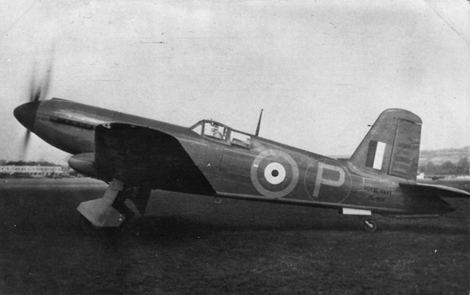 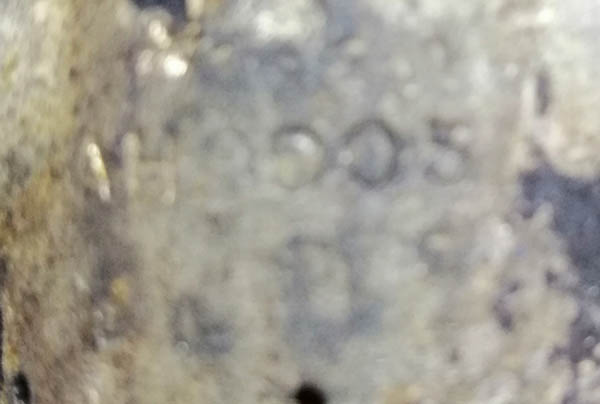
Left
above the Firebrand prototype in it's
original design as a fleet fighter. Far right above the
deadly Hawker Typhoon.
The Blackburn Firebrand shown left above demonstrates the difficulties
encountered by many aircraft manufacturers when developing
new aircraft during WWII. When work began on the Firebrand
in the spring of 1939 it was seen as a short-ranged two-man
fleet interceptor, but ever-changing requirements meant that
by the time it entered service in September 1945 it was a
single seat torpedo-armed strike aircraft.
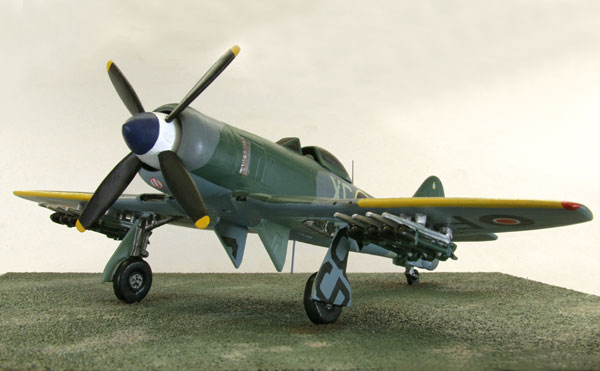 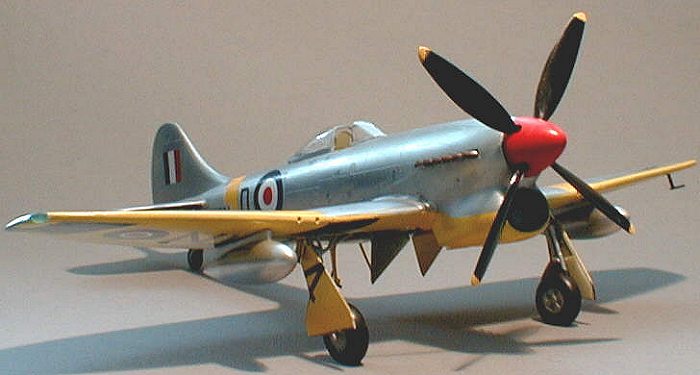 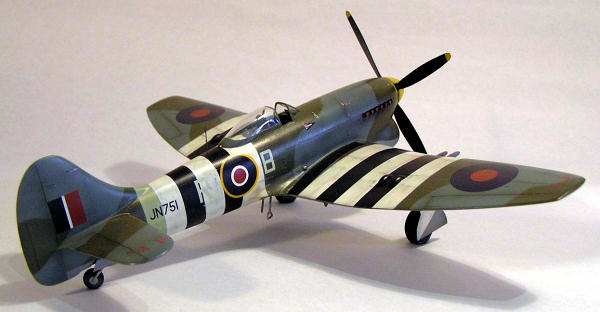
Above left
the Hawker Tempest MK II. Above middle the Hawker Tempest Mk
TT Mk V. Above right the Hawker Tempest V
Initially conceived as an upgraded, thin-wing
Typhoon, the Tempest reached the ultimate in piston fighter
performance. The Tempest Mk. II
was designed to accommodate the Bristol Centaurus radial
engine, thus loosing its beard-type radiator so typical for
the Napier Sabre-powered Typhoons and Tempests. The
prototype Tempest II made its maiden flight on June 28,
1943, but the production machines of this mark arrived just
too late to take part in the war. Instead, the elegant Mk.
II served with RAF squadrons in Germany and in the far East,
being also sold to Iranian and Indian air forces. The
aircraft evolved further into the last Hawker
propeller-driven classic - the Fury.
The
Hawker Tempest M V TT was a modified Tempest V
used for the rather mundane job of target towing.
The
Tempest V's were powered by a single
high-powered Napier Sabre
II 24-cylinder
engine which
offers the much slimmer nose seen above than the later MK.
Most famous for its
role as a ground attack aircraft and particularly combating
the threat of the VI flying bomb.
Reserved |
|
Click on the
pictures to enlarge
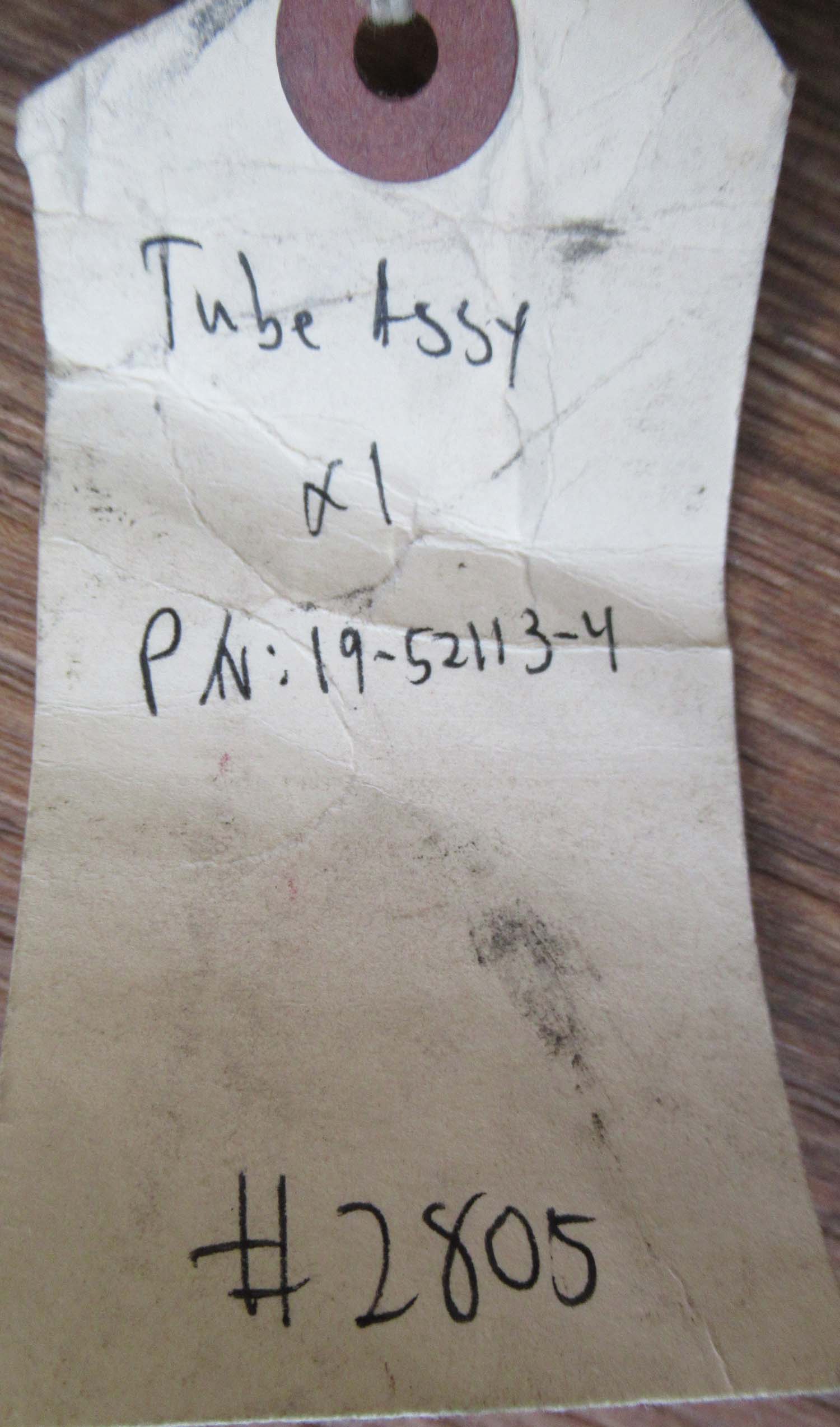 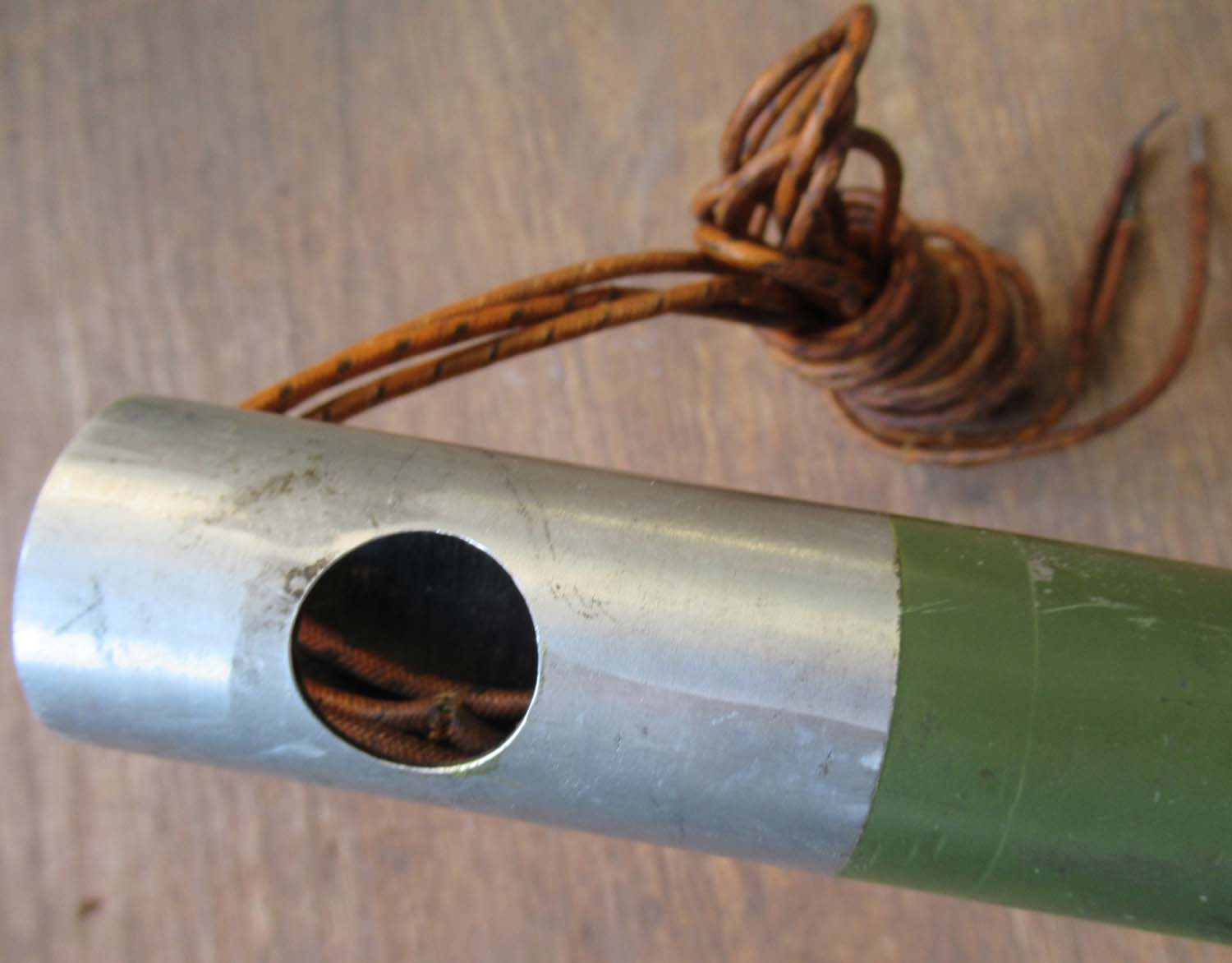
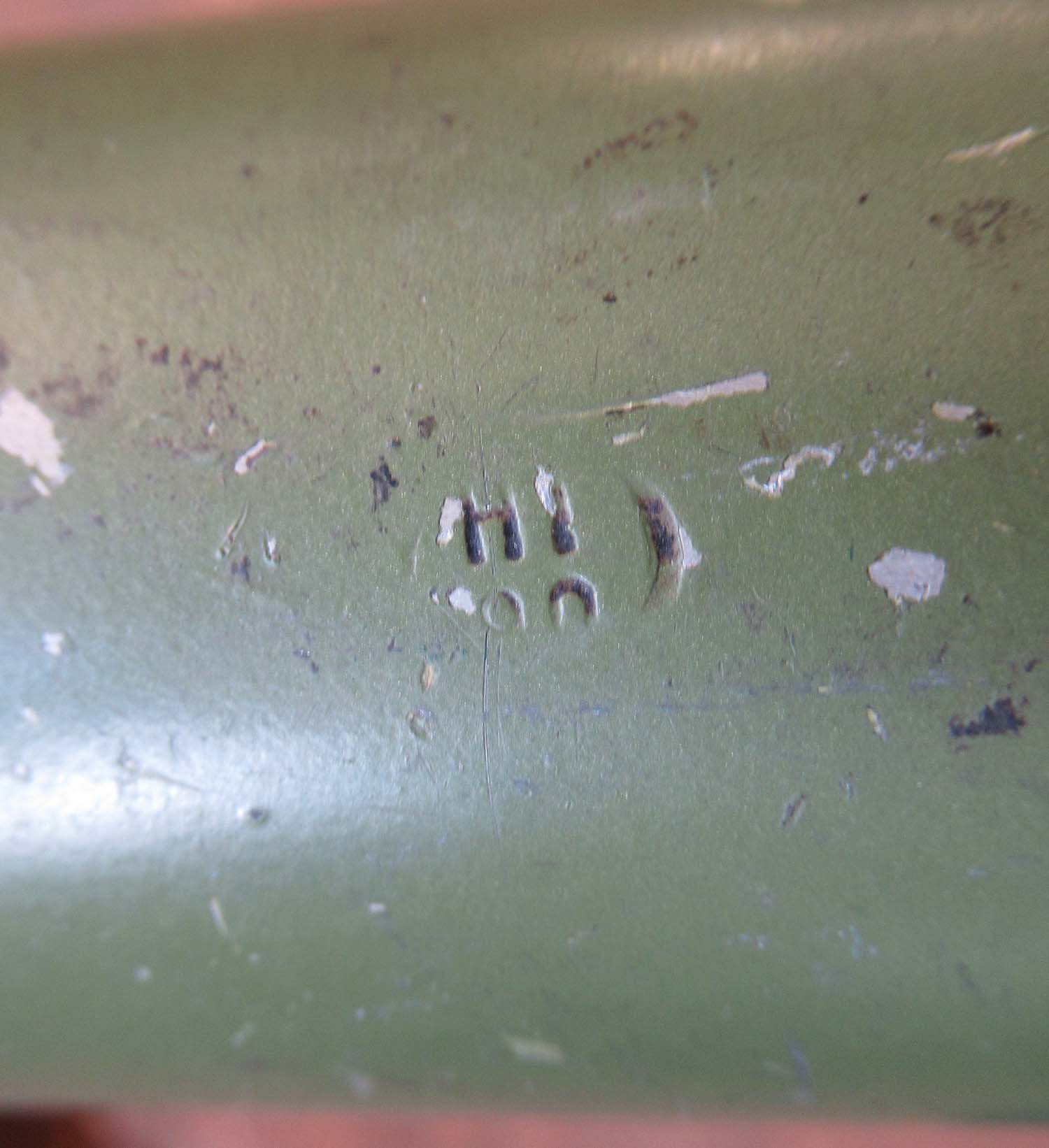
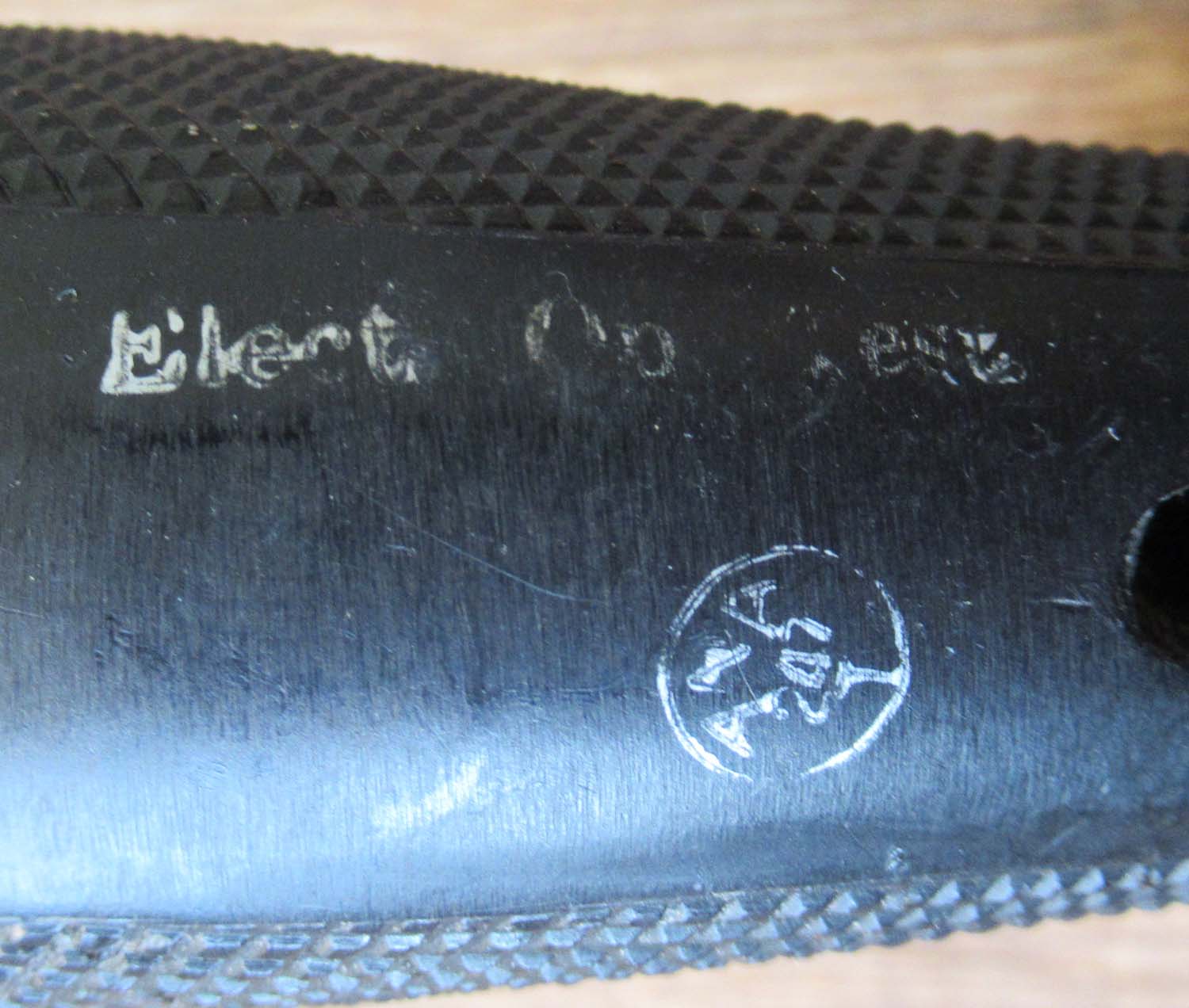 |
Texan T6 control column and grip (Cont
pg3
No 1)
Here we have an original Texan
T6 control column and stick all in good original
condition complete with wiring.
The North American T-6 Texan, Two-Place Advanced Trainer,
Was the Classroom for Most of the Allied Pilots Who Flew in
World War II. Called the SNJ by the Navy and the Harvard by
the British Royal Air Force, the AT-6 (Advanced Trainer) was
Designed as a Transition Trainer Between Basic Trainers and
First-Line Tactical Aircraft. It Was Re-designated T-6 in
1948.
In all, the T-6 Trained Several Hundred Thousand Pilots in
34 Different Countries Over a Period of 25 years. A Total of
15,495 of the Planes were Produced. Though Most Famous as a
Trainer, the T-6 Texan, also Won Honours in World War II and
in the Early Days of the Korean War.
Although Not as Fast as a Fighter, it was Easy to Maintain
and Repair, had More Manoeuvrability and was Easier to
Handle. A Pilot's Airplane, it Could Roll, Loop, Spin, Snap
and Vertical Roll. It was Designed to Give the Best Possible
Training in all Types of Tactics; From Ground Strafing to
Bombardment and Aerial Dog-Fighting.
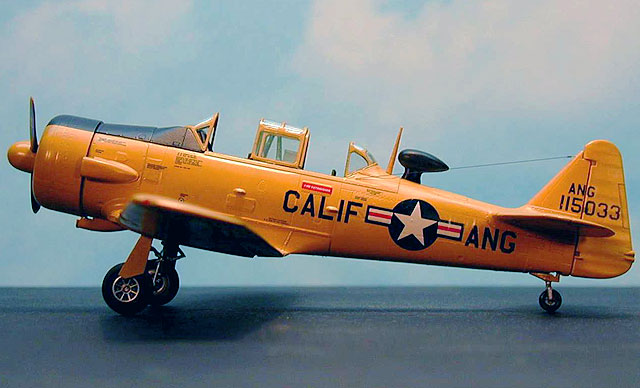
Click on the
pictures to enlarge
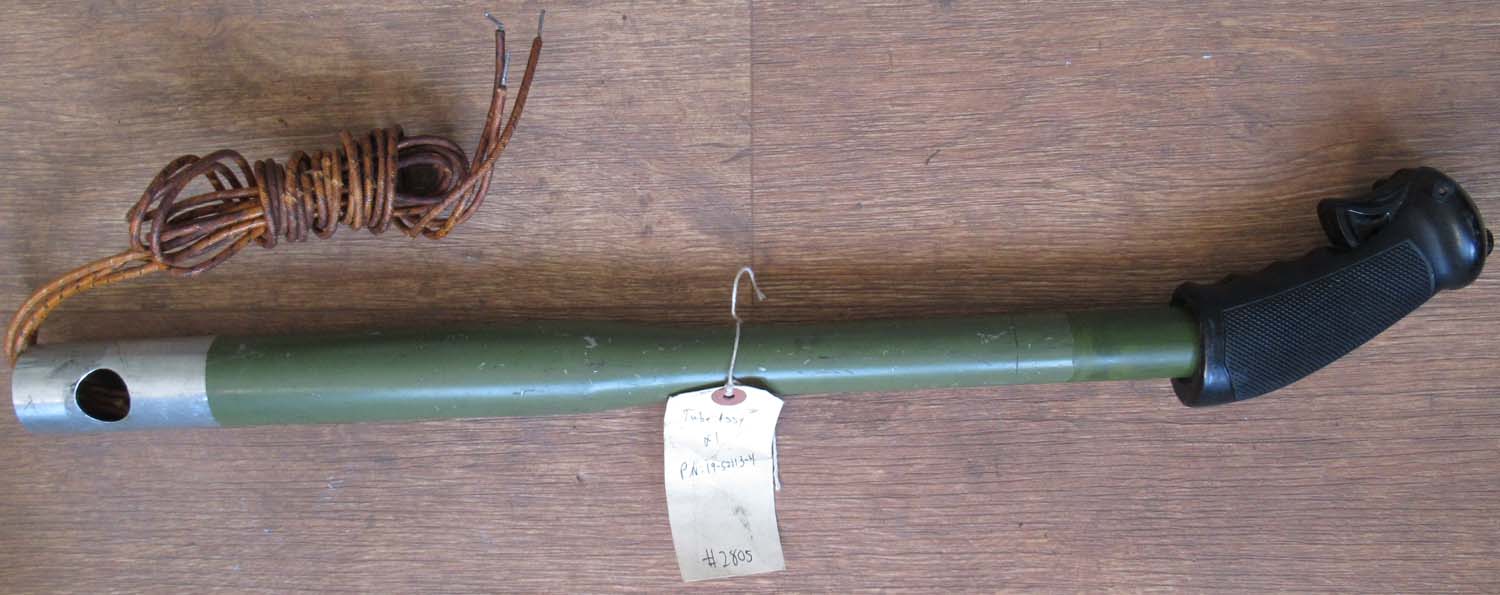
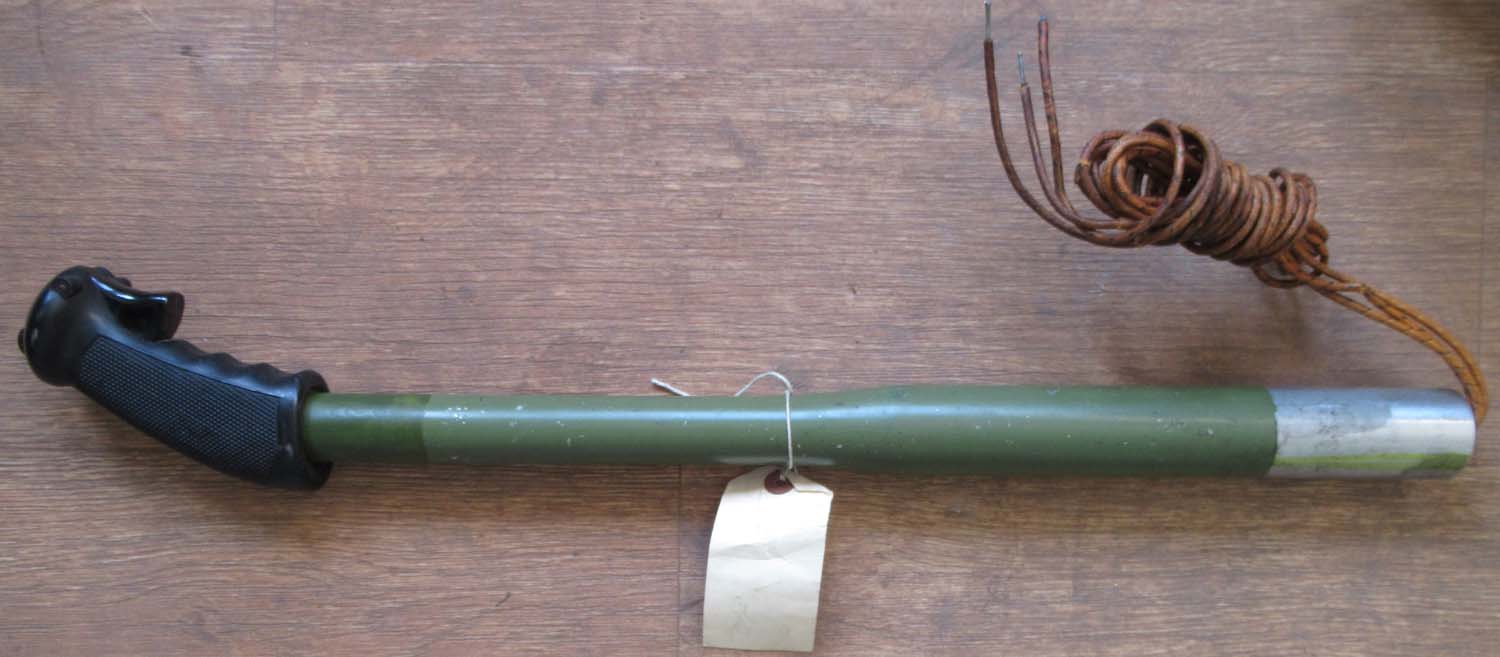
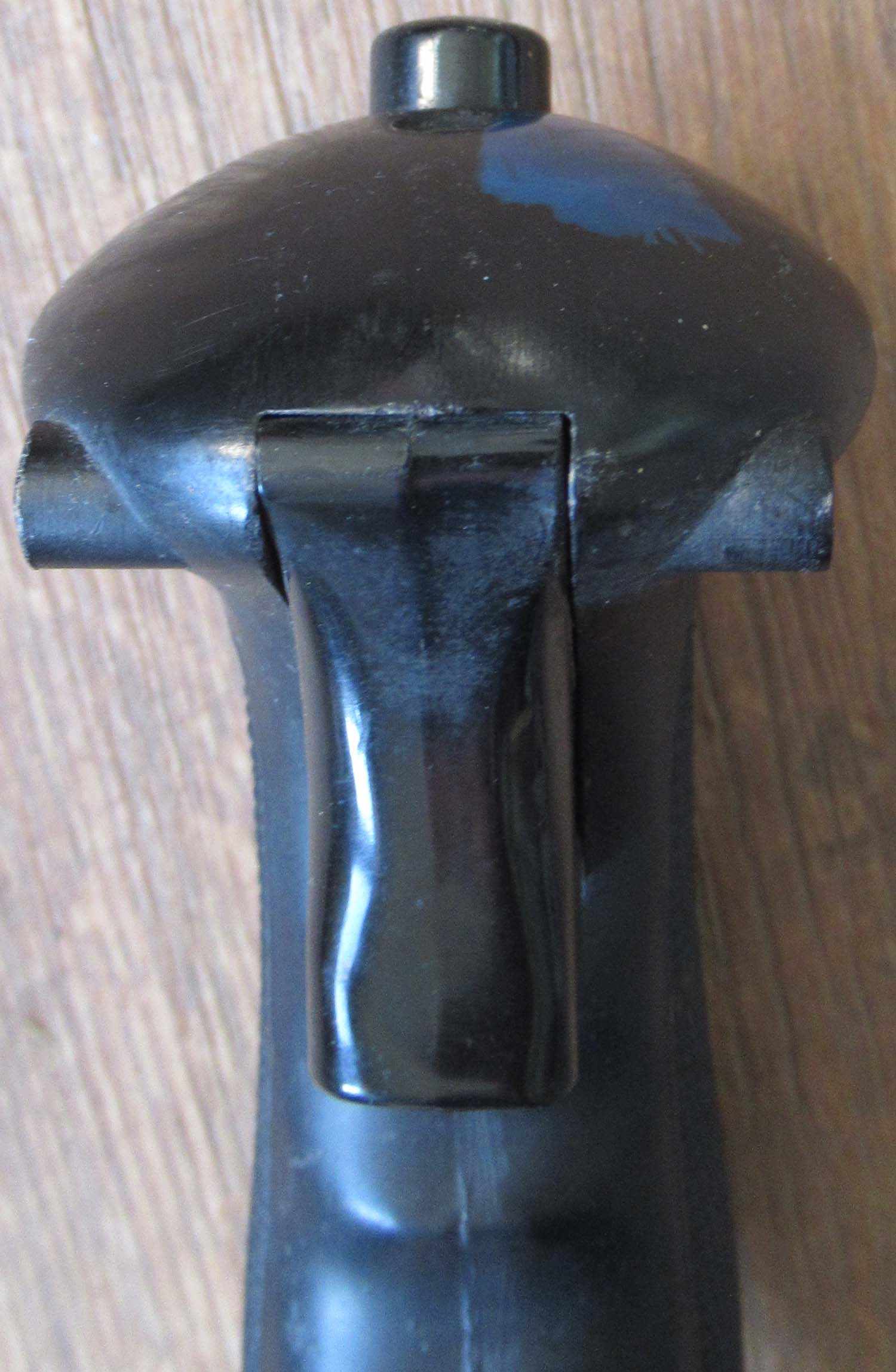
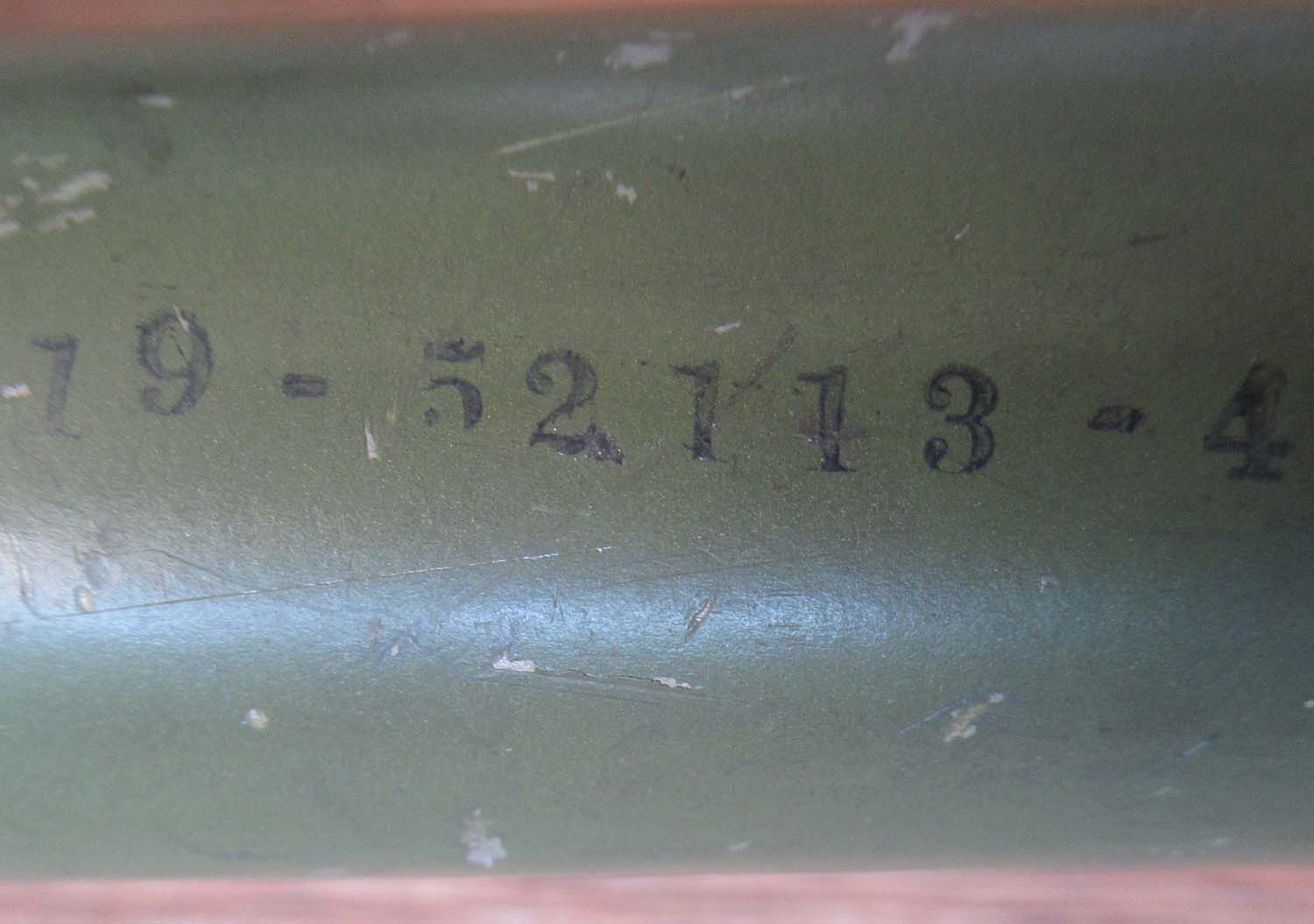
£1495


Overseas buyers please
contact me for a shipping
quote
|
|
Sea Fury TF 956
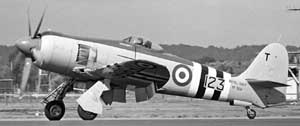
|
Sea Fury TF 956 rod (Cont Pg 3 No 16)
Here we have
a control rod from Sea Fury TF 956 see above for information on
this aircraft.

Click on the picture to
enlarge
Out of stock
|
|
Click on
the pictures to enlarge them
 |
Harvard Control
Column (Cont pg3 No 13)
Here is a Control Column from
a North American Harvard (SNJ-1)
It is in a Good original condition and
carries the Part Number 52 52103
Click on
the pictures to enlarge them
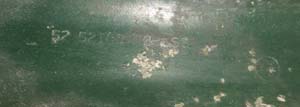
he North American
Harvard trainer was built in greater numbers than most
combat aircraft during the Second World War, 17096 being
produced. By the end of the War over 5000 had been supplied
to British and Commonwealth Air Forces.
As conflict became inevitable the
Royal Air Force expansion programme demanded a massive
increase in pilot training and to meet this need the Empire
Air Training Scheme was established.
The Royal Air Force soon turned to the
United States to acquire the trainer aircraft needed to
equip the Scheme. The Harvard was one of the first American
aircraft ordered by the RAF when a contract for two-hundred
was placed in June 1938. British purchasing contracts
reached 1100 before American Lend Lease arrangements began.
Some of the first aircraft were
delivered to the United Kingdom, but soon after the outbreak
of war the majority of flying training units were moved to
Canada, Southern Rhodesia and the United States. This made
room for operational aircraft in Great Britain and provided
safer conditions for training.

Click on
the pictures to enlarge them
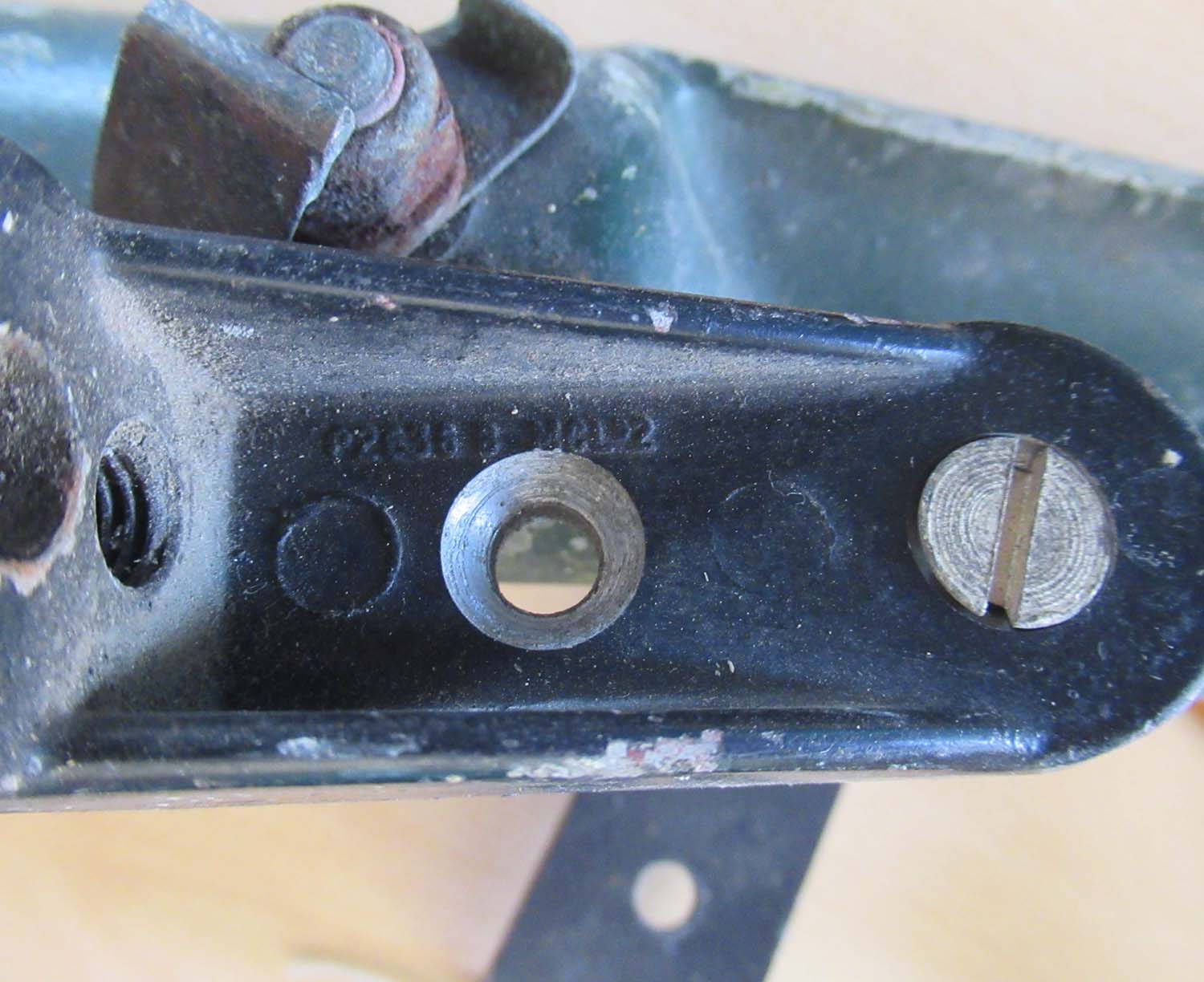
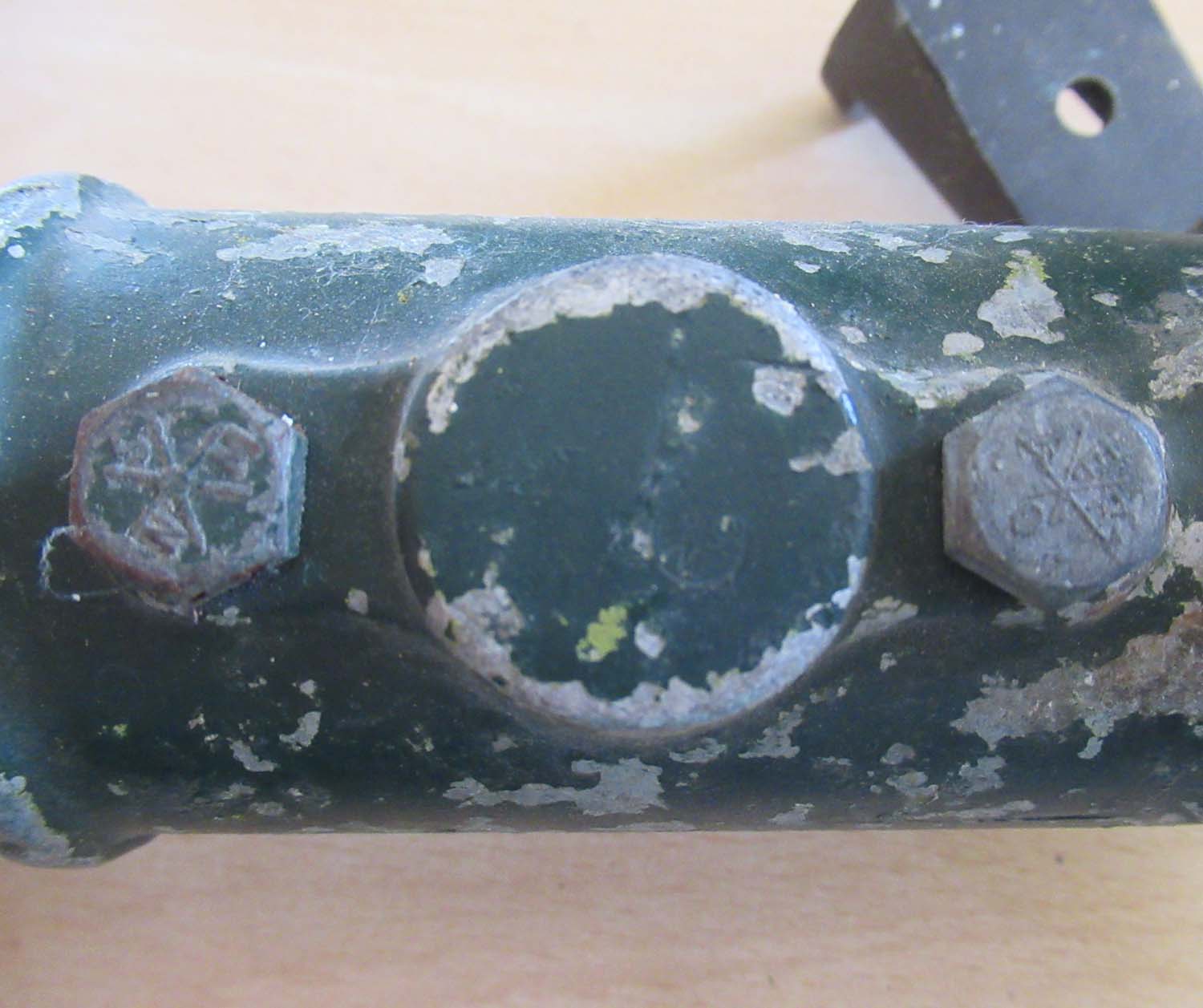
Out of
stock
|
|
Click on the
pictures to enlarge them.
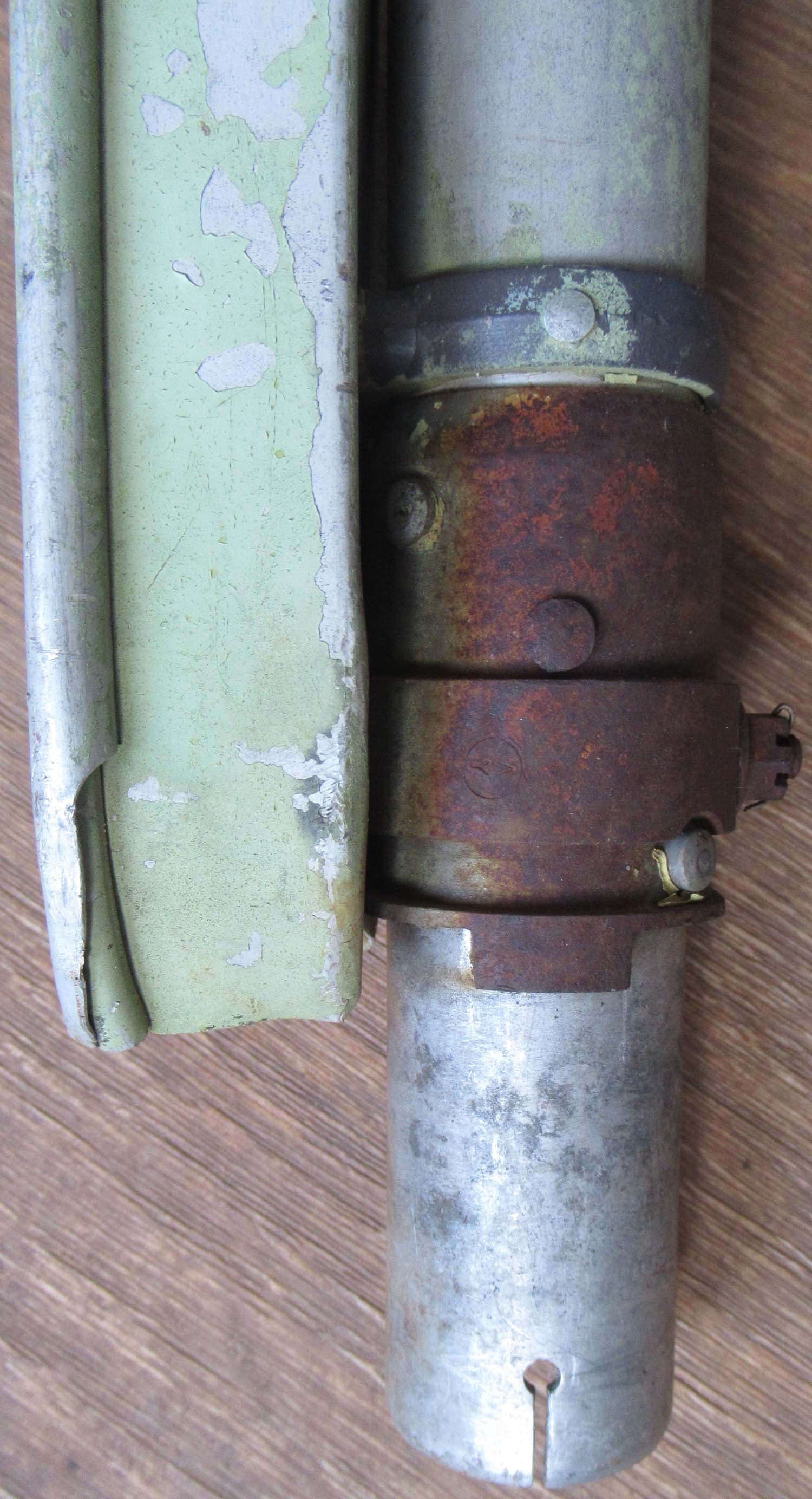
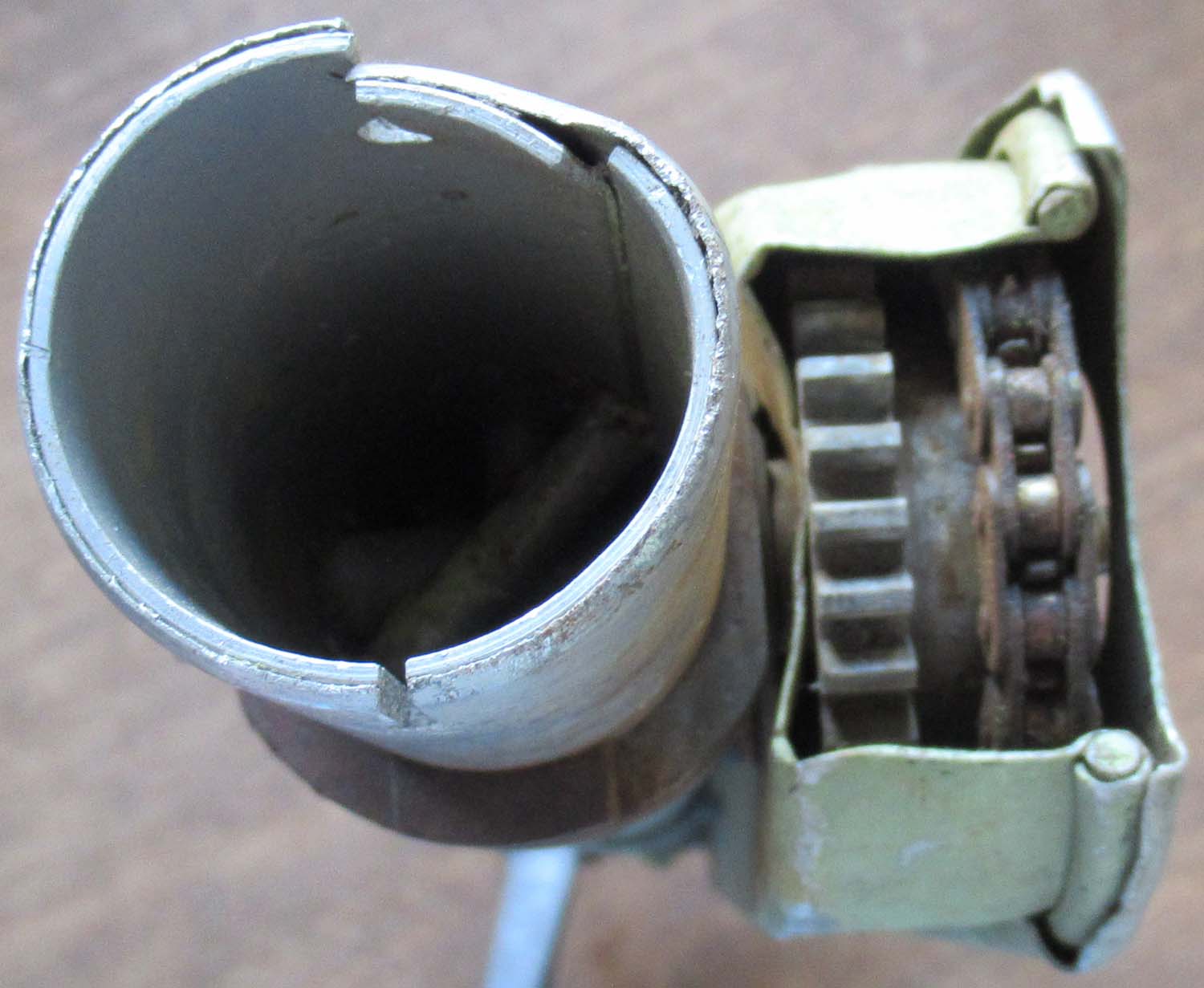
We have two
identical peaces available if you want both please
contact me for pictures of the second peace.
Sorry now out of
stock more always wanted please
contact me
|
Avro Anson Control column and Yoke (Cont pg3 No 25)
This is a such a superb
peace so rare to find something so complete and original from a
well loved iconic early aircraft aircraft with a logevity of
service unmatched by any other aircraft.
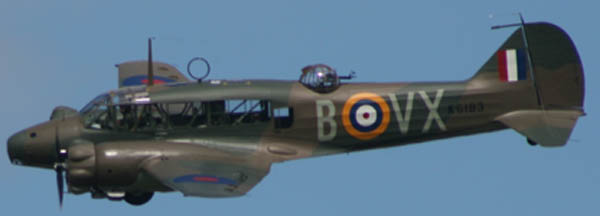
The Avro Anson
was slow, cold and noisy and is the most famous British aircrew
trainer of all time. Used in huge numbers, ‘Faithful Annie’ is
remembered with affection by most of Royal Air Force-trained
multi-engined aircrew of World War Two.
The Anson I began life in the mid-1930s as a coastal
reconnaissance aircraft. Although an advanced design at the
time, rapid improvements in aircraft performance meant that the
Anson was hopelessly outclassed when war broke out in September
1939.
A number of Coastal Command squadrons remained equipped with the
type in the early months of the war and it was only three days
after war broke out that an Anson made the first RAF attack on a
German U-boat. Although still operational during 1940, providing
patrols over the Channel and the Dunkirk evacuation, they were
replaced as soon as more modern types became available.
As its operational life drew to a close a new and much more
important role opened up for the Anson. As war approached it had
become clear to the RAF that it needed to rapidly expand its
aircrew training programme. Schools were established in the
United Kingdom and, under the Empire Air Training Scheme, in
Canada, South Africa and Australia. These schools needed a
multi-seat trainer and the Anson was seen as an ideal stop-gap
until the Airspeed Oxford became available in large numbers. In
the event the Anson remained in the training role throughout the
war.
Ansons
were also used extensively as light transport and communications
aircraft. Development continued during and after the war,
culminating in the civilian Avro XIX for service use as the
Anson C19. With a completely re-designed fuselage, and metal
wings and tail plane, this second generation Anson continued in
RAF service until 1968.
Click on the
picture's to enlarge them.
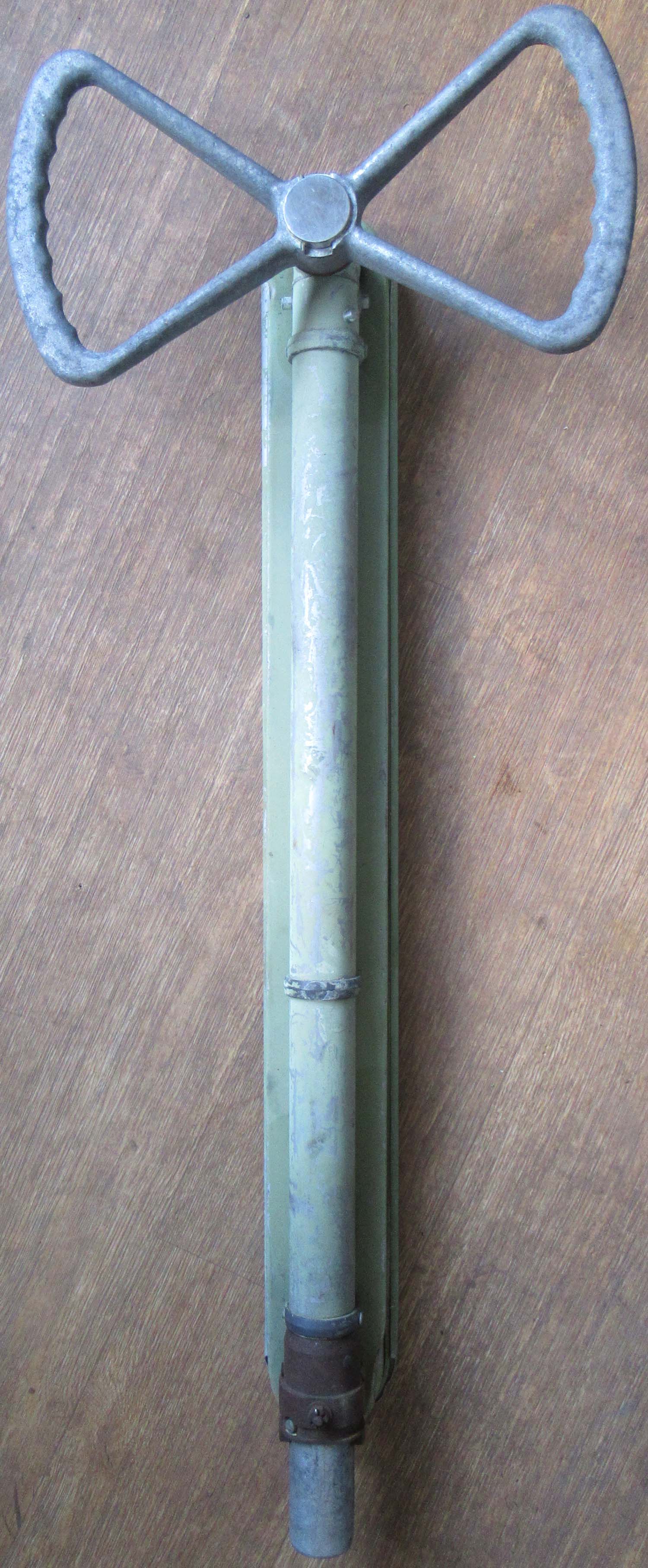
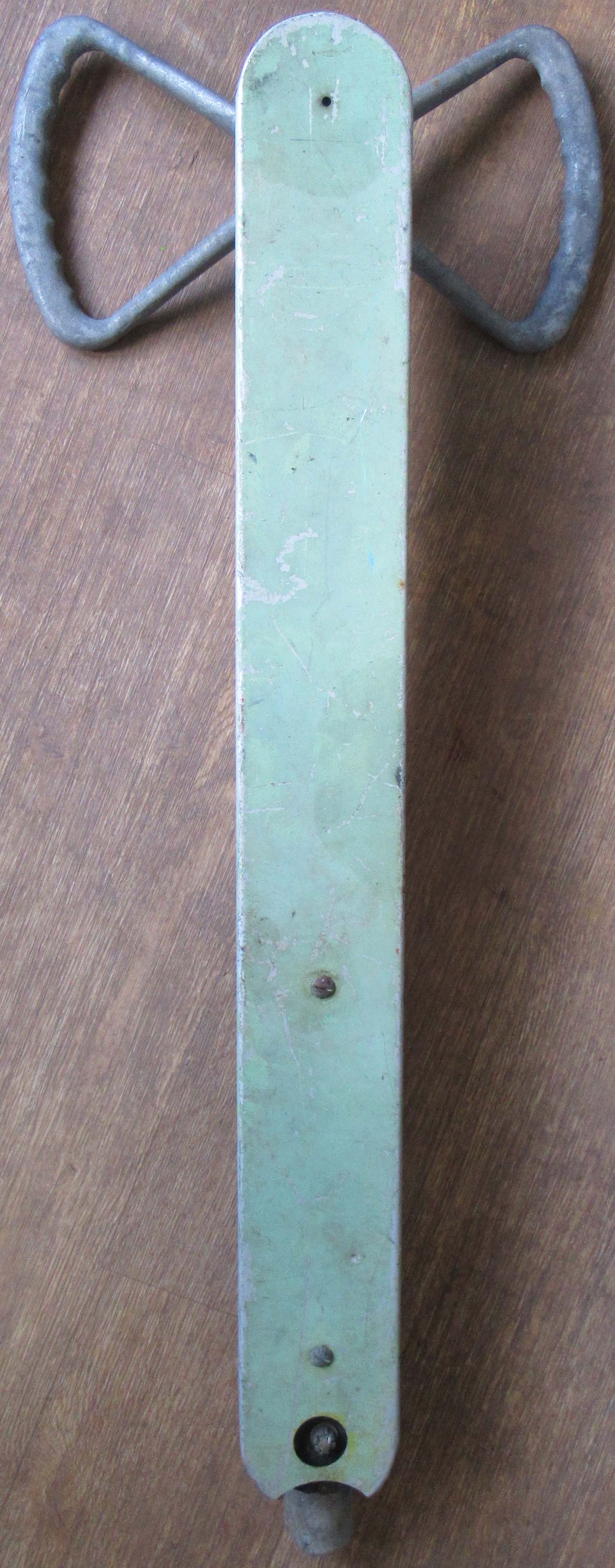
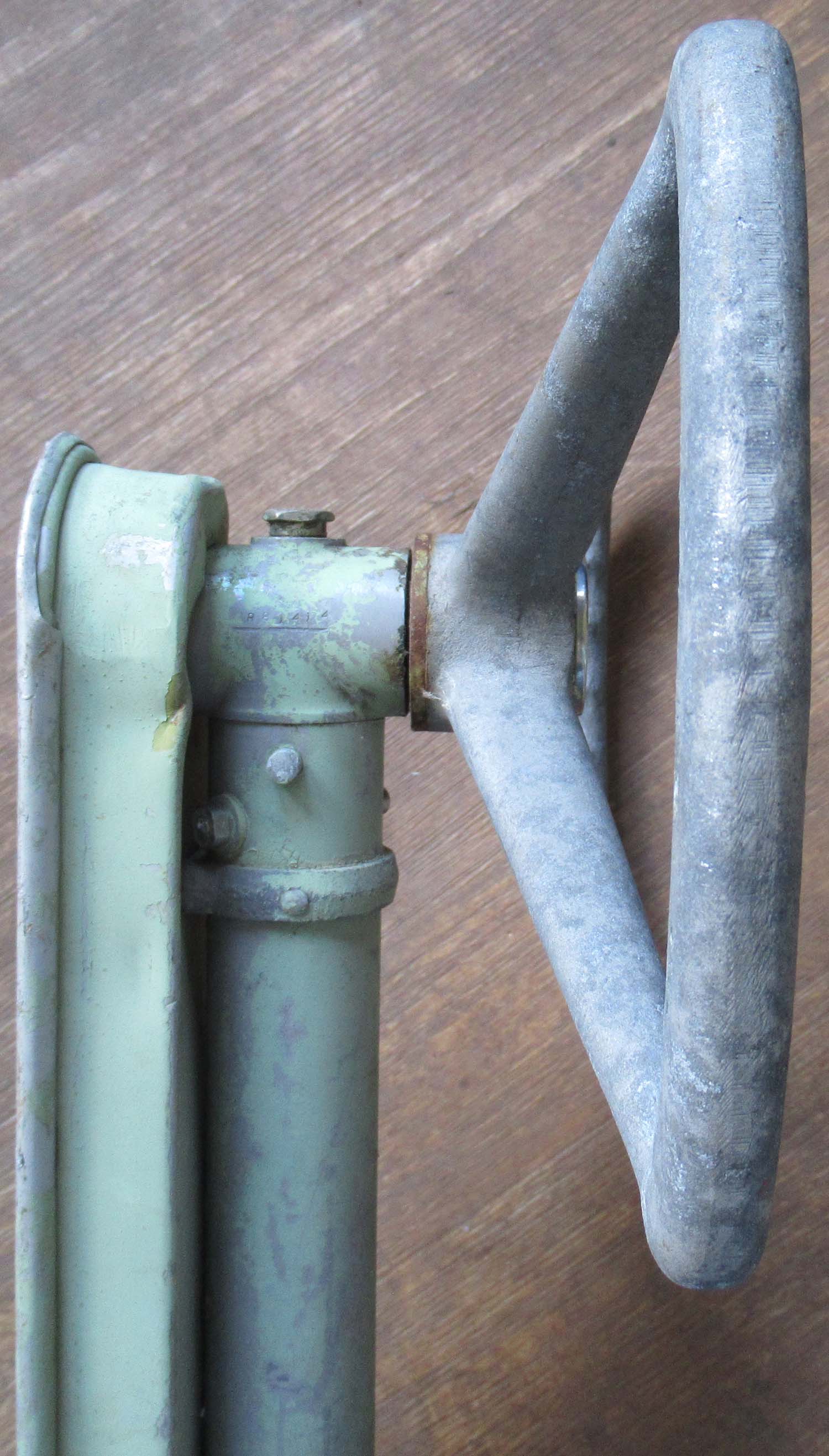
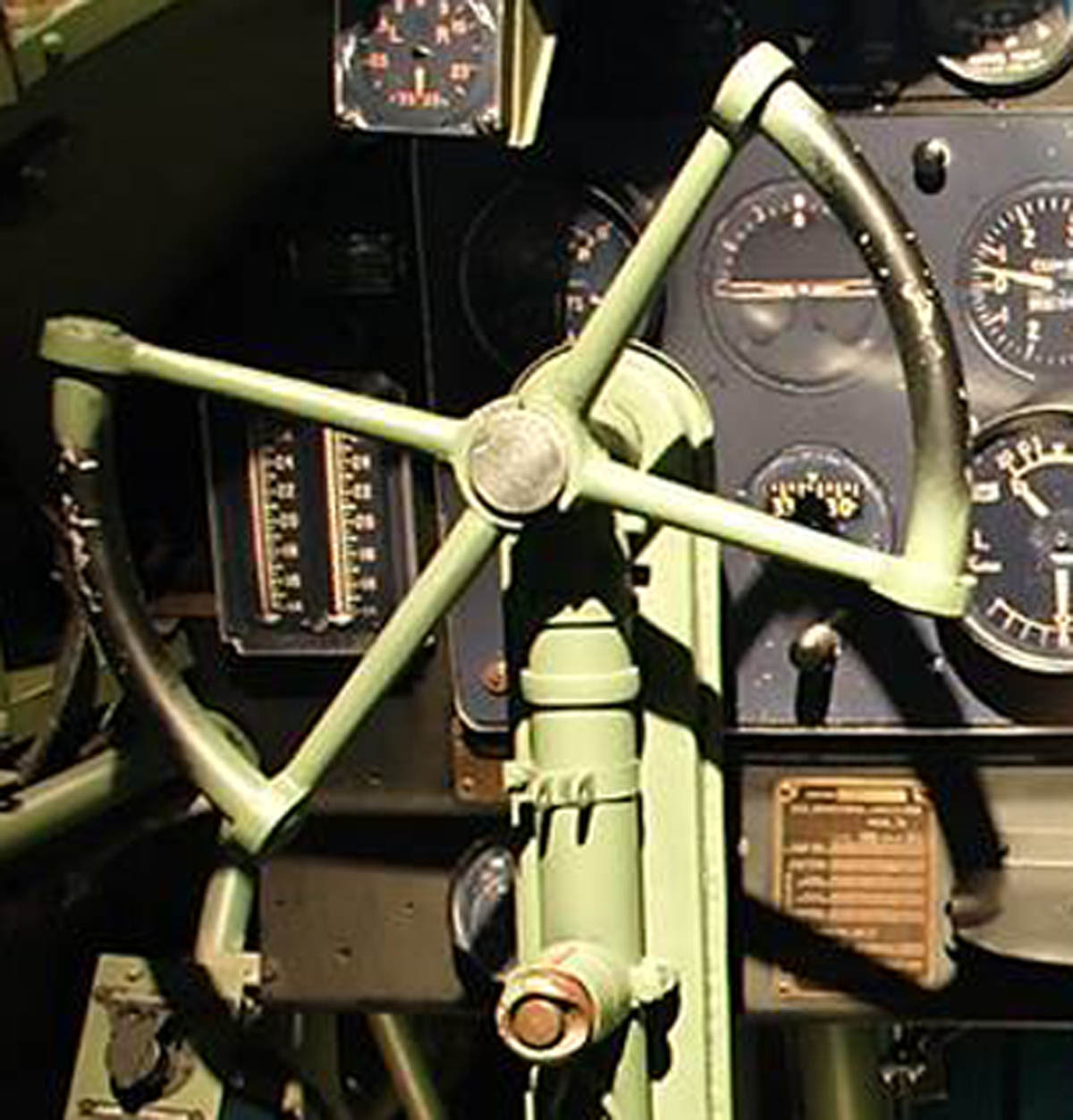
Shown above right
the column and grip in situ in an Avro Anson note the specially
designed brass Gun button which we also have available see
under.
|
|
|

 |
